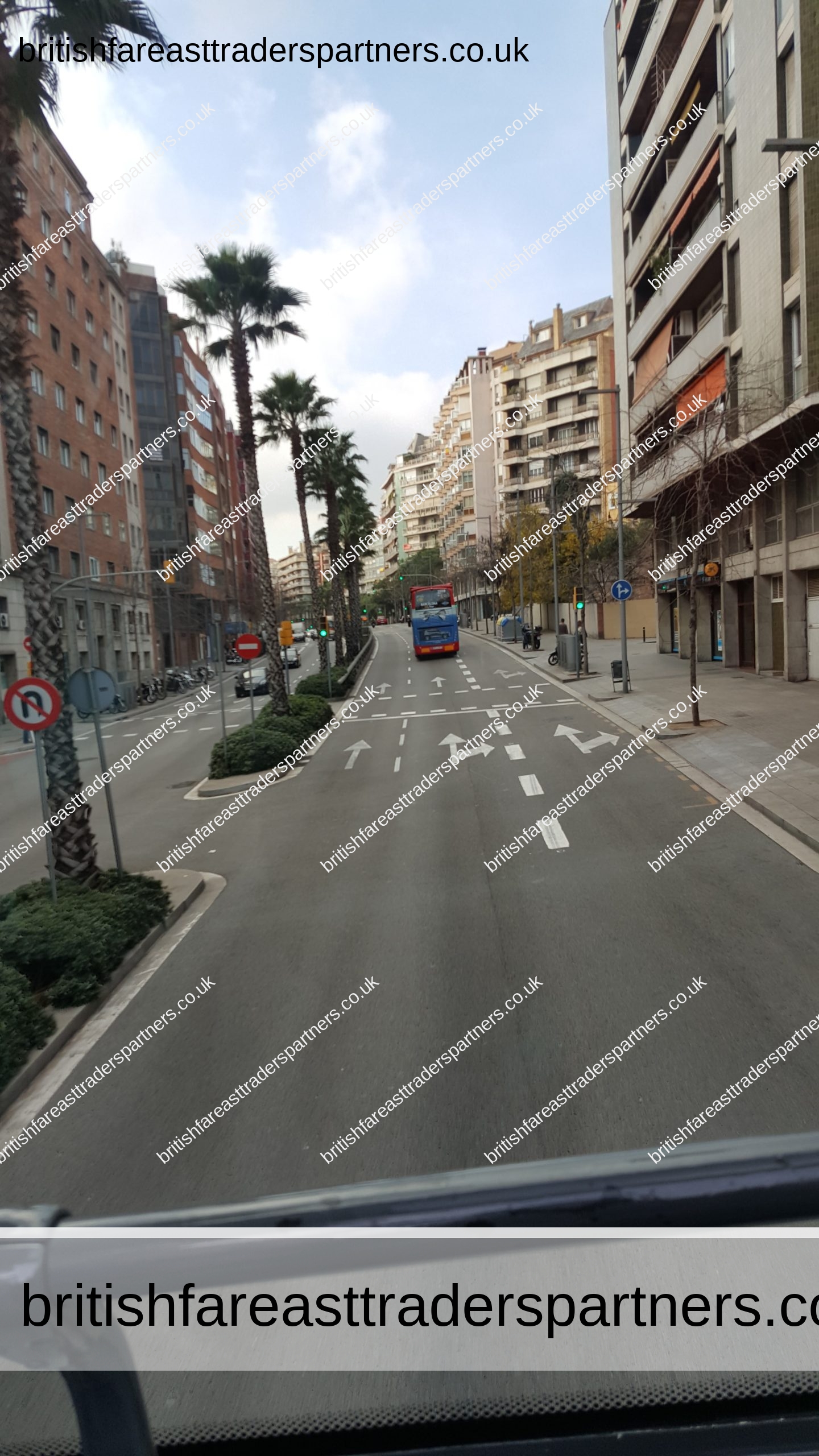Last Updated on: 12th February 2020, 06:07 pm
EXPLORE COSMOPOLITAN BARCELONA IN CATALONIA SPAIN: HOME TO THE FOOTBALL POWERHOUSE FC BARCELONA AND UNESCO WORLD HERITAGE SITES
BARCELONA
Barcelona is a city on the coast of northeastern Spain. It is the capital and largest city of the autonomous community of Catalonia, as well as the second most populous municipality of Spain. With a population of 1.6 million within city limits,[7] its urban area extends to numerous neighbouring municipalities within the Province of Barcelona and is home to around 4.8 million people,[3][8] making it the sixth most populous urban area in the European Union after Paris, the Ruhr area, Madrid, and Milan.[3] It is one of the largest metropolises on the Mediterranean Sea, located on the coast between the mouths of the rivers Llobregat and Besòs, and bounded to the west by the Serra de Collserola mountain range, the tallest peak of which is 512 metres (1,680 feet) high.
Founded as a Roman city, in the Middle Ages Barcelona became the capital of the County of Barcelona. After merging with the Kingdom of Aragon, Barcelona continued to be an important city in the Crown of Aragon as an economic and administrative centre of this Crown and the capital of the Principality of Catalonia. Barcelona has a rich cultural heritage and is today an important cultural centre and a major tourist destination. Particularly renowned are the architectural works of Antoni Gaudí and Lluís Domènech i Montaner, which have been designated UNESCO World Heritage Sites. The headquarters of the Union for the Mediterranean are located in Barcelona. The city is known for hosting the 1992 Summer Olympics as well as world-class conferences and expositions and also many international sport tournaments.
Barcelona is one of the world’s leading tourist, economic, trade fair and cultural centres, and its influence in commerce, education, entertainment, sports, media, fashion, science, and the arts all contribute to its status as one of the major global cities.[9][10] It is a major cultural and economic centre in southwestern Europe, 24th in the world (before Zürich, after Frankfurt)[11] and a financial centre. In 2008 it was the fourth most economically powerful city by GDP in the European Union and 35th in the world with GDP amounting to €177 billion.[12] In 2012 Barcelona had a GDP of $170 billion; and it was leading Spain in employment rate in that moment.[13]
In 2009 the city was ranked Europe’s third and one of the world’s most successful as a city brand.[14] In the same year the city was ranked Europe’s fourth best city for business and fastest improving European city, with growth improved by 17% per year,[15] and the city has been experiencing strong and renewed growth for the past three years. Barcelona is also the home of one of the world’s most famous clubs, FC Barcelona. Since 2011 Barcelona has been a leading smart city in Europe.[16] Barcelona is a transport hub, with the Port of Barcelona being one of Europe’s principal seaports and busiest European passenger port,[17] an international airport, Barcelona–El Prat Airport, which handles over 50 million passengers per year,[18] an extensive motorway network, and a high-speed rail line with a link to France and the rest of Europe.[19]
Text is available under the Creative Commons Attribution-ShareAlike License; additional terms may apply.
Source: https://en.wikipedia.org/wiki/Barcelona
GALLERY
VIEW FROM THE COACH
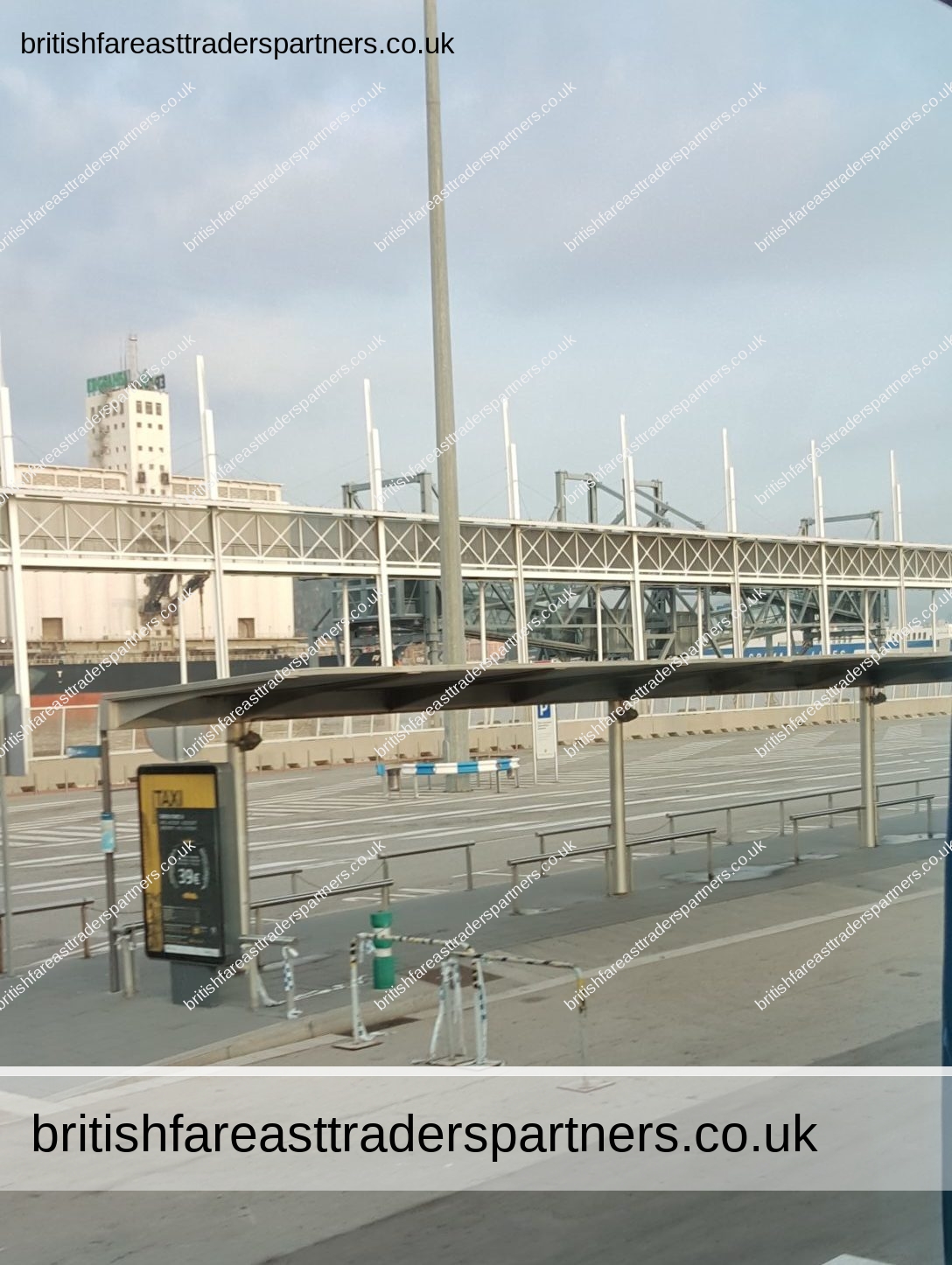
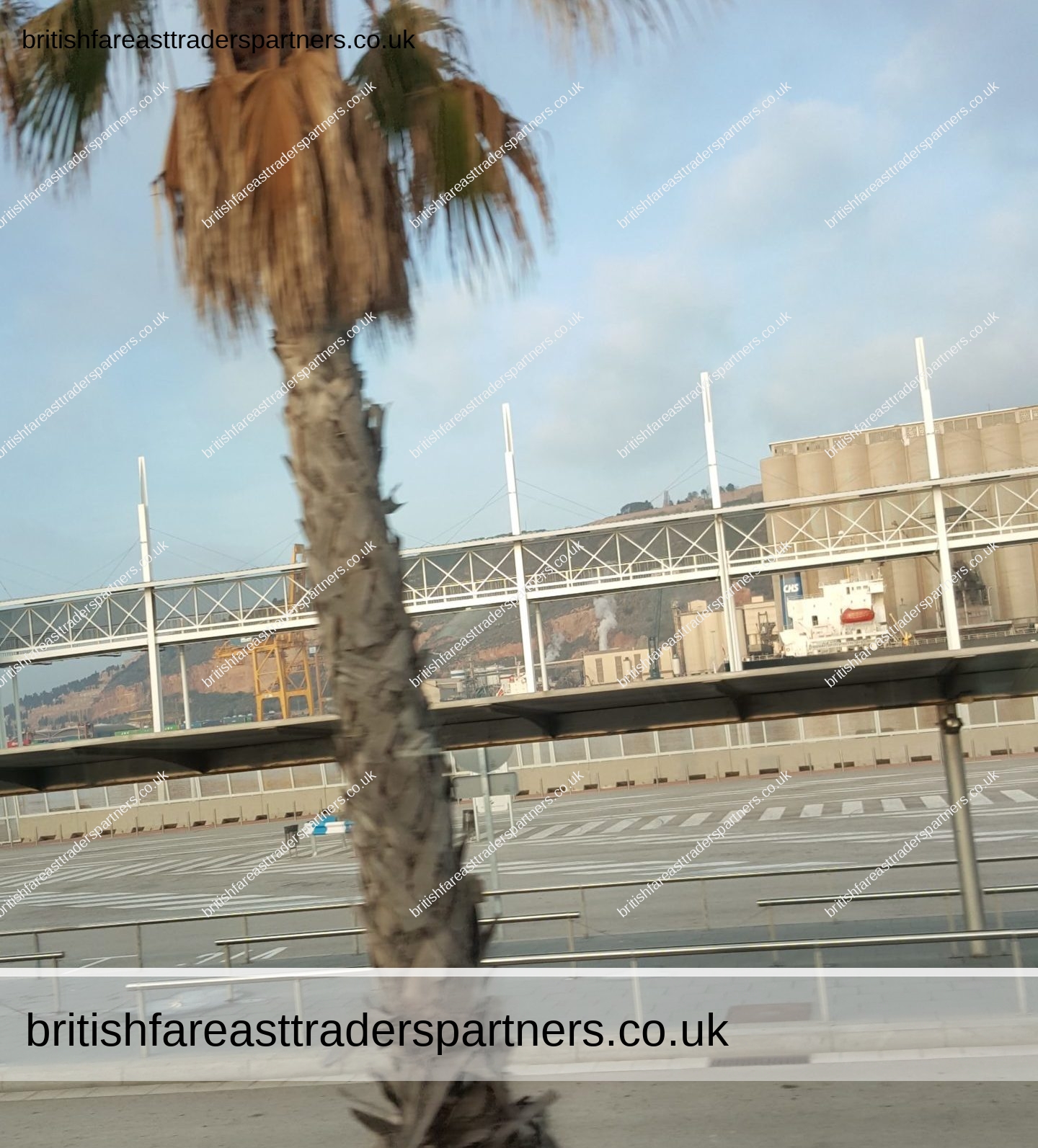
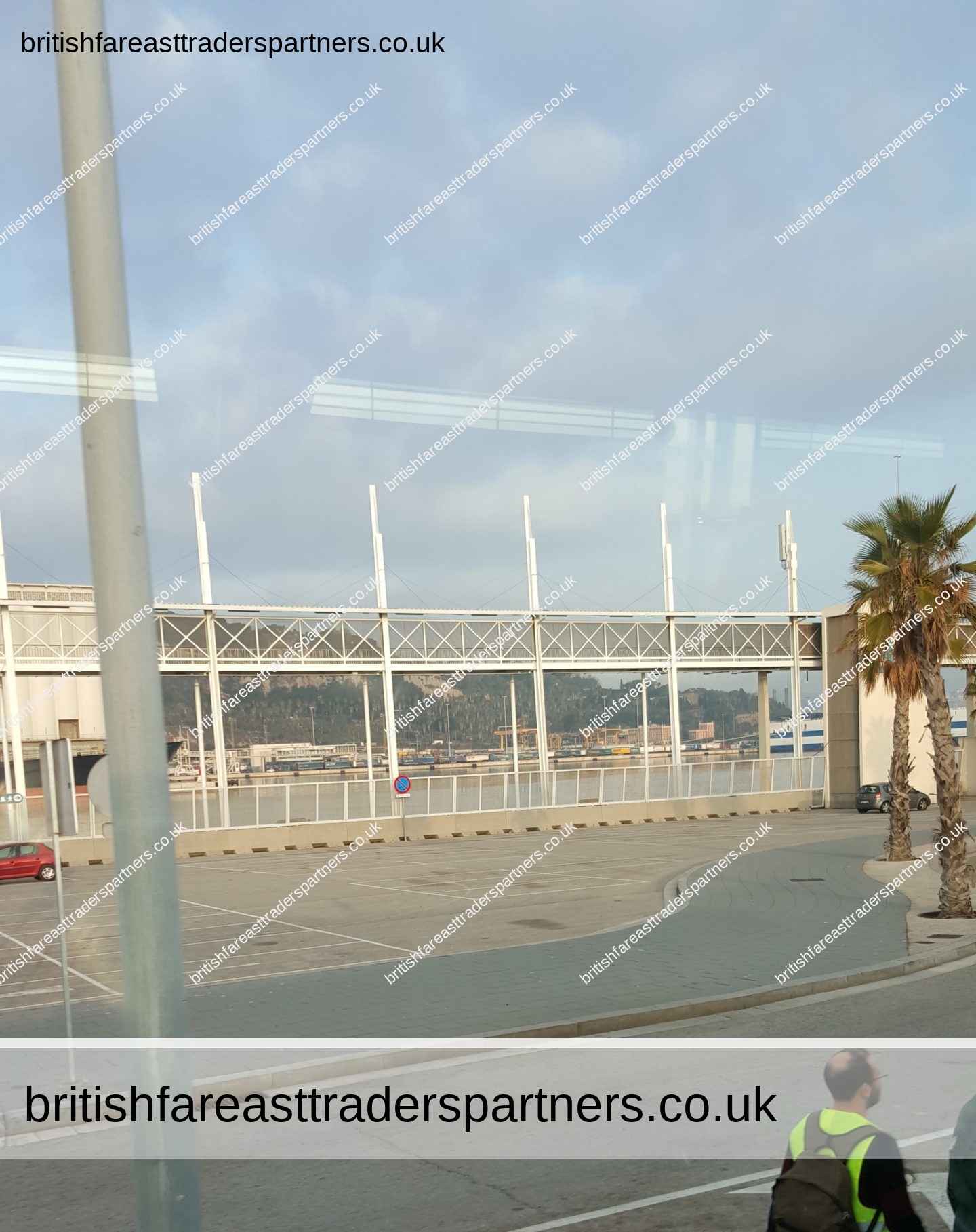
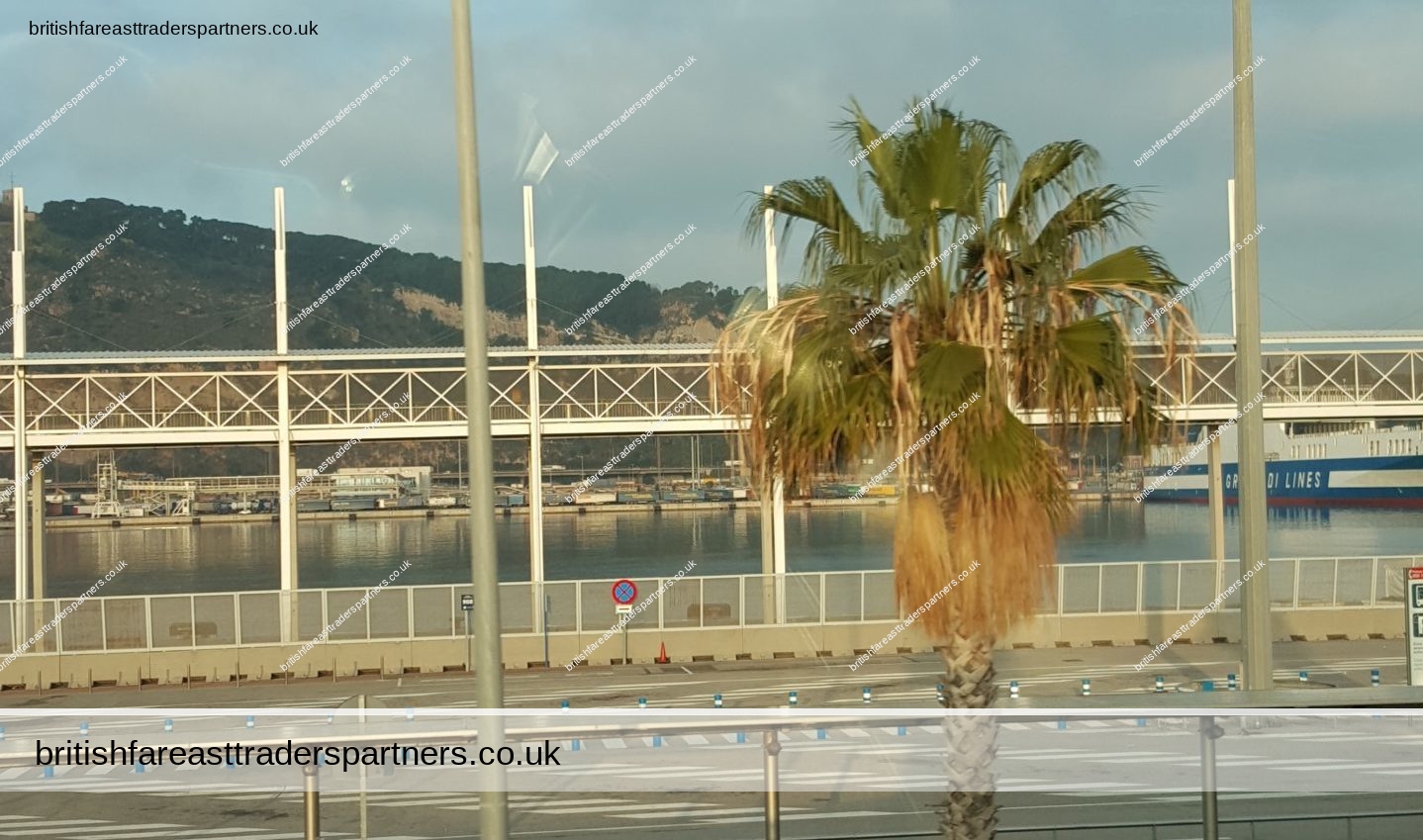
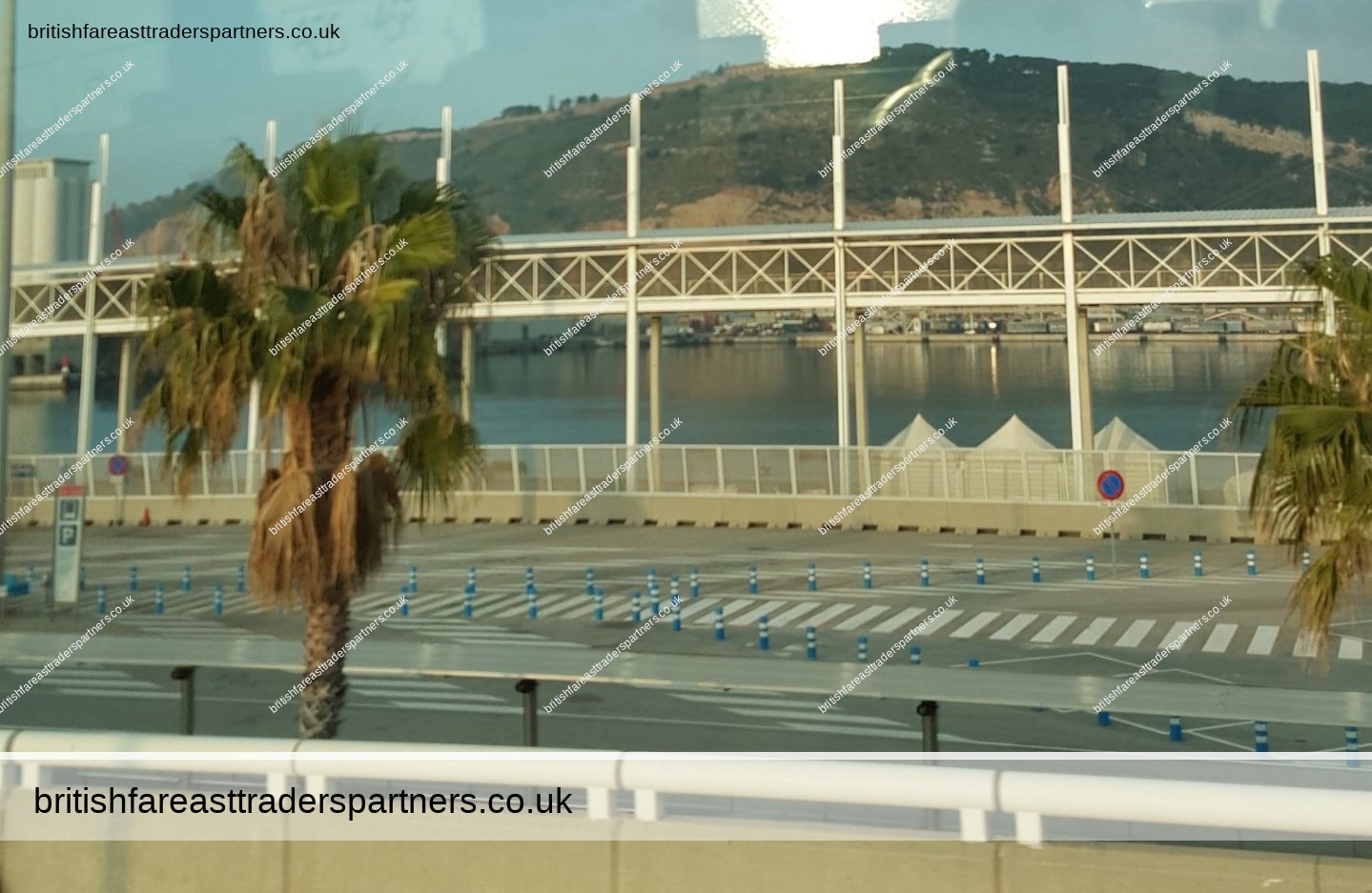
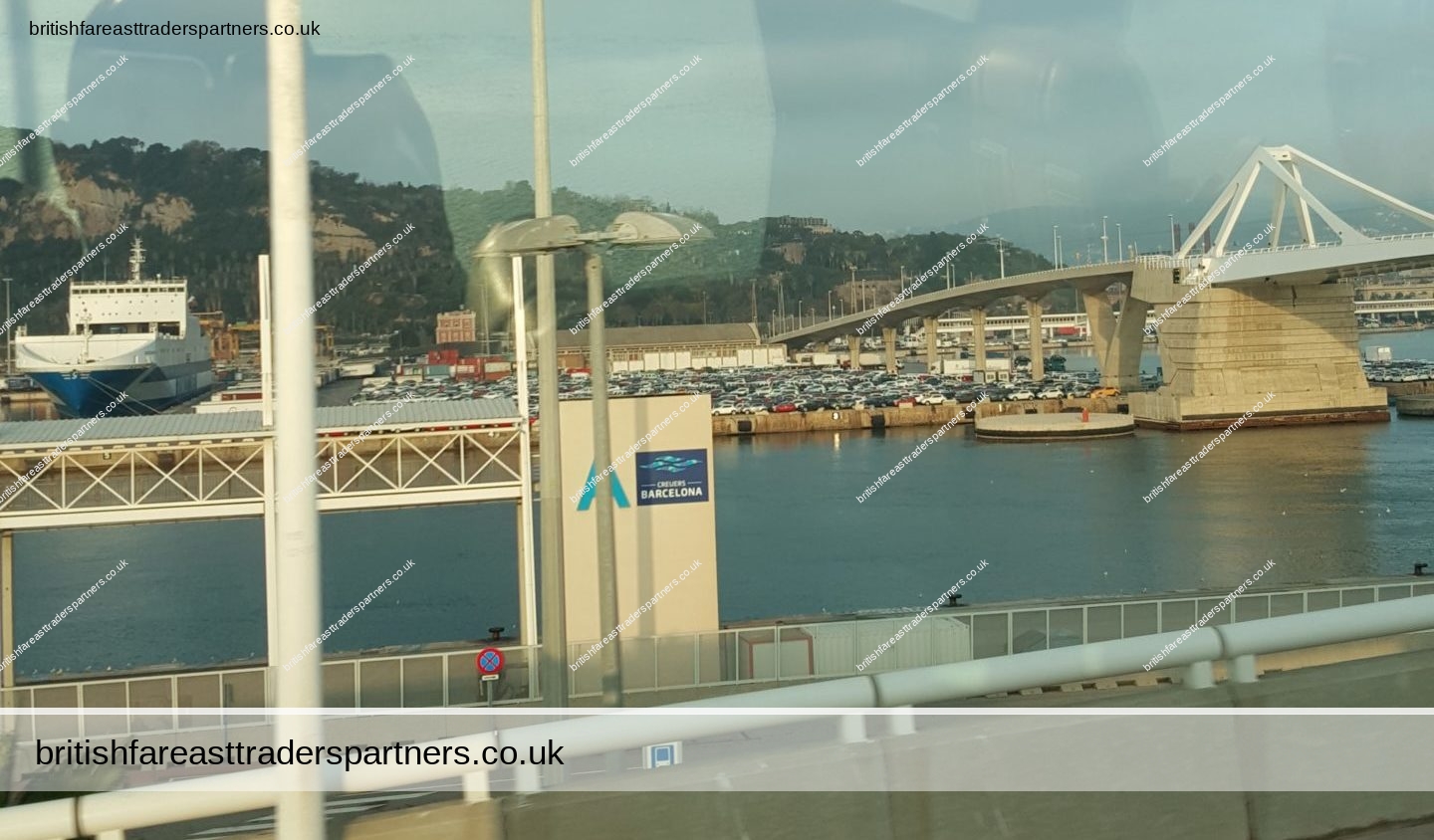
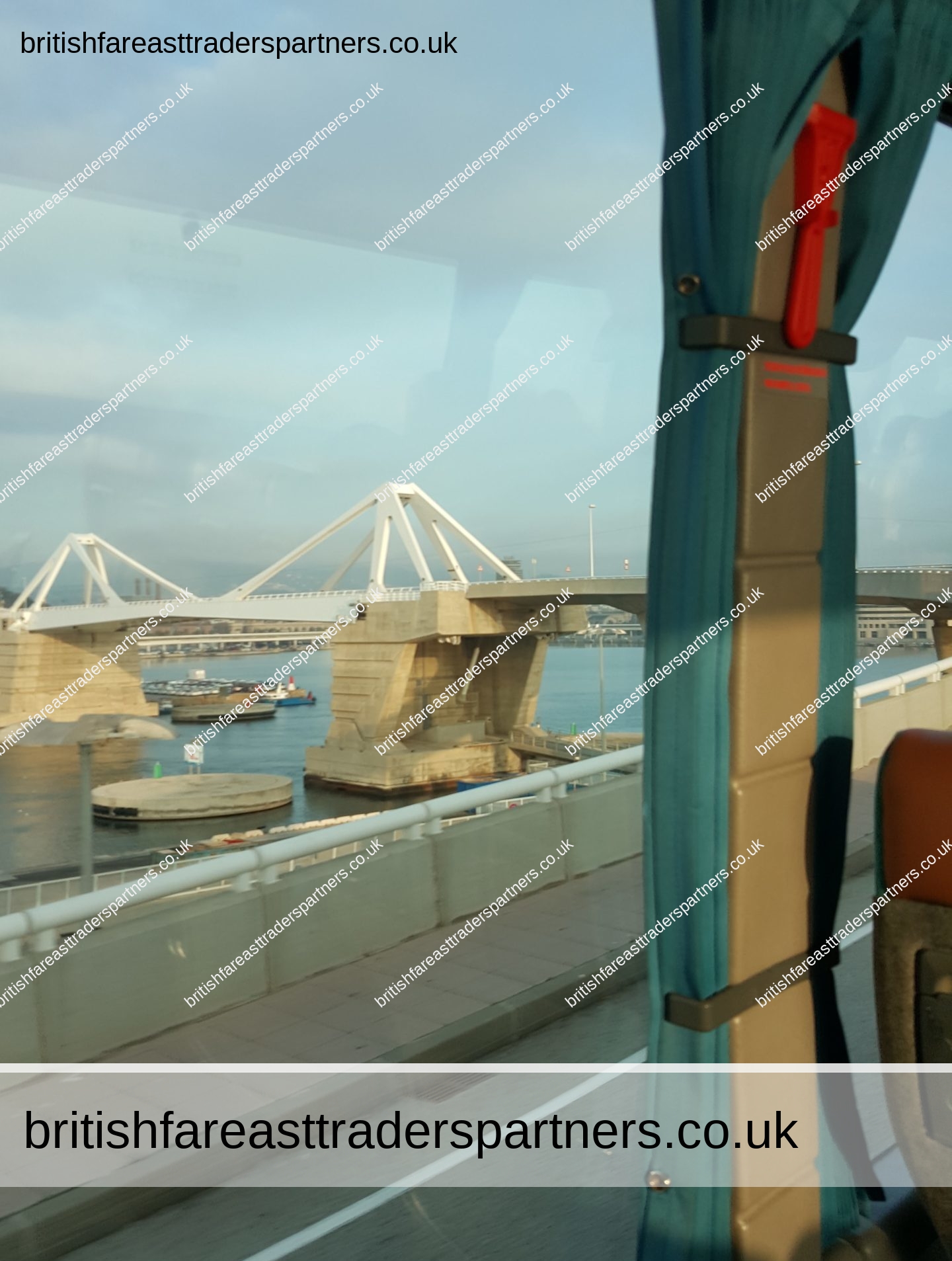
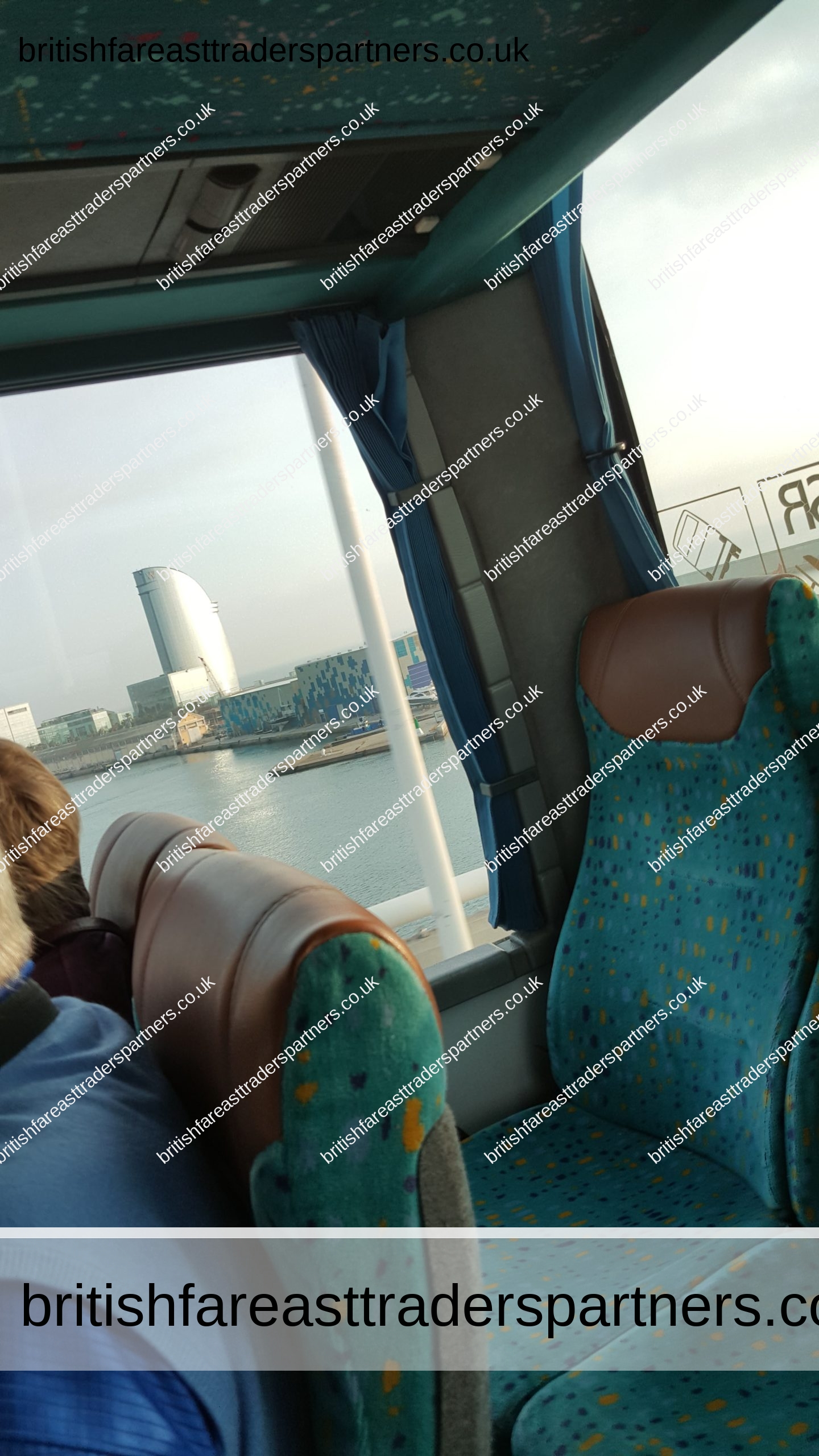

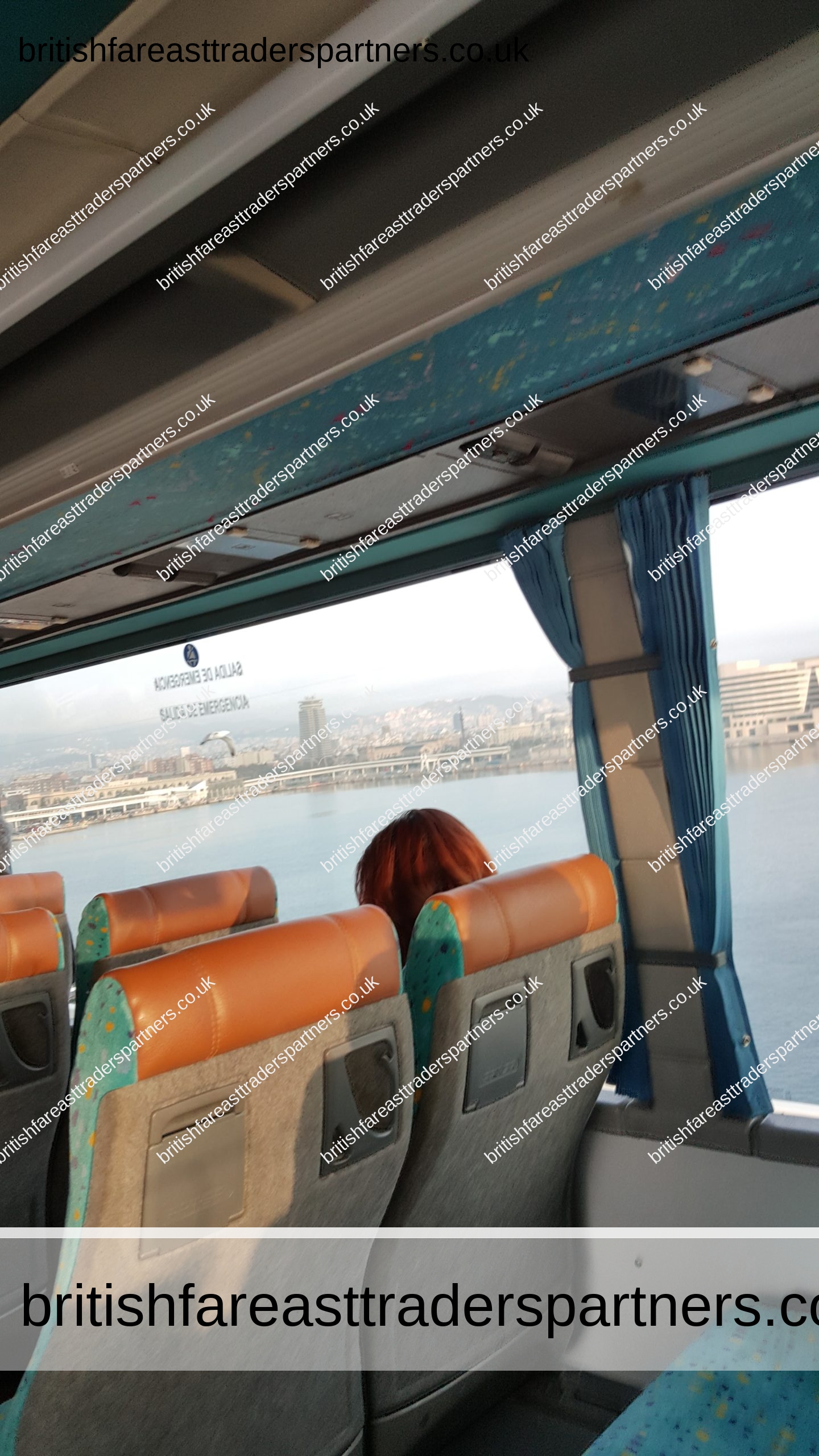
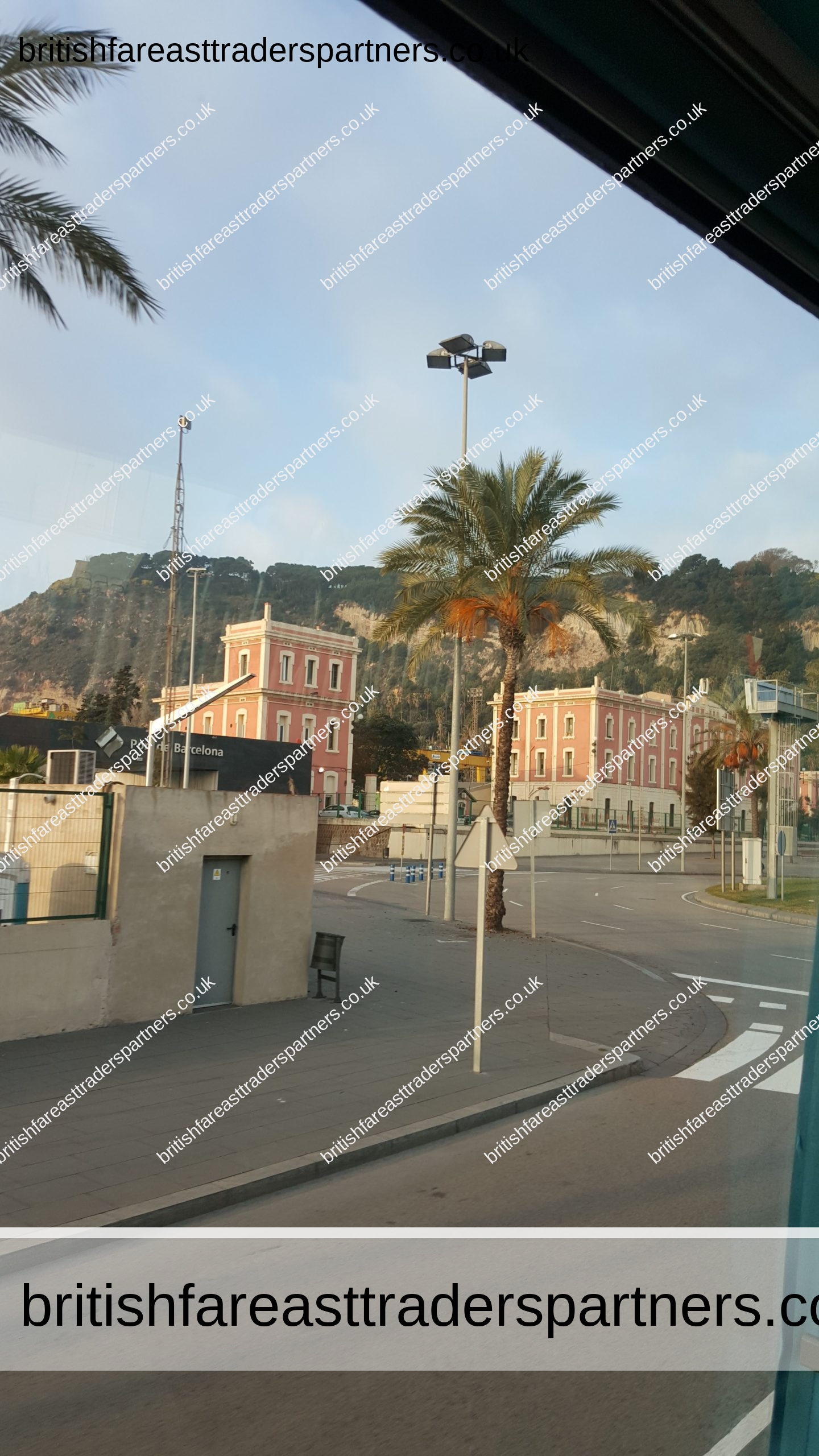
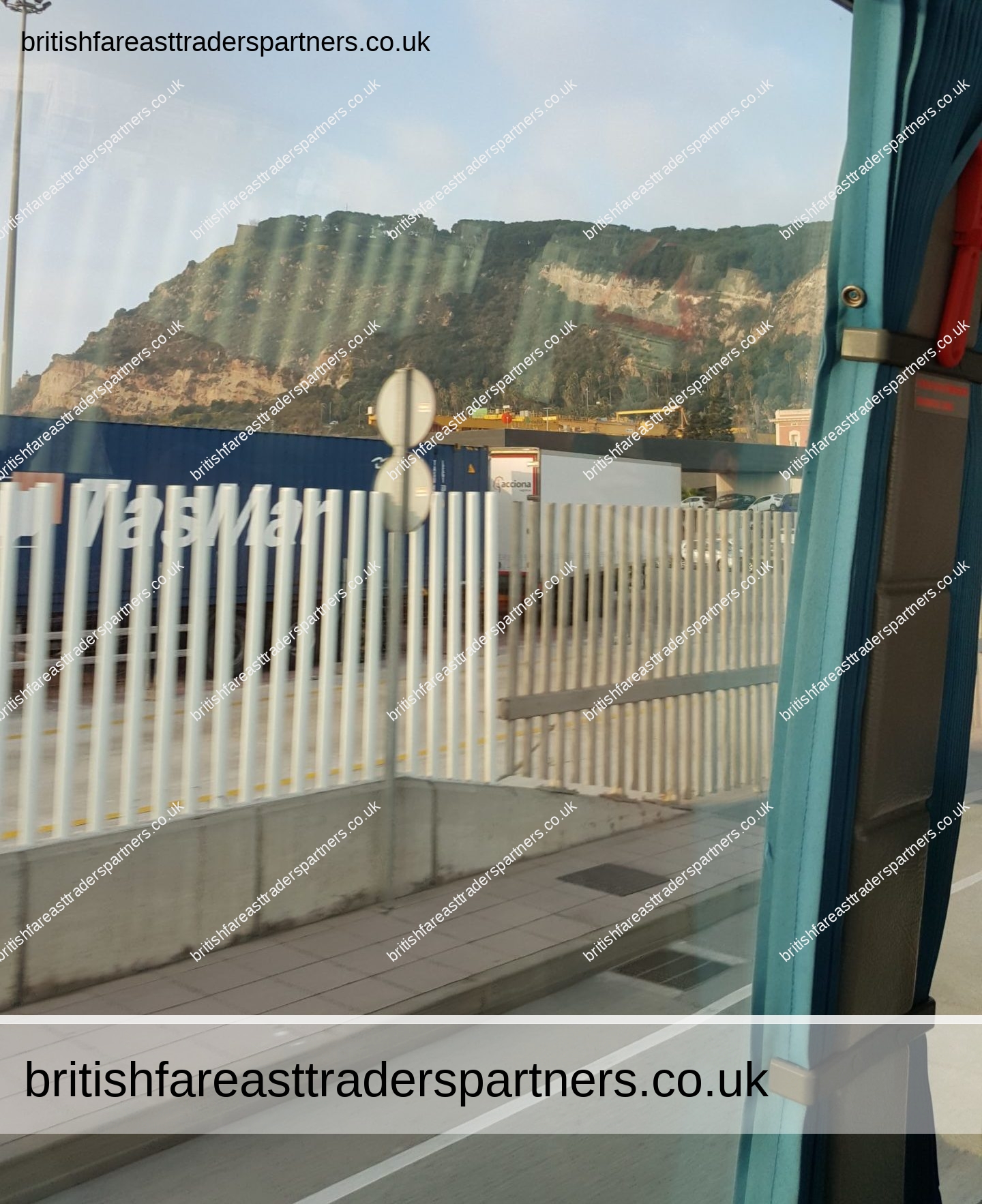
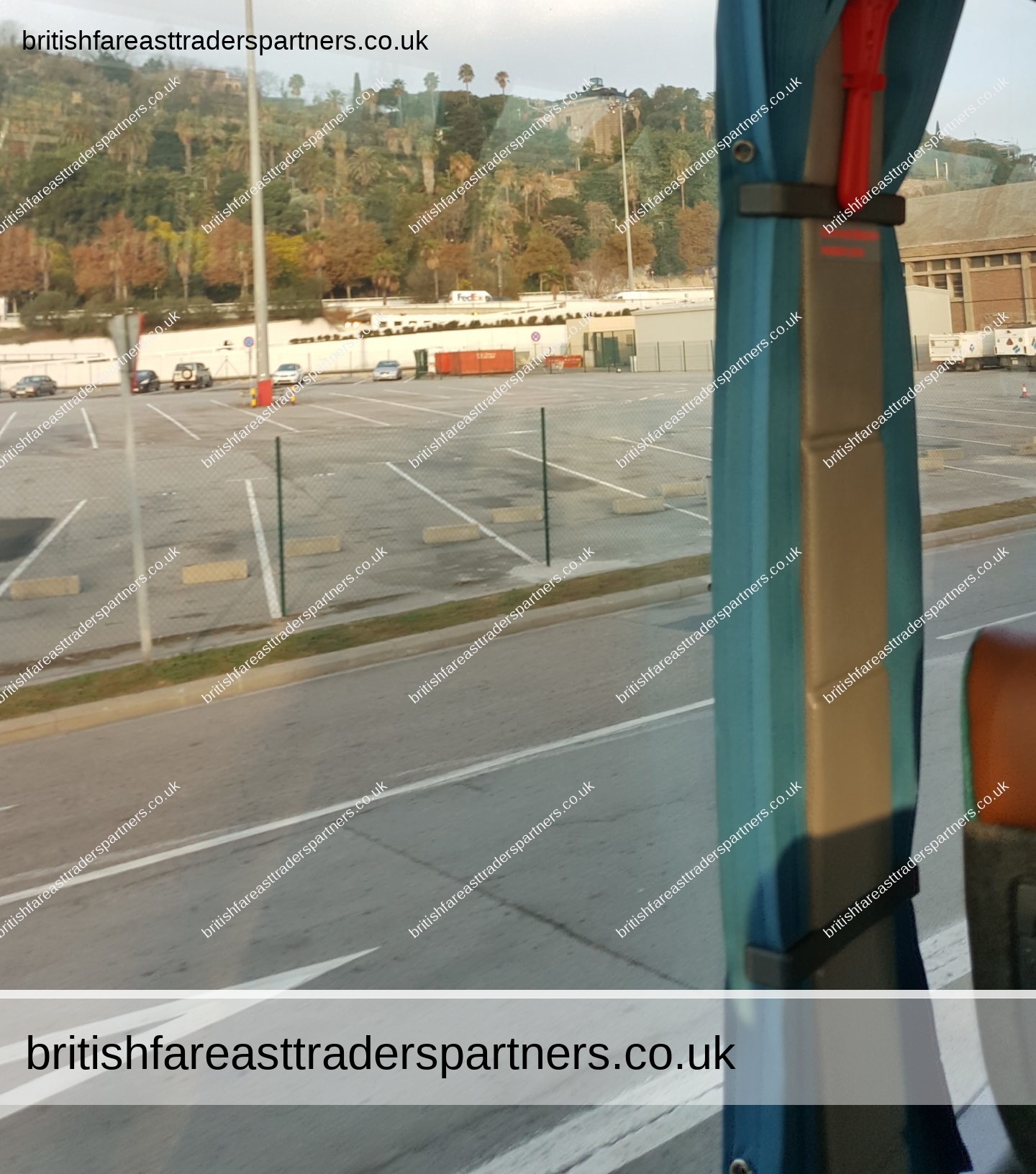
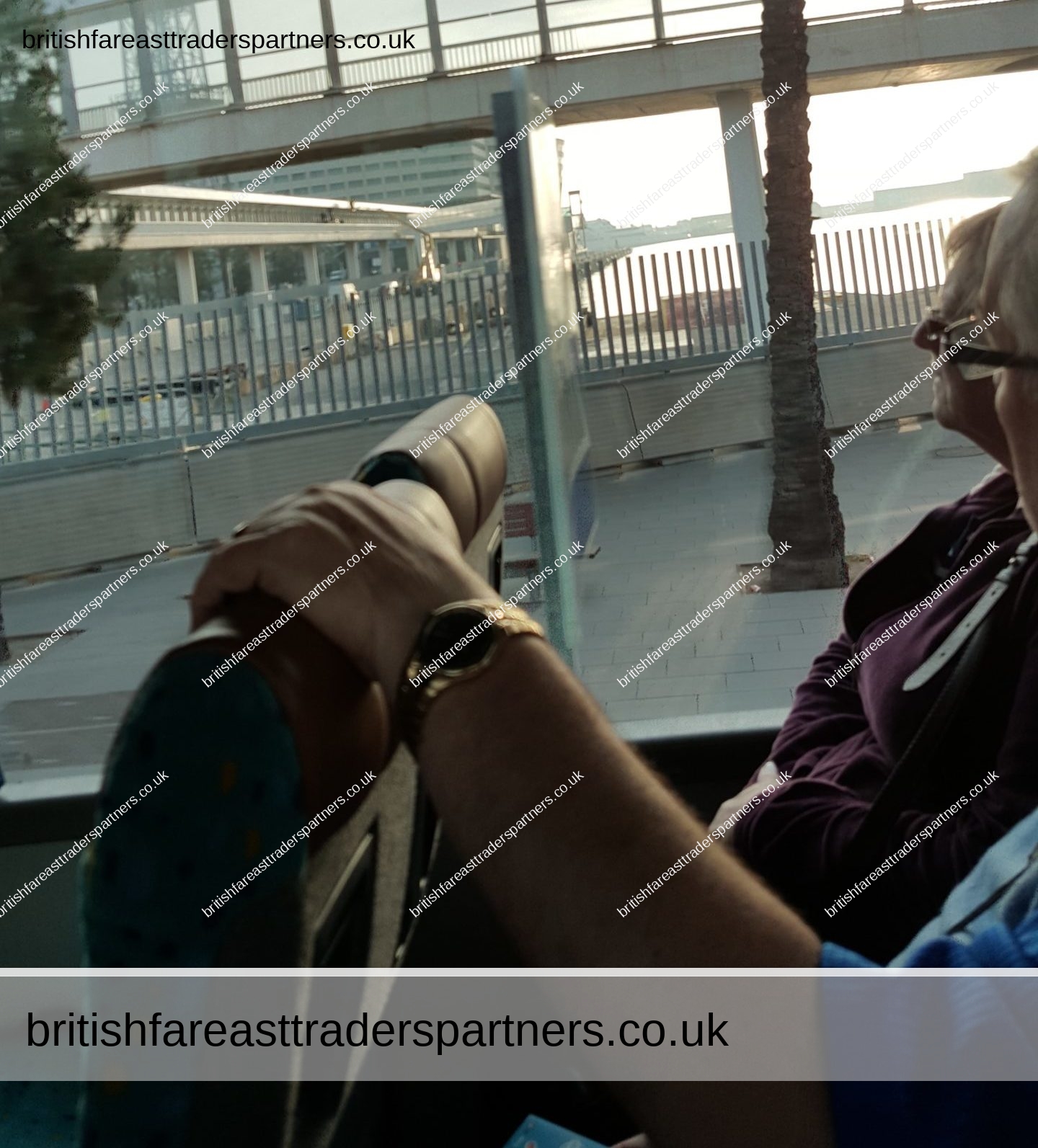
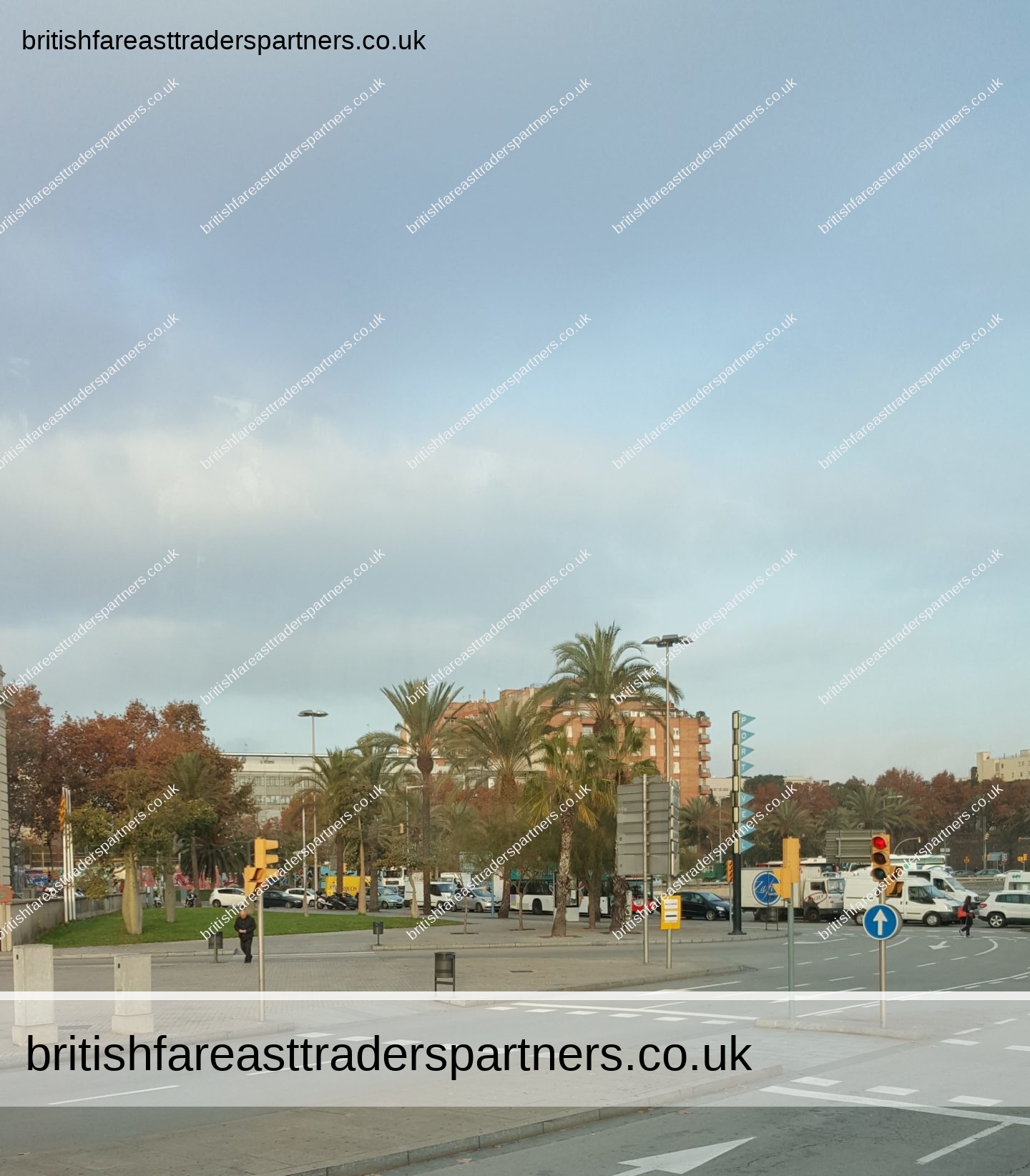
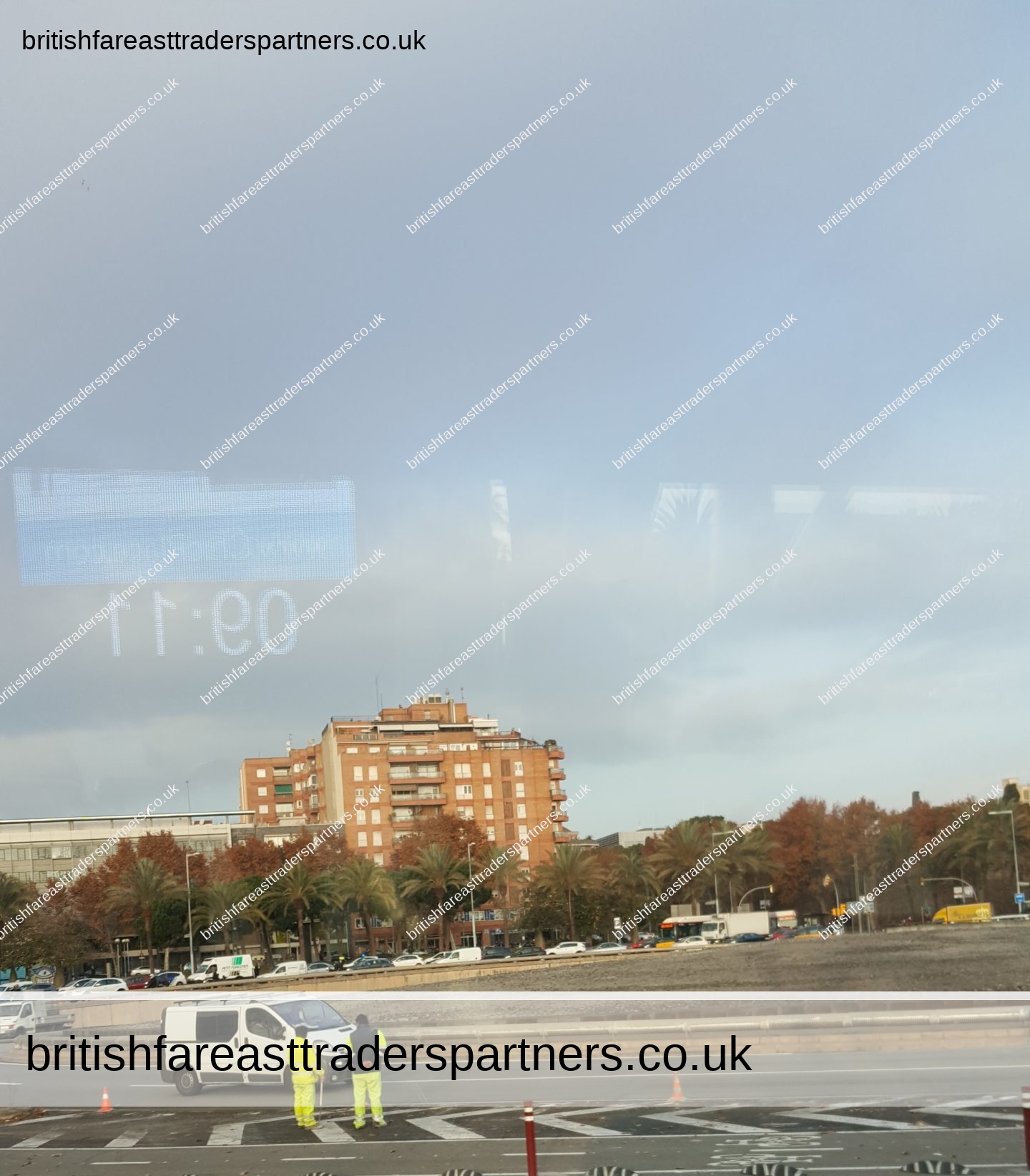
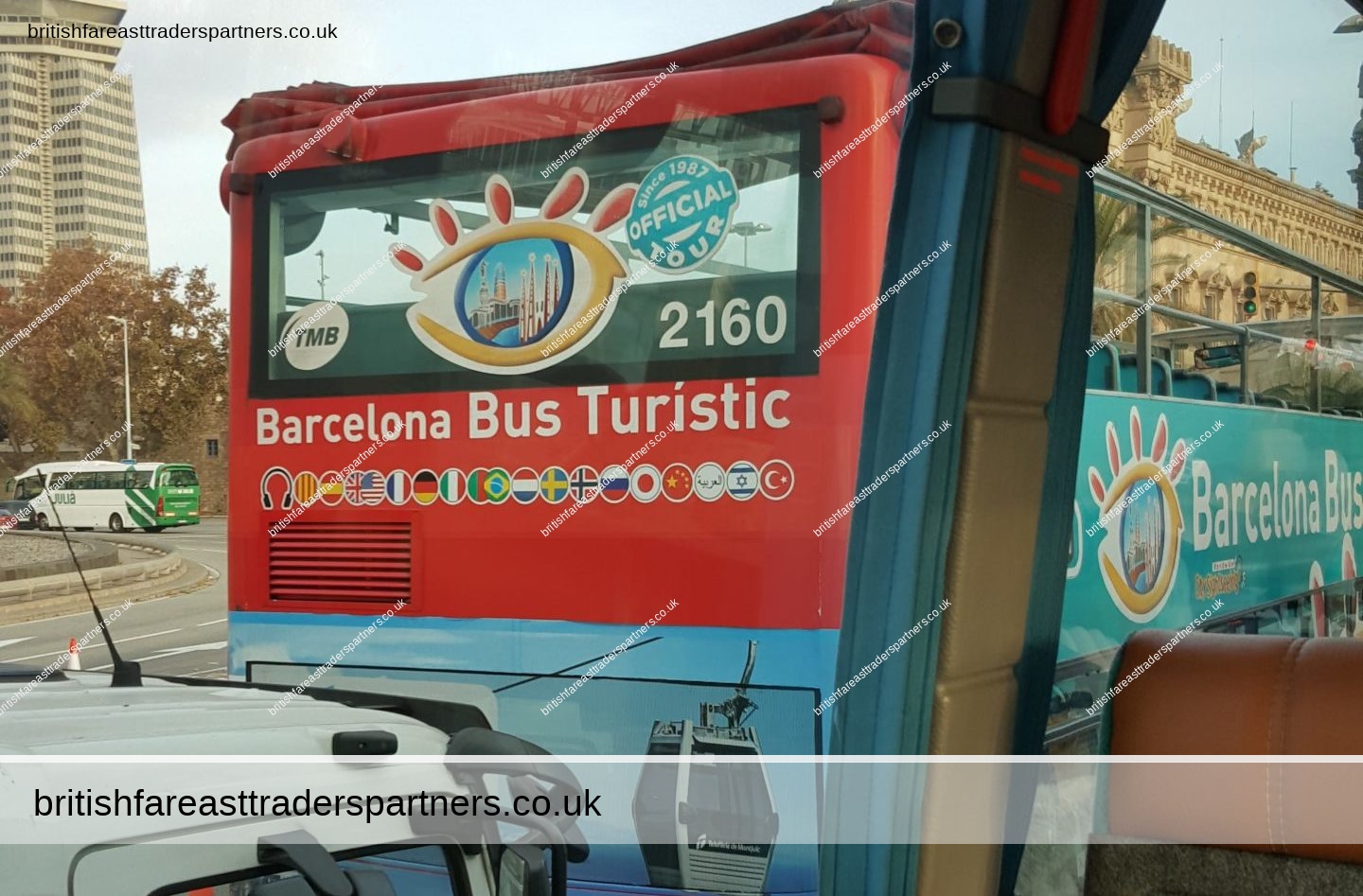
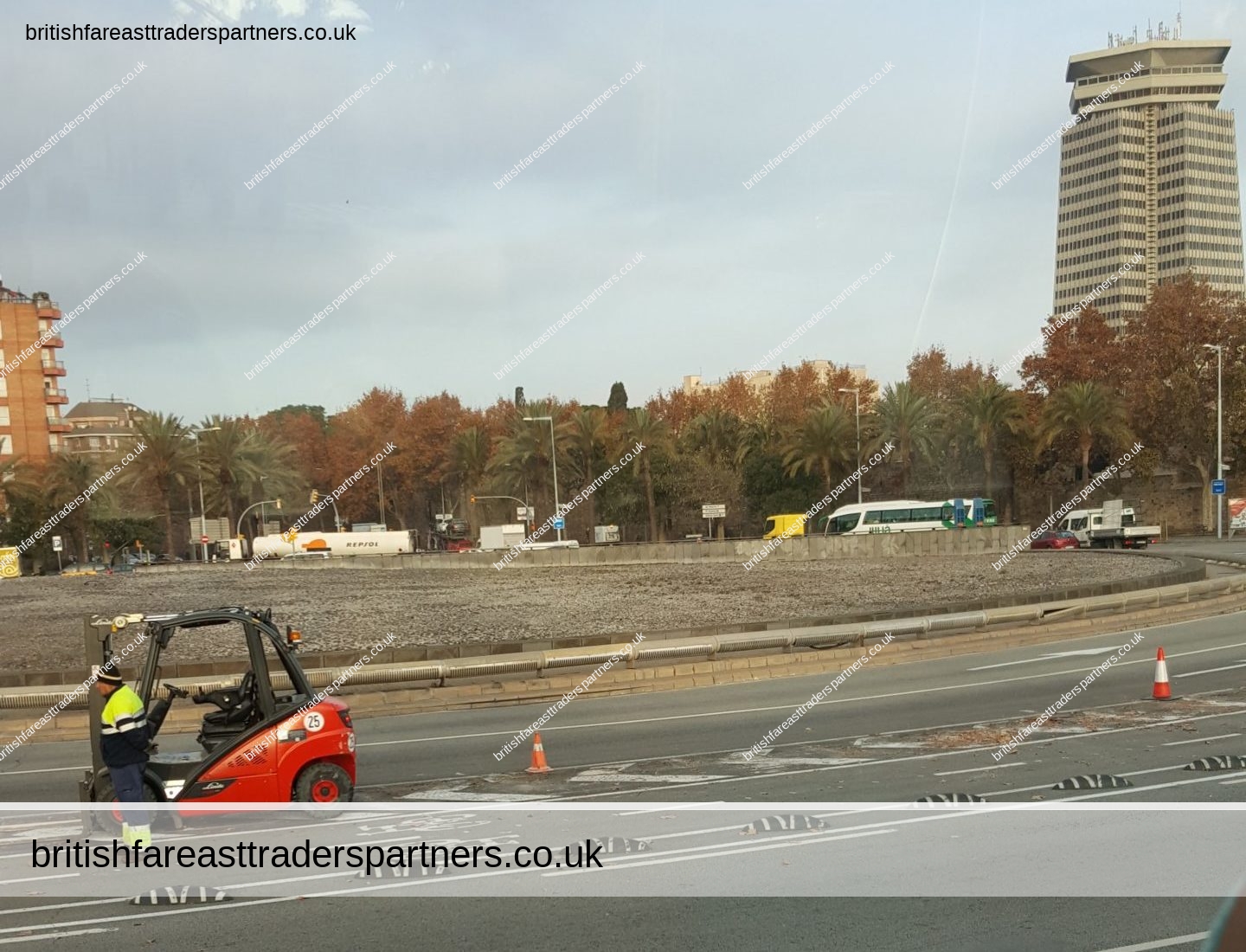
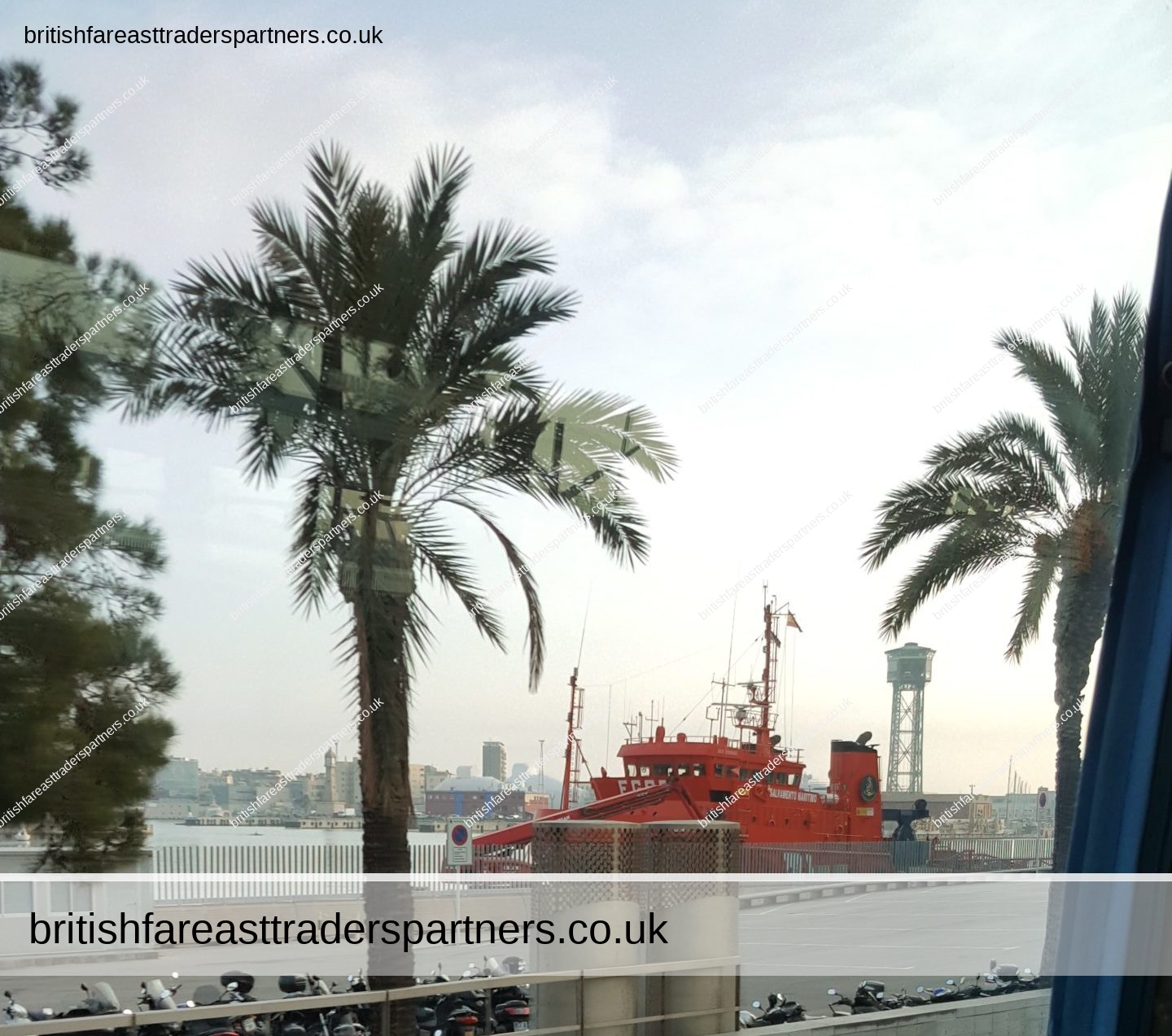
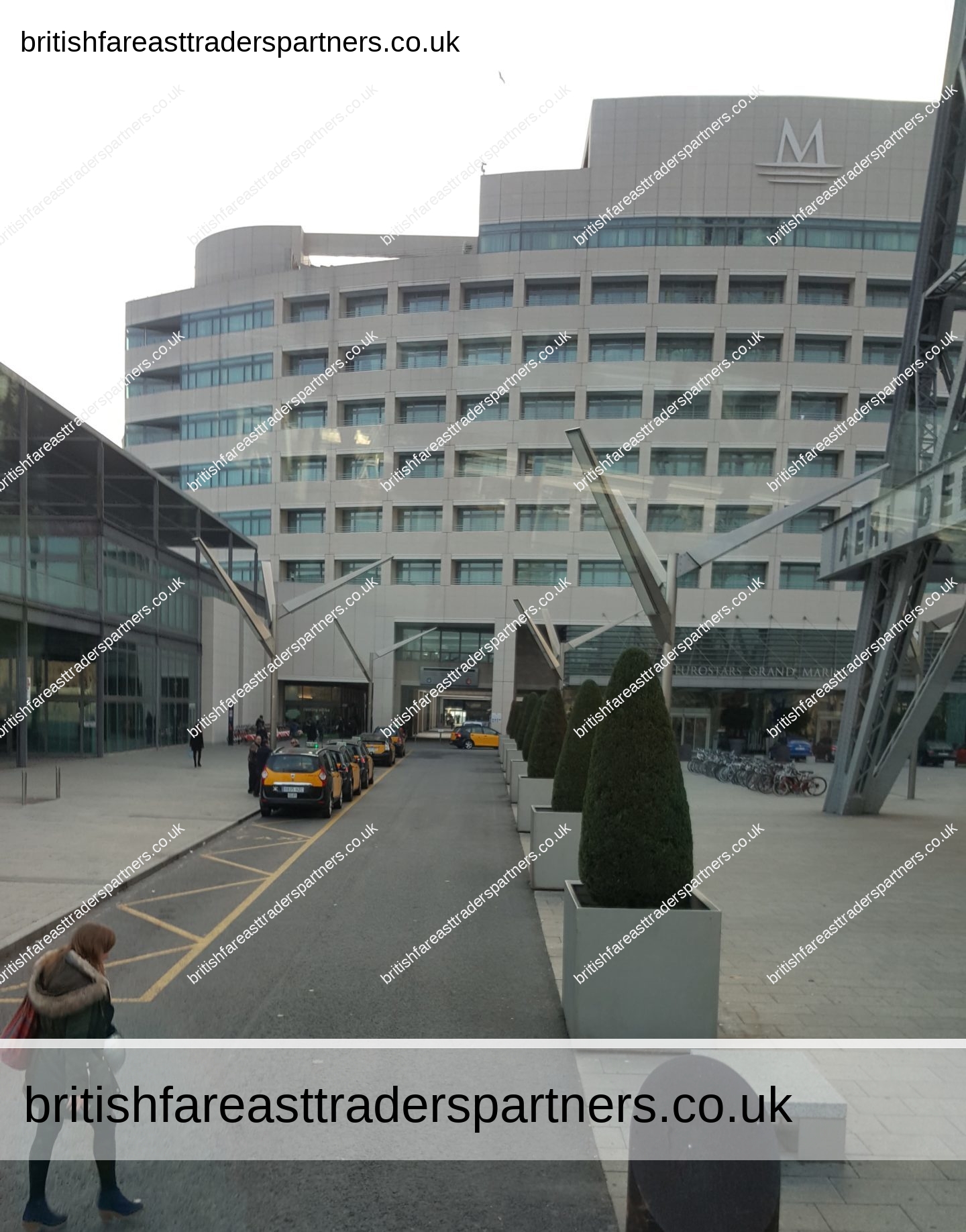

OPEN-TOP GUIDED BUS TOUR
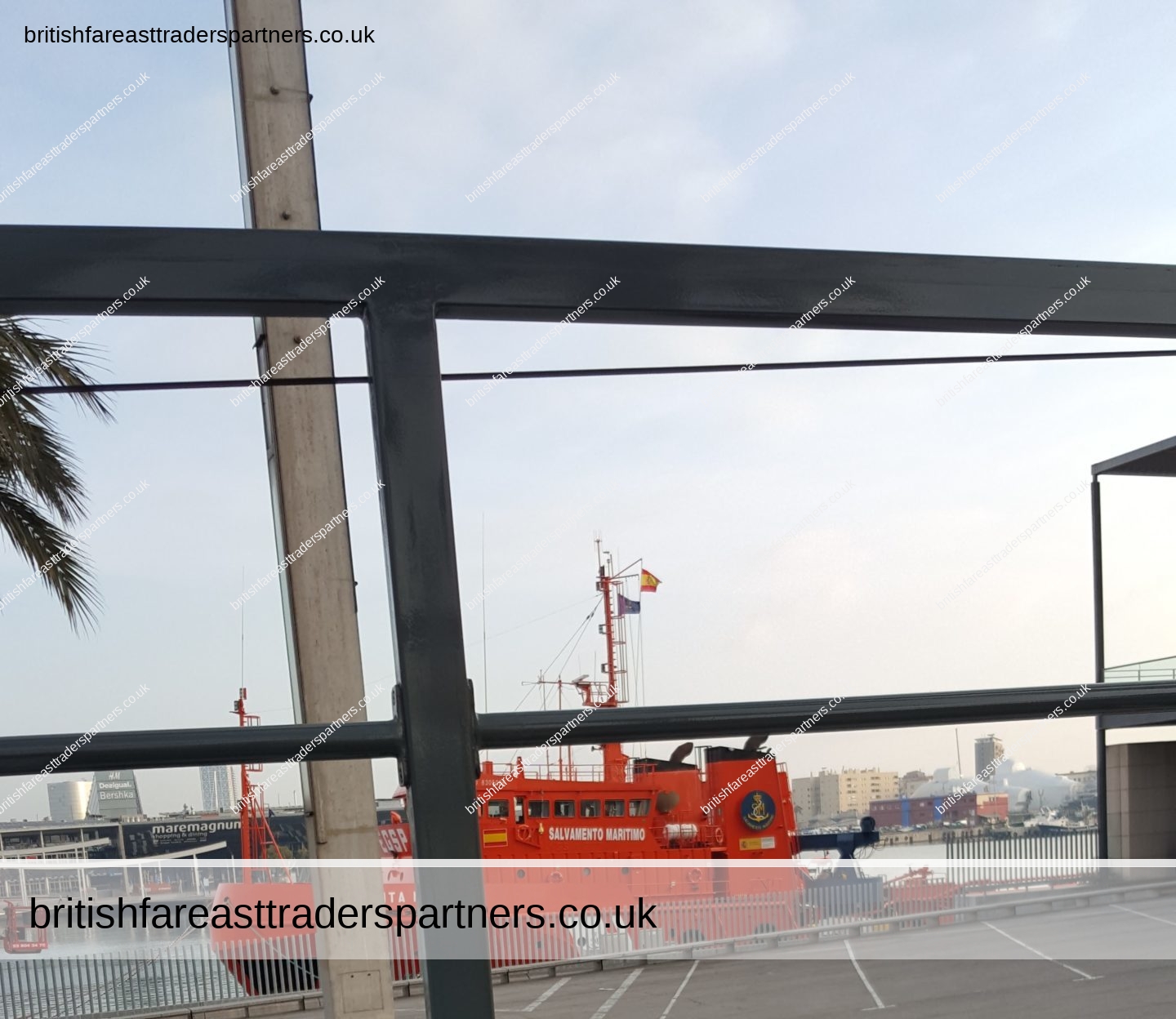
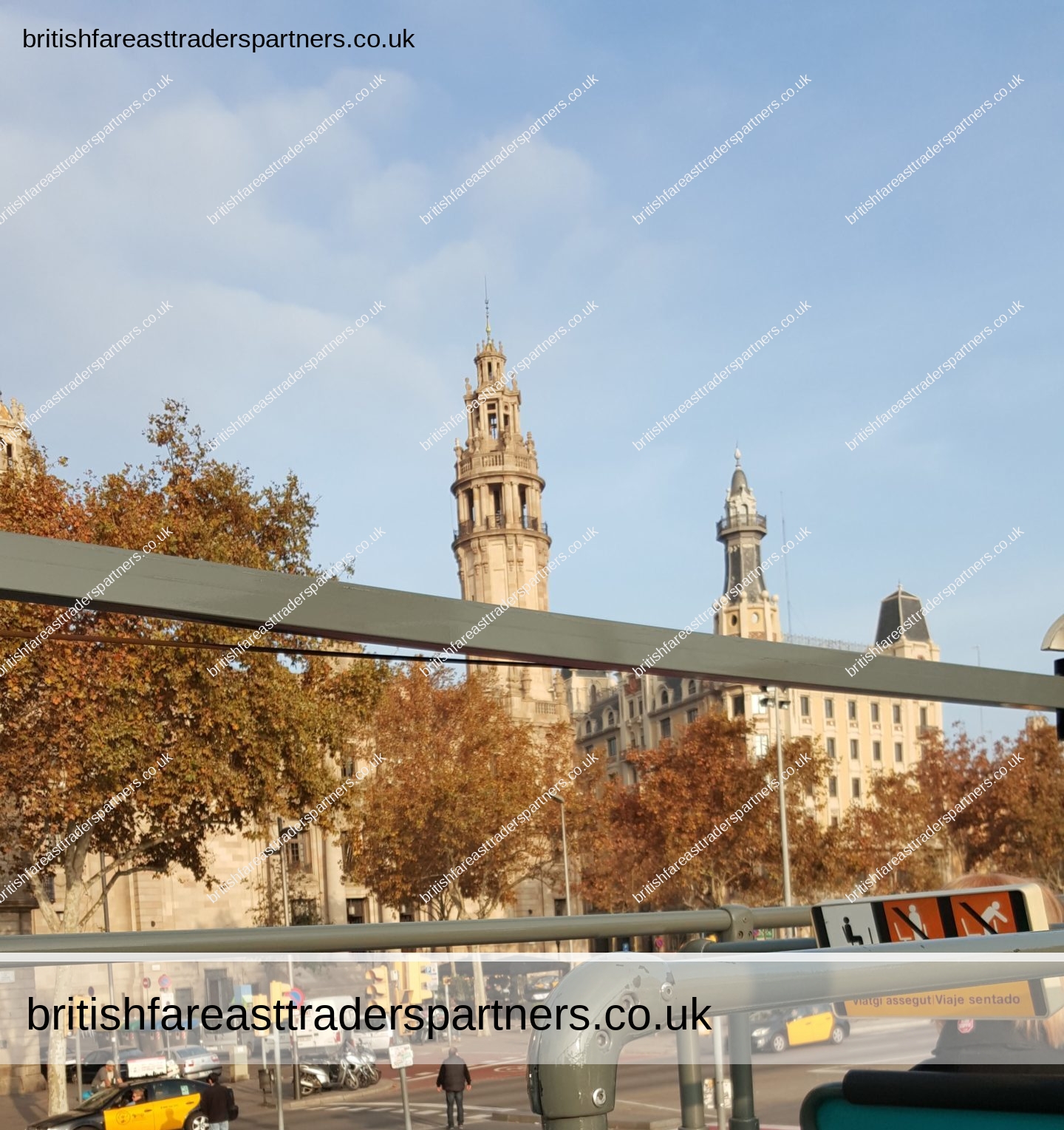
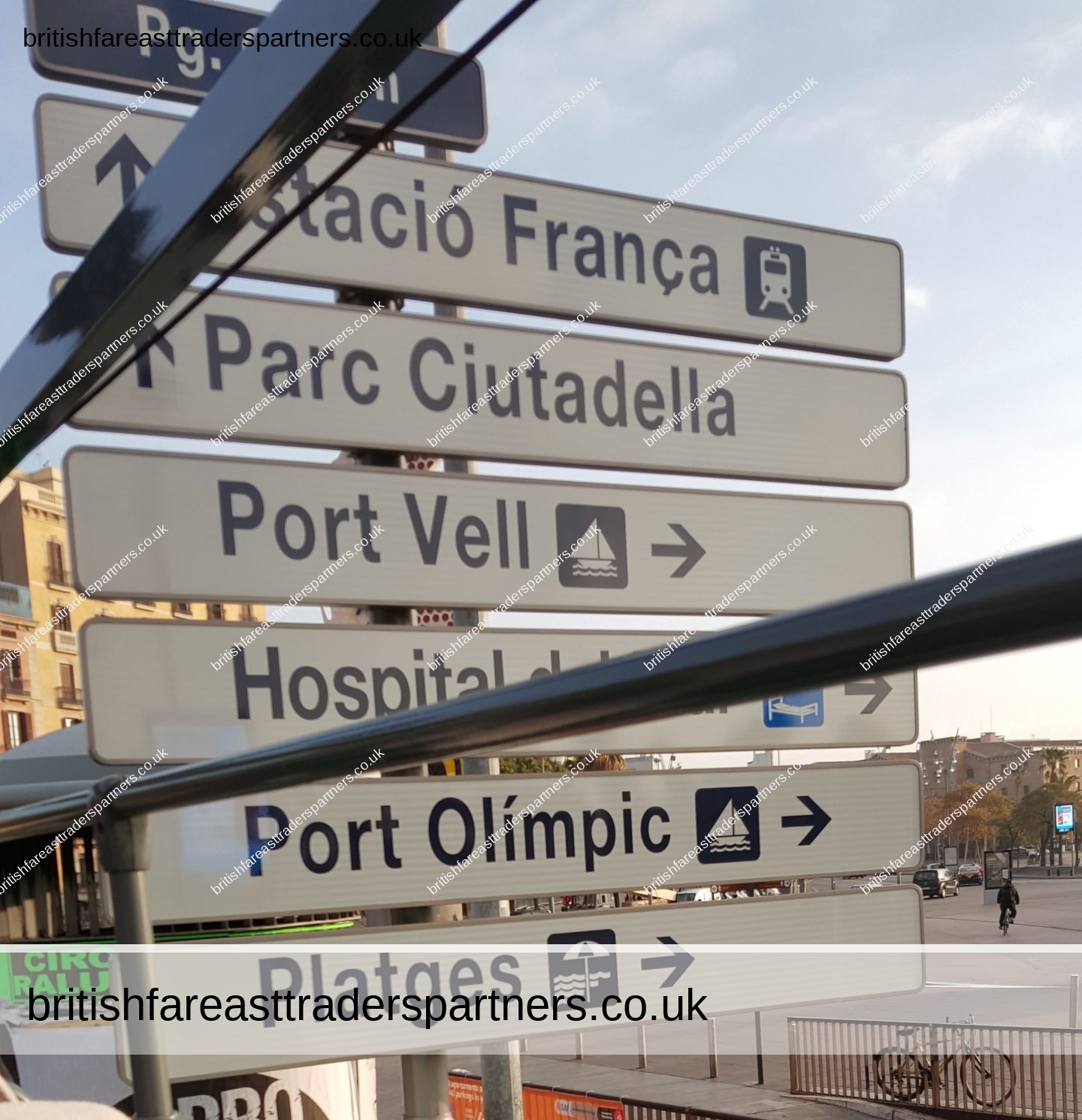
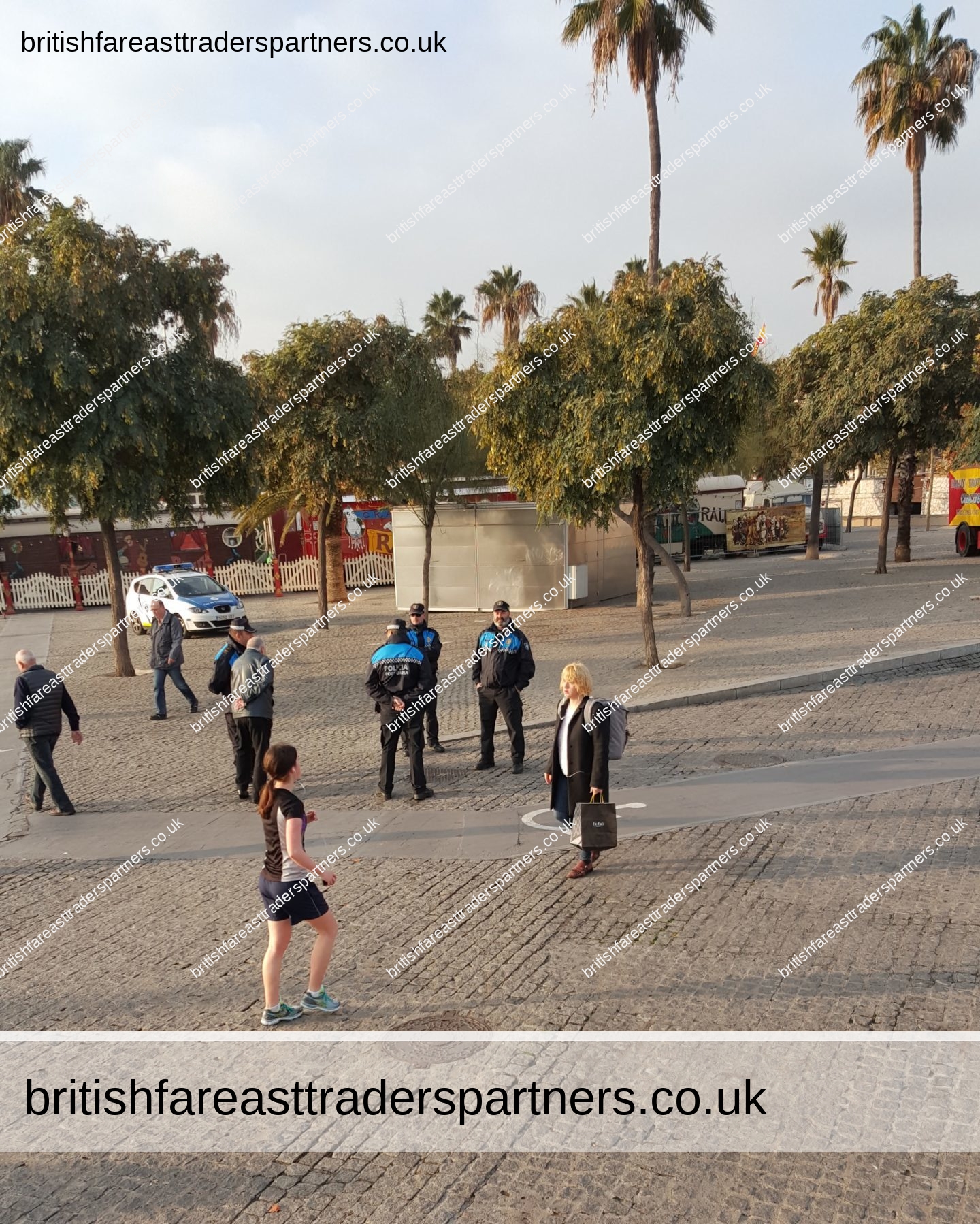
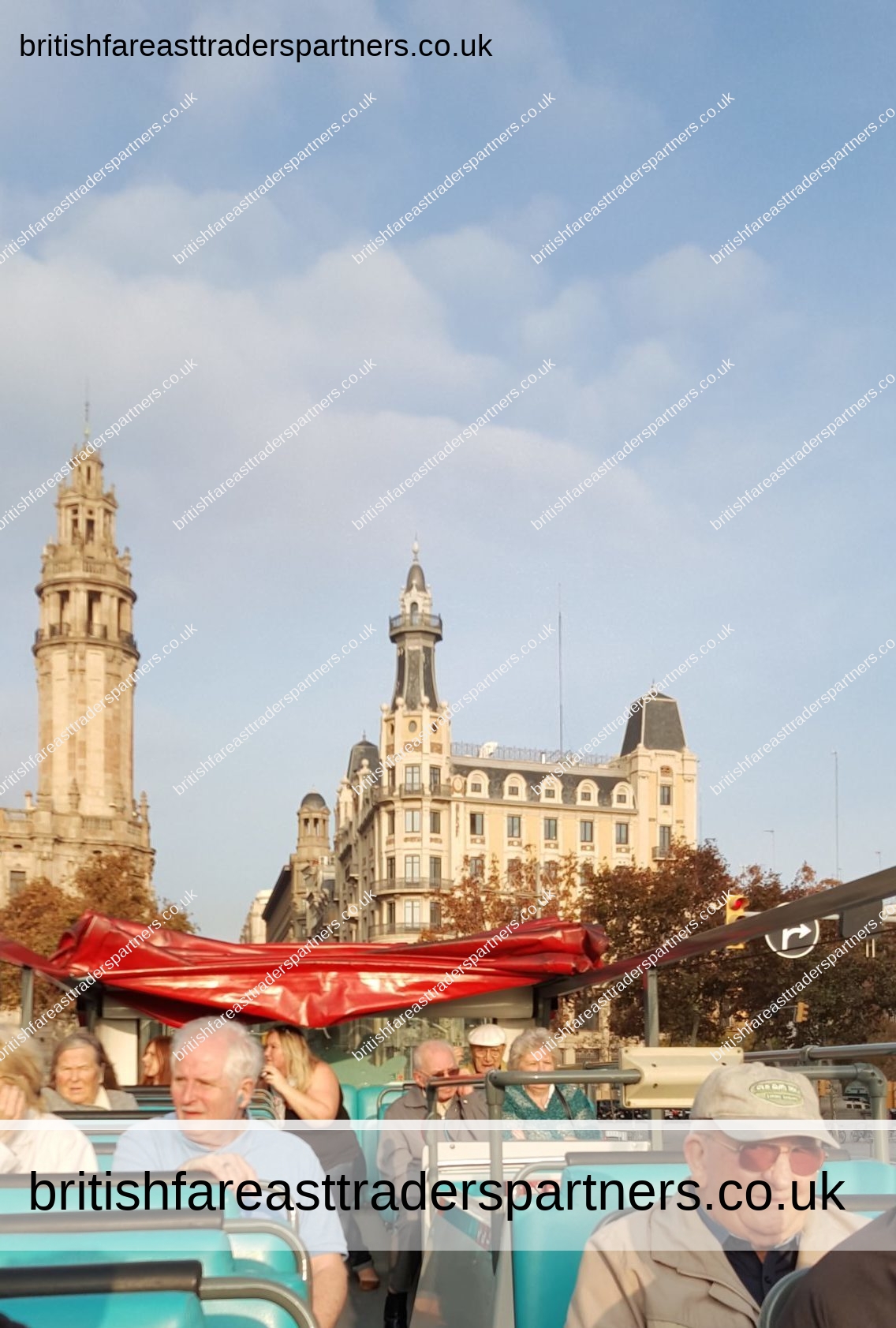
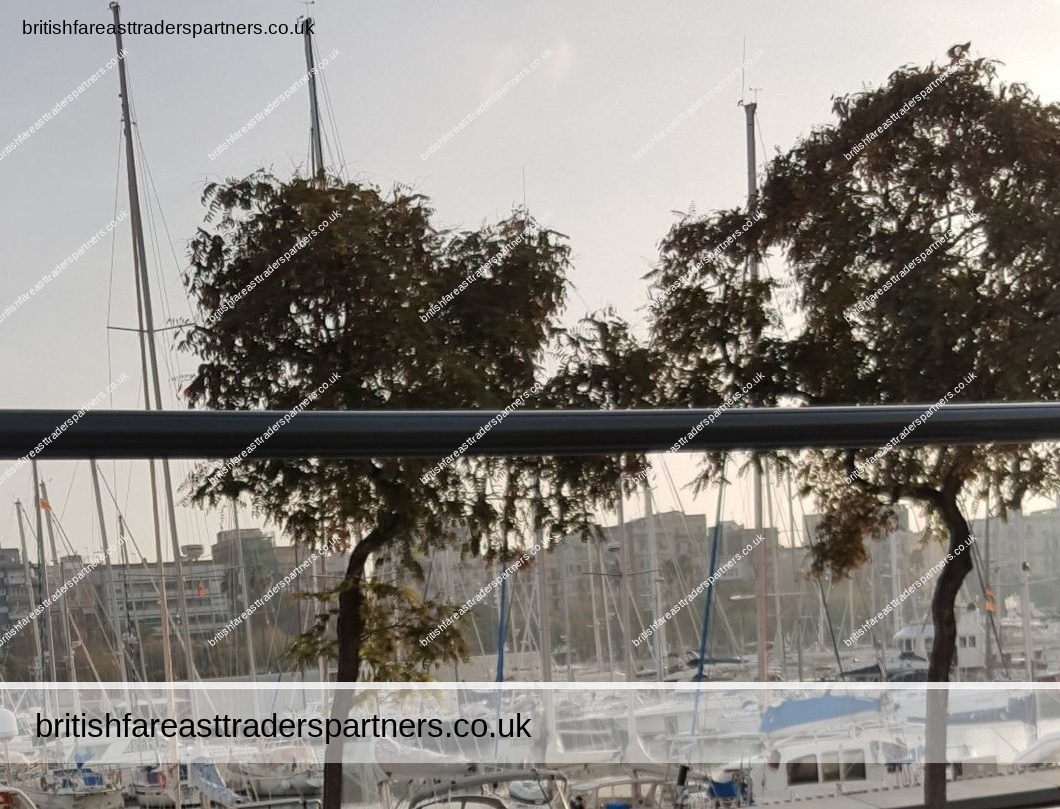
Good Morning Barcelona! Waking up to a warm, bright, & hugging sunshine is enough to melt hardened & numbed souls by British winters lol.
More than the views, it is perhaps that sense of ESCAPE & DISCOVERY that seduces travellers to exotic destinations. FOOD & CULTURE also ranks highly in our list of what makes a place appealing. Between modernism & antiquity, History has a stronger pull for us. History gives a place more depth and magnetism. It is that aura that you can’t manufacture. It is like saying, if you manufacture Antiques, what is the point? Just saying…
For now, we are loving Barcelona, not because it is extraordinarily exotic but because we know we are safe from the cold & dull British winter…
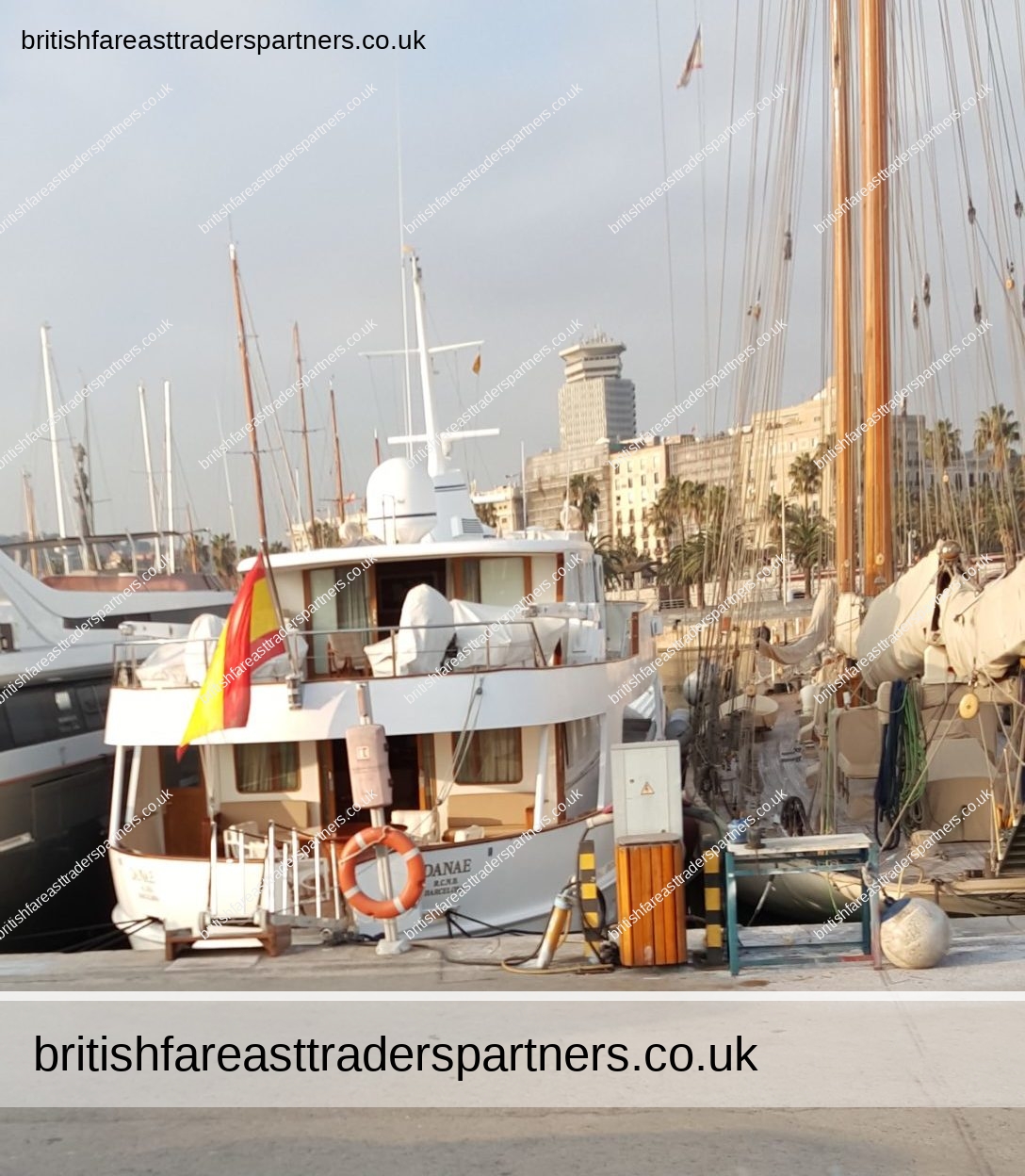
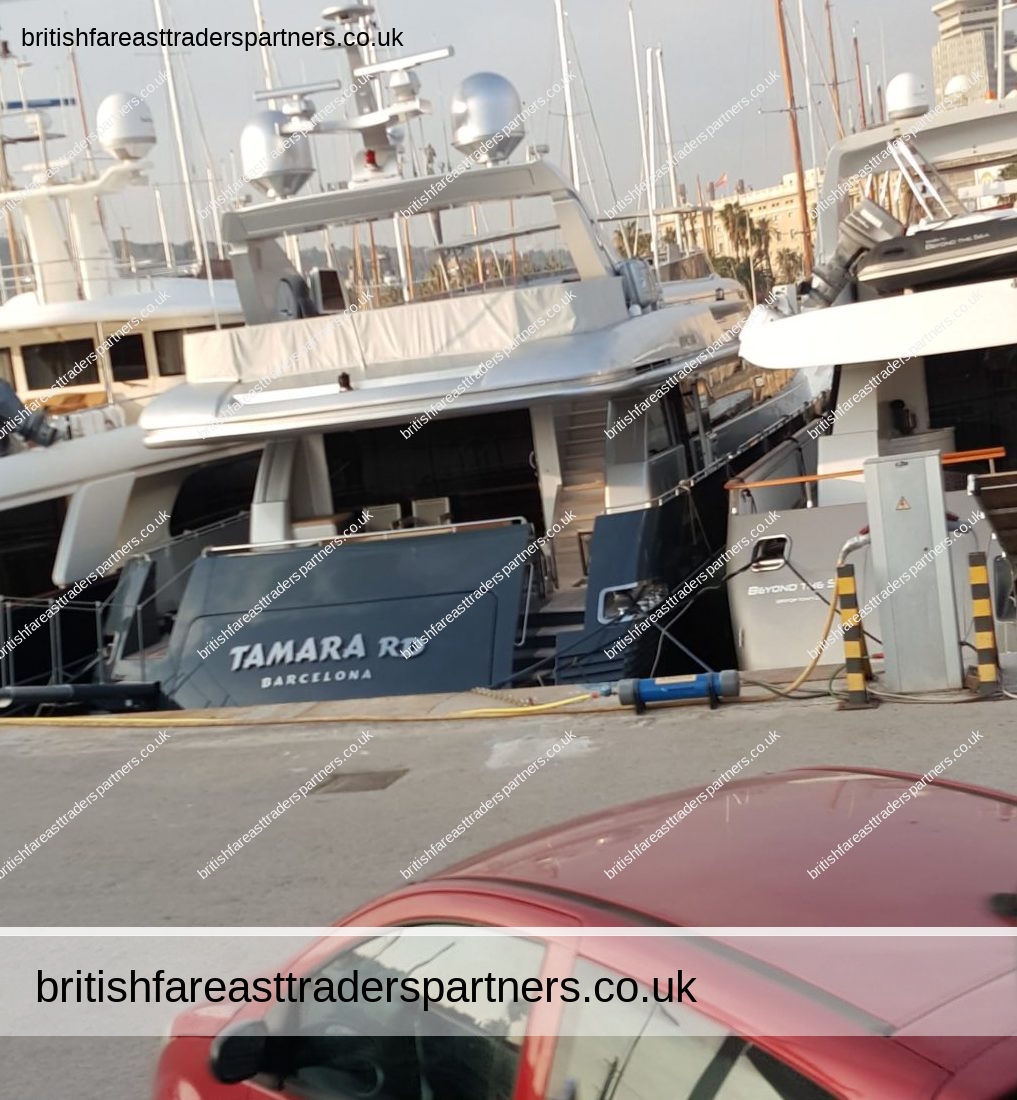
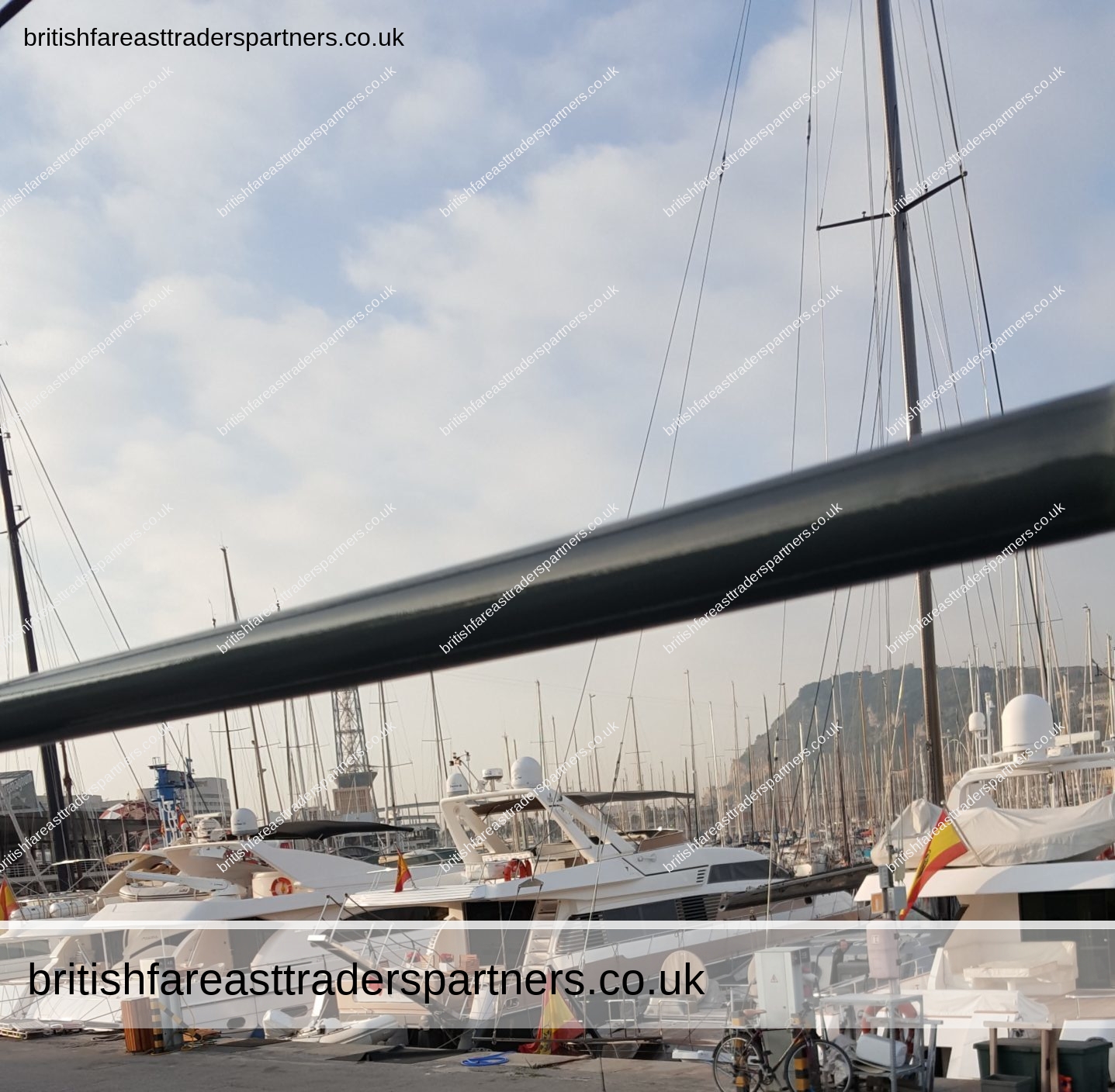
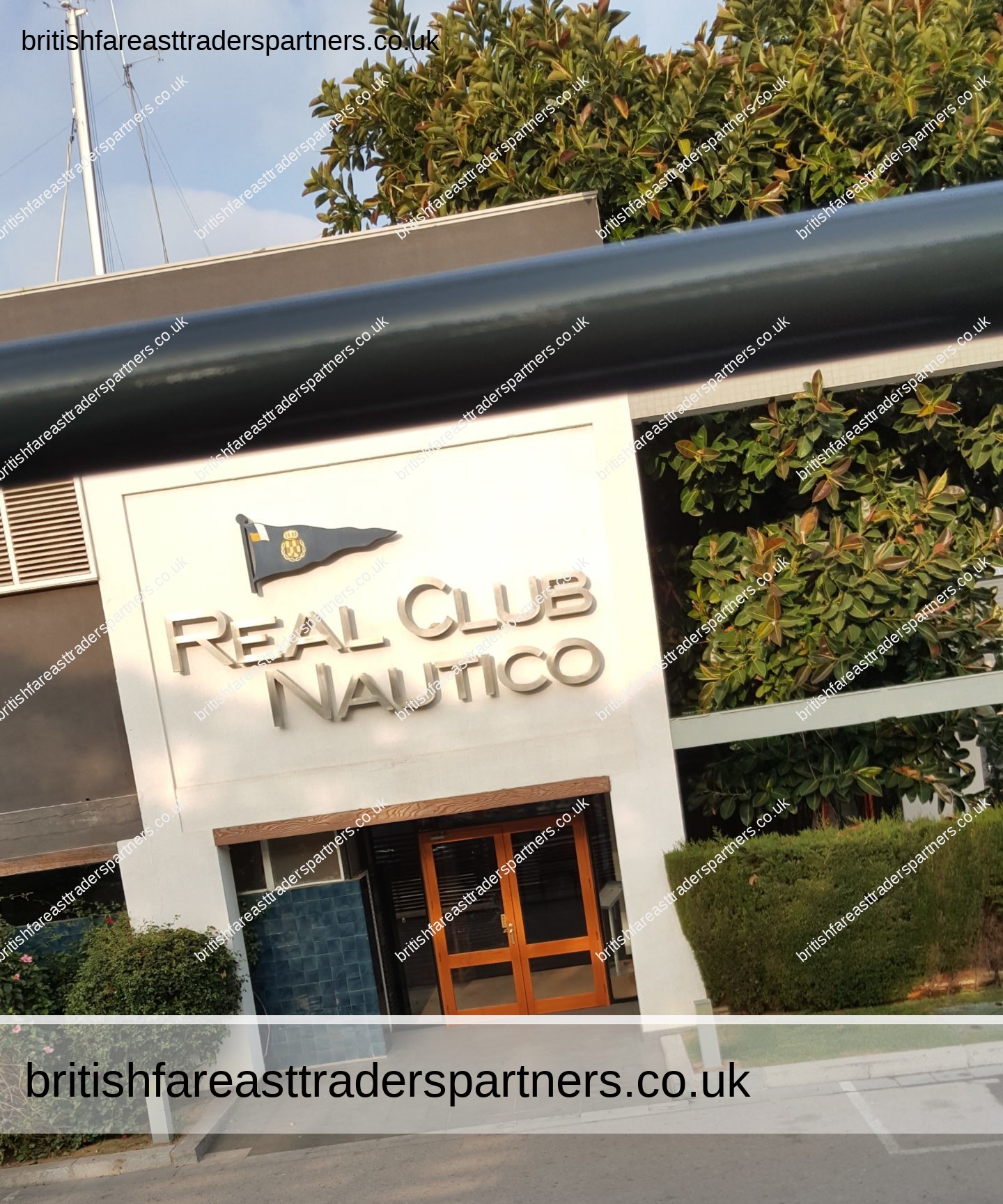
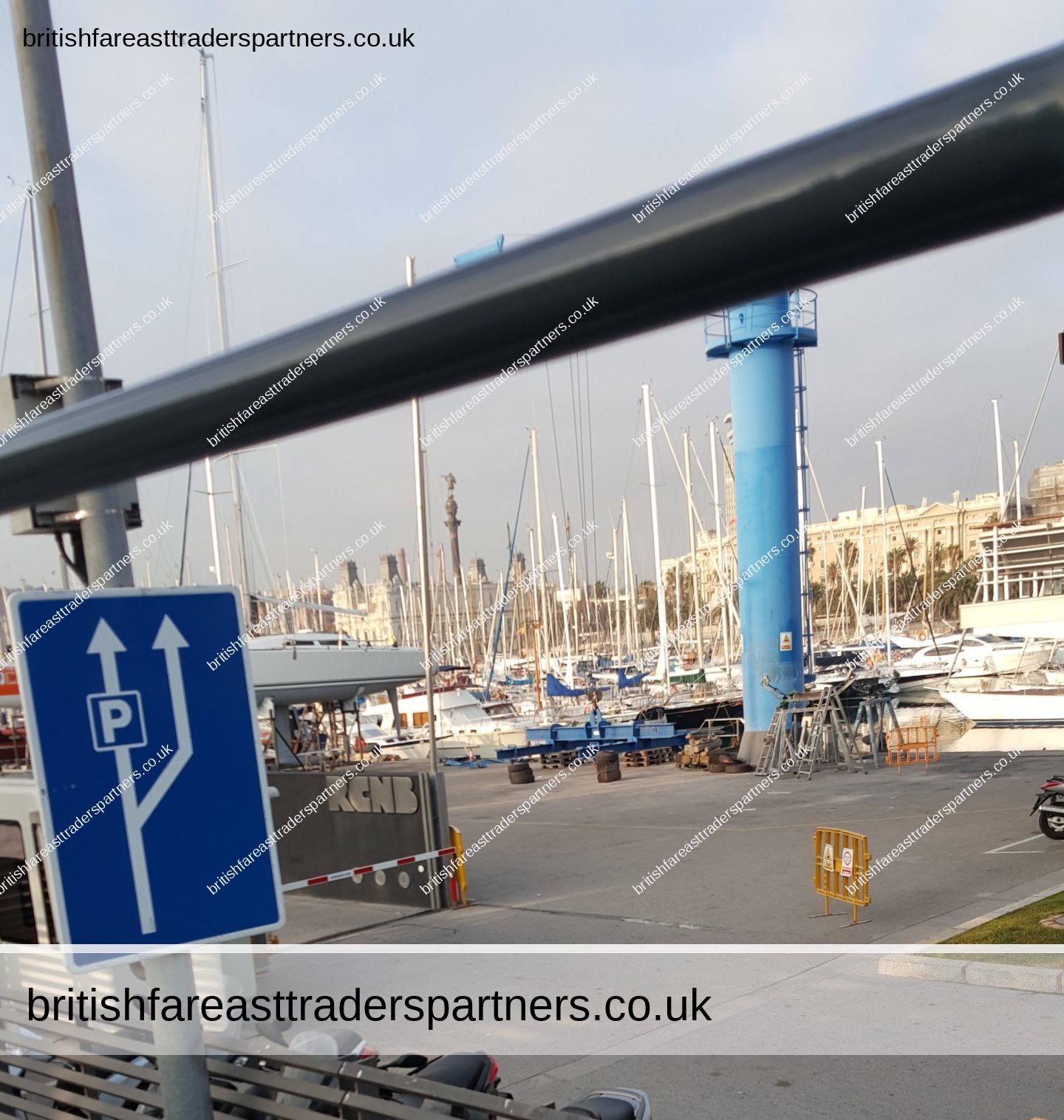
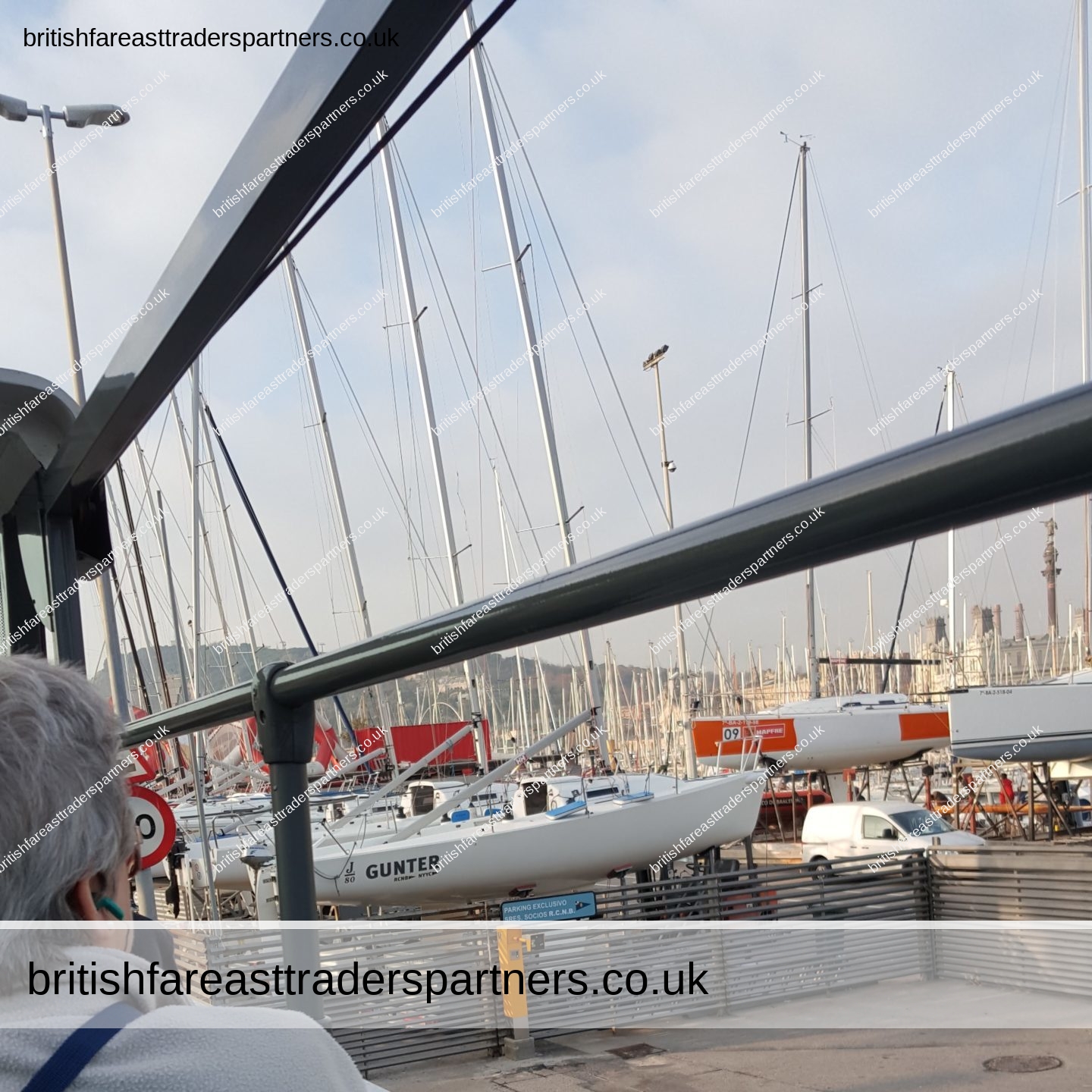

Passengers enjoy the sights and the weather while taking in the narration on headphones in their chosen language.
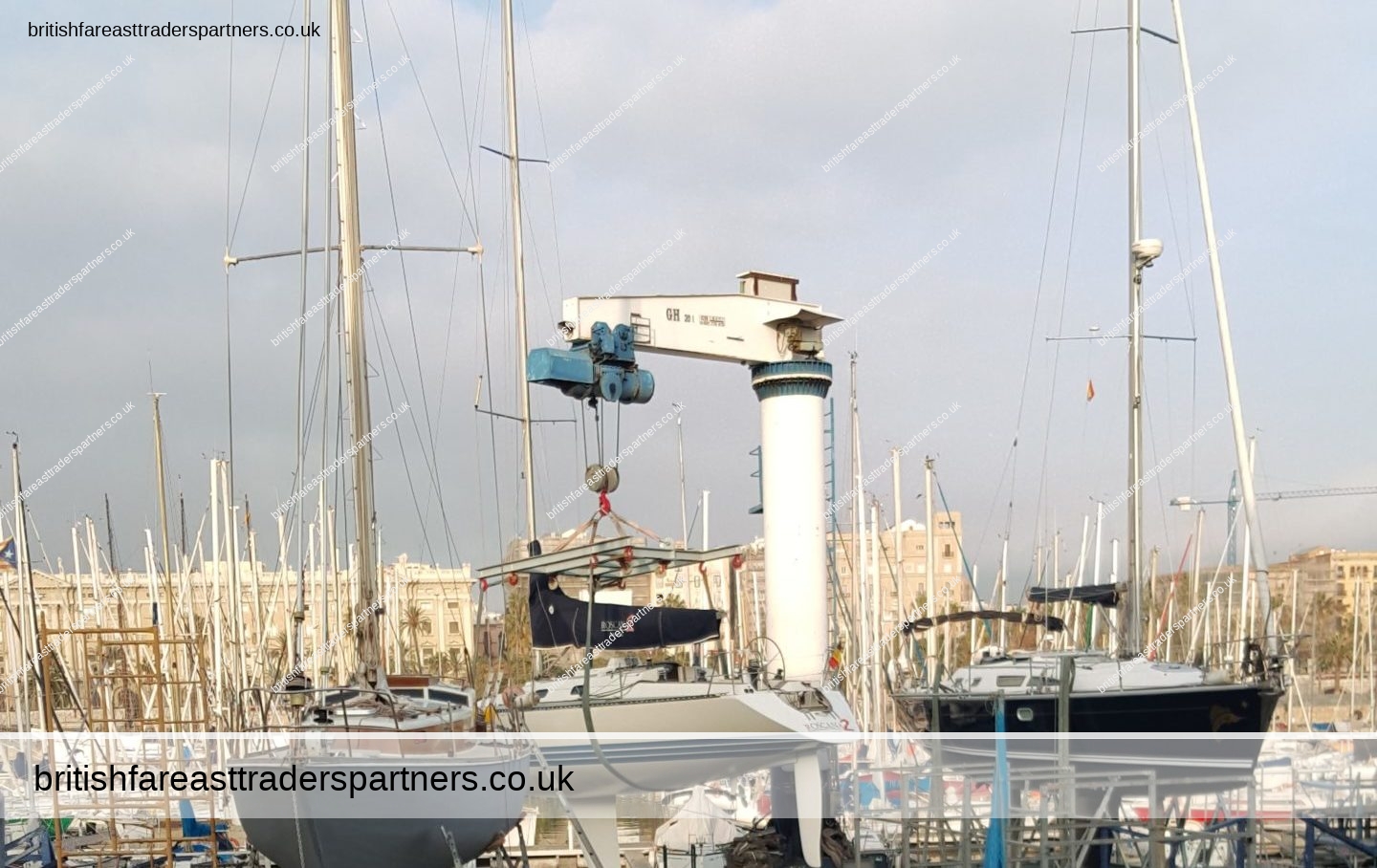

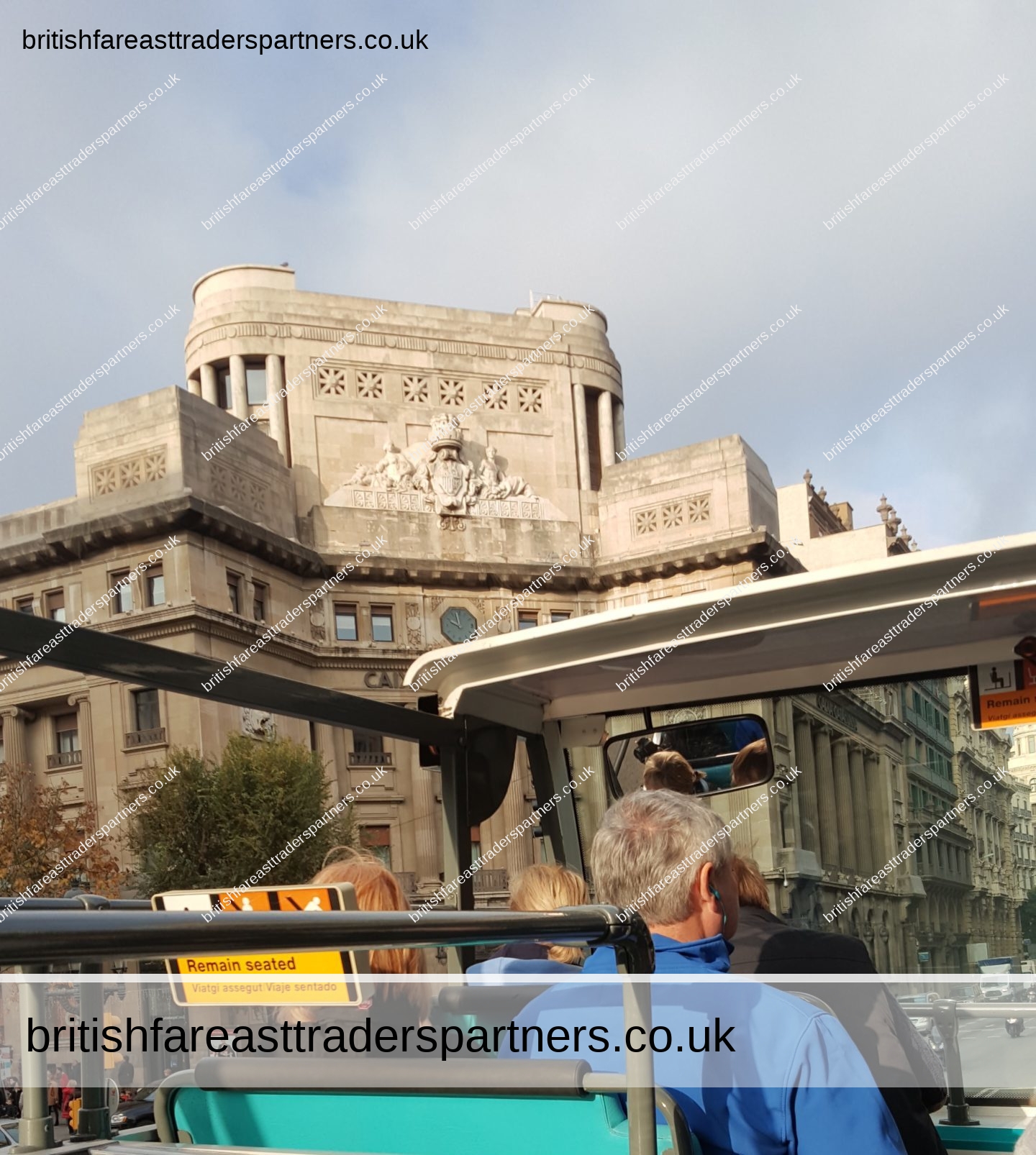
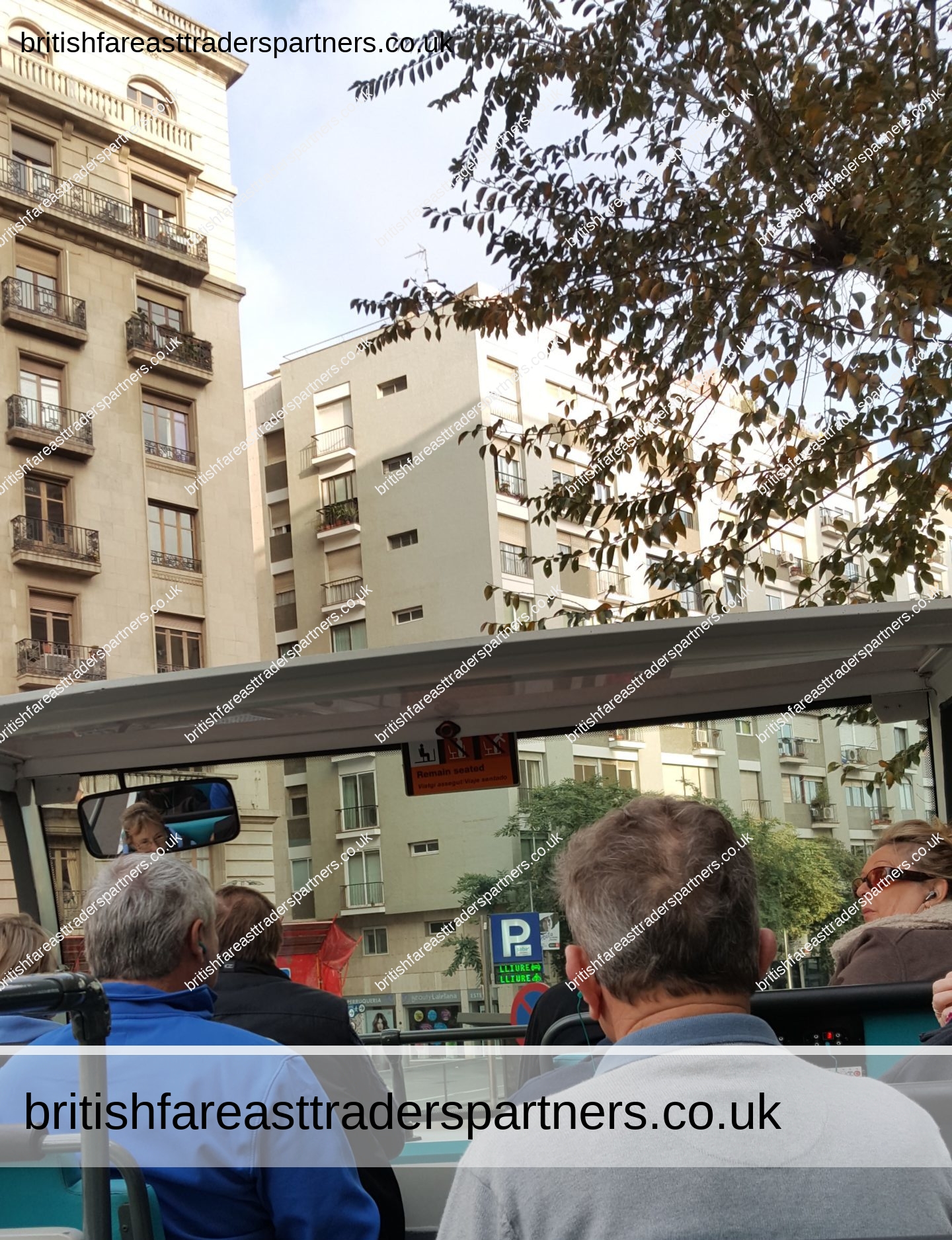
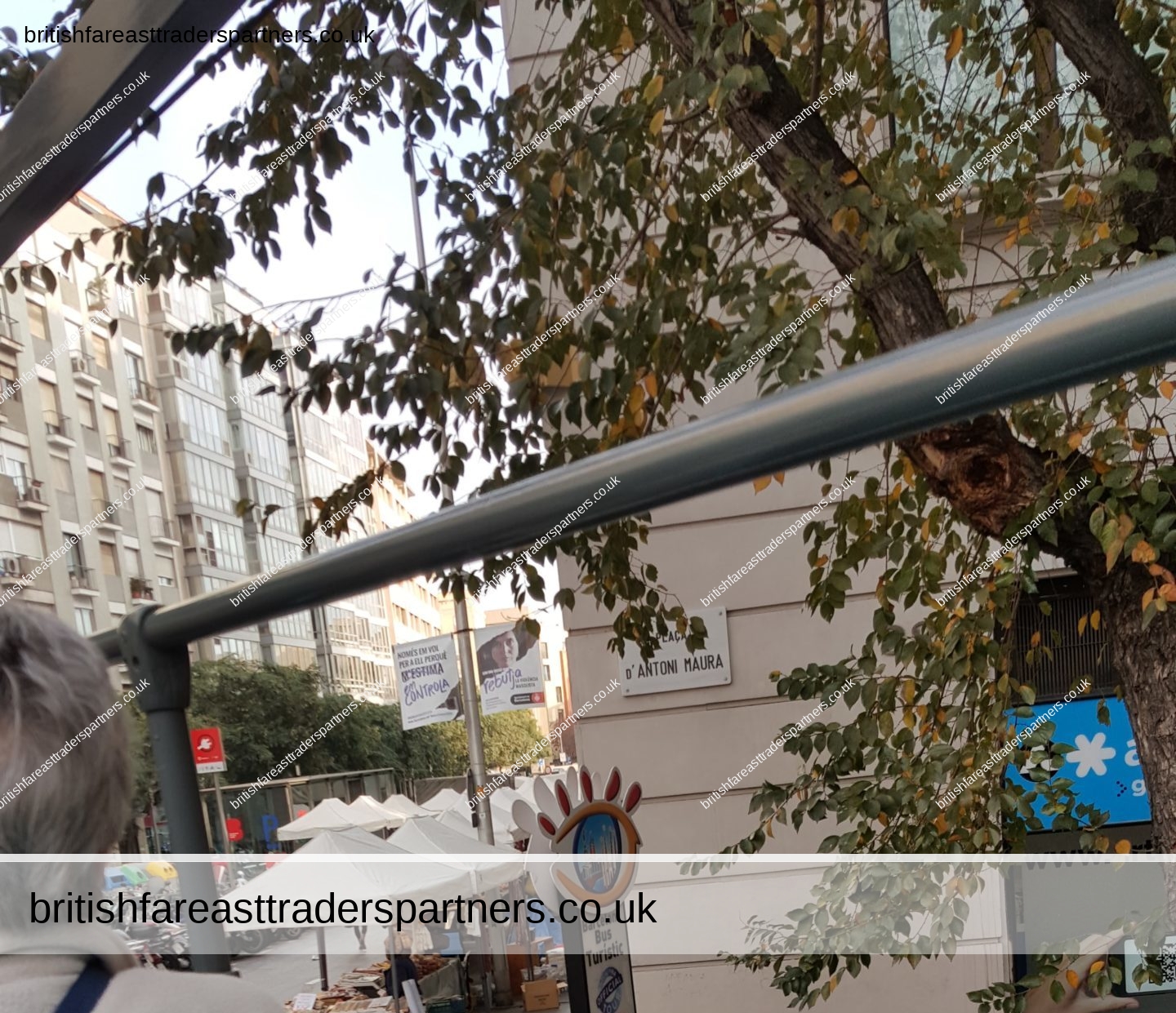
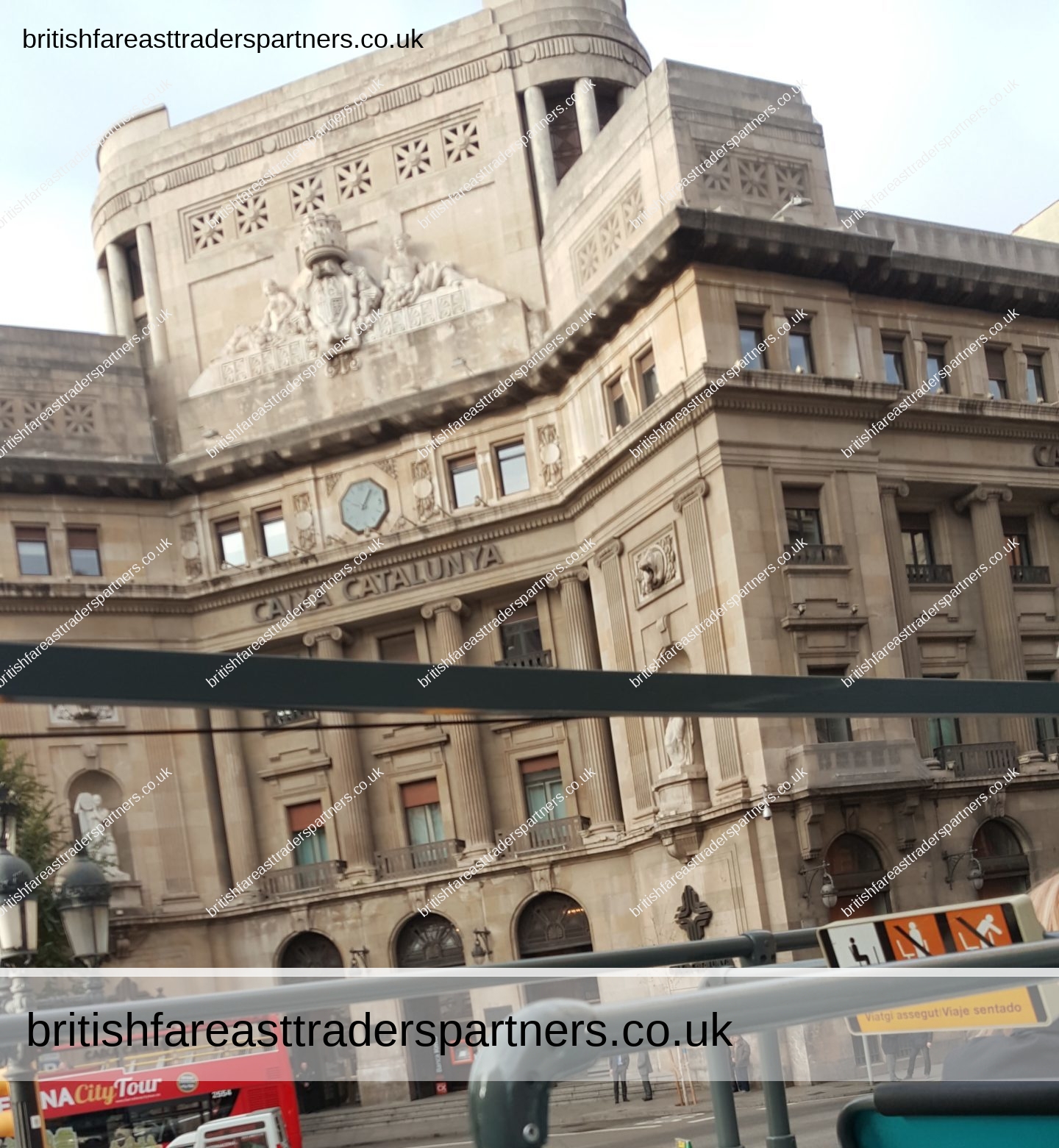
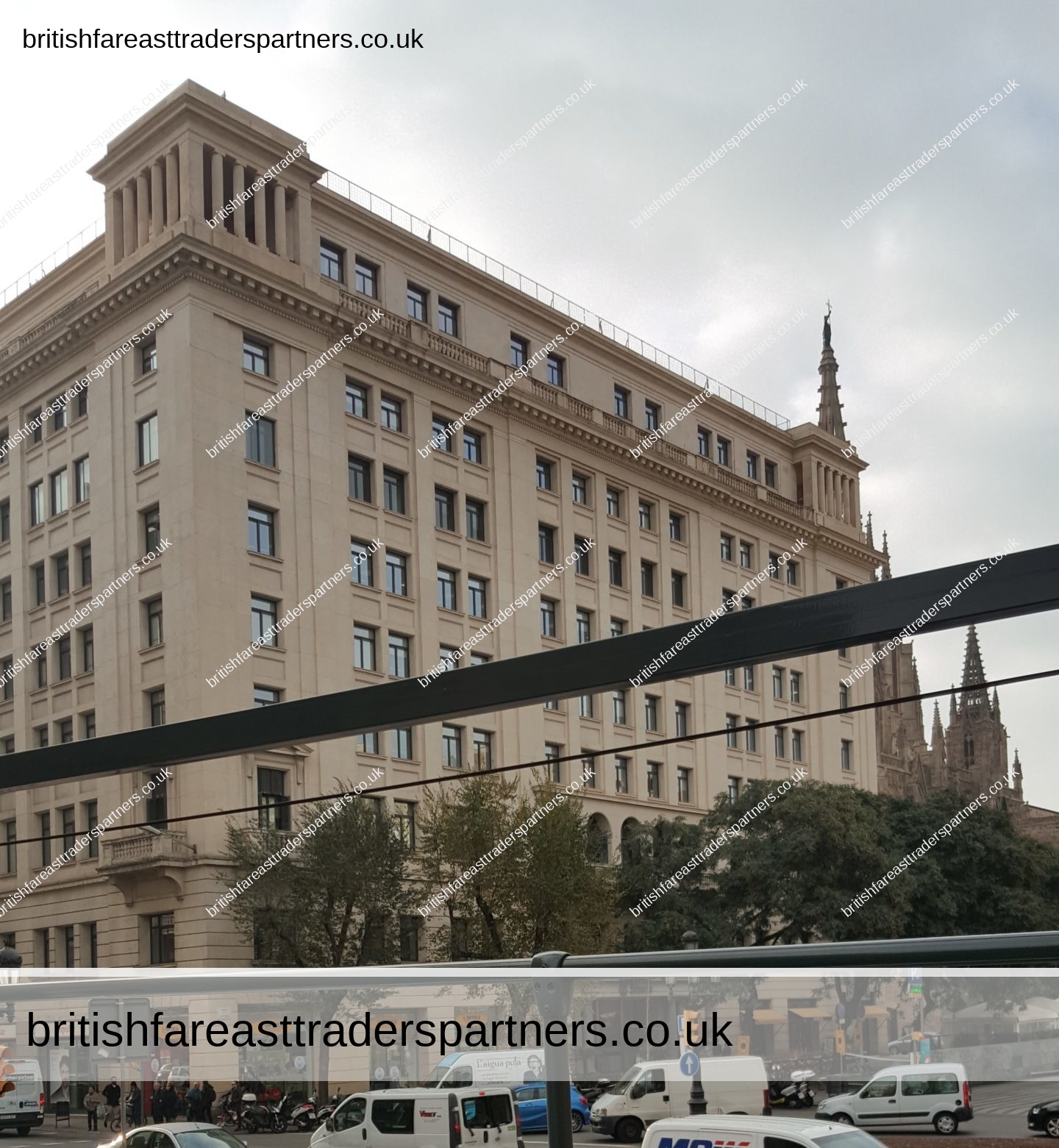
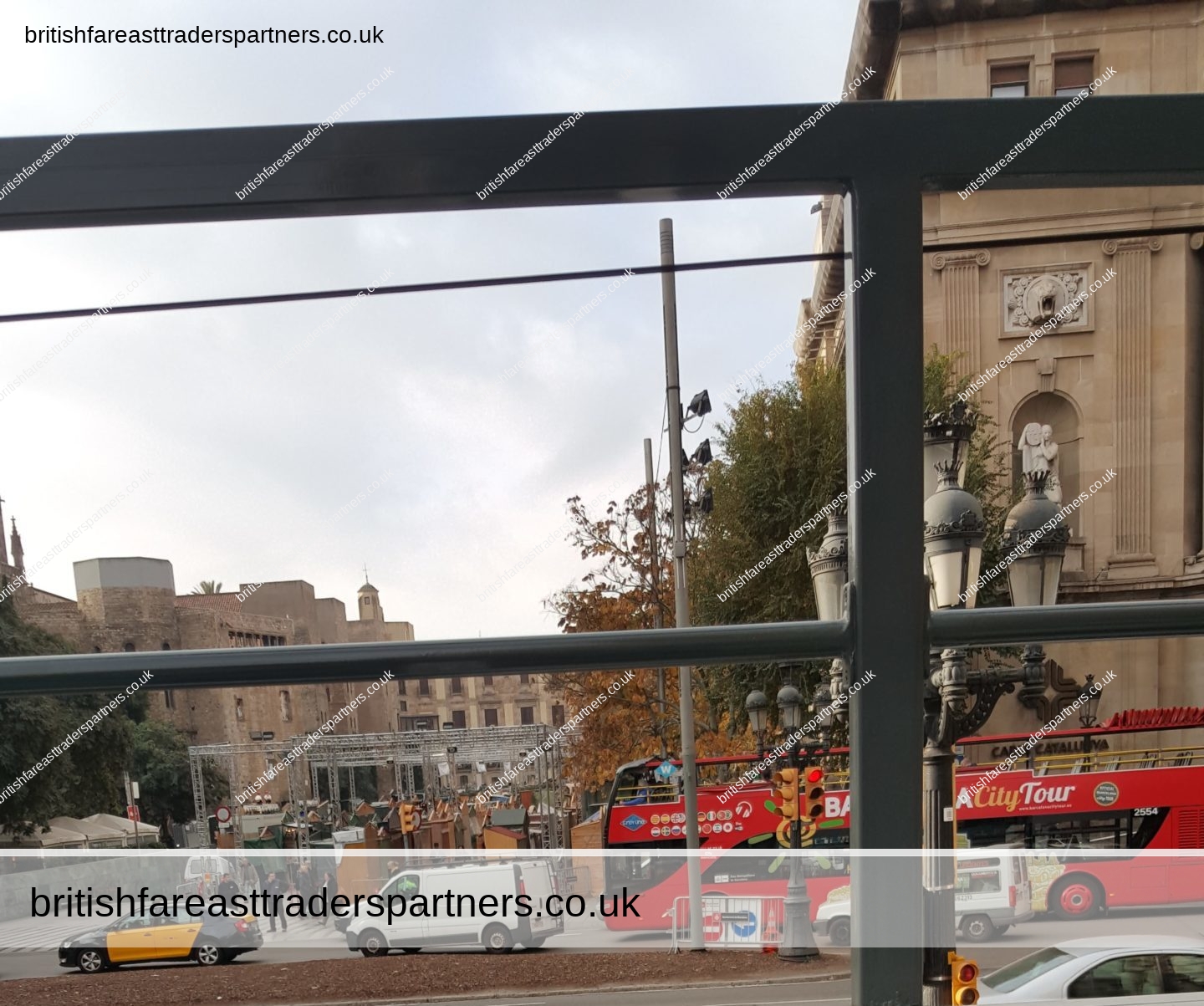
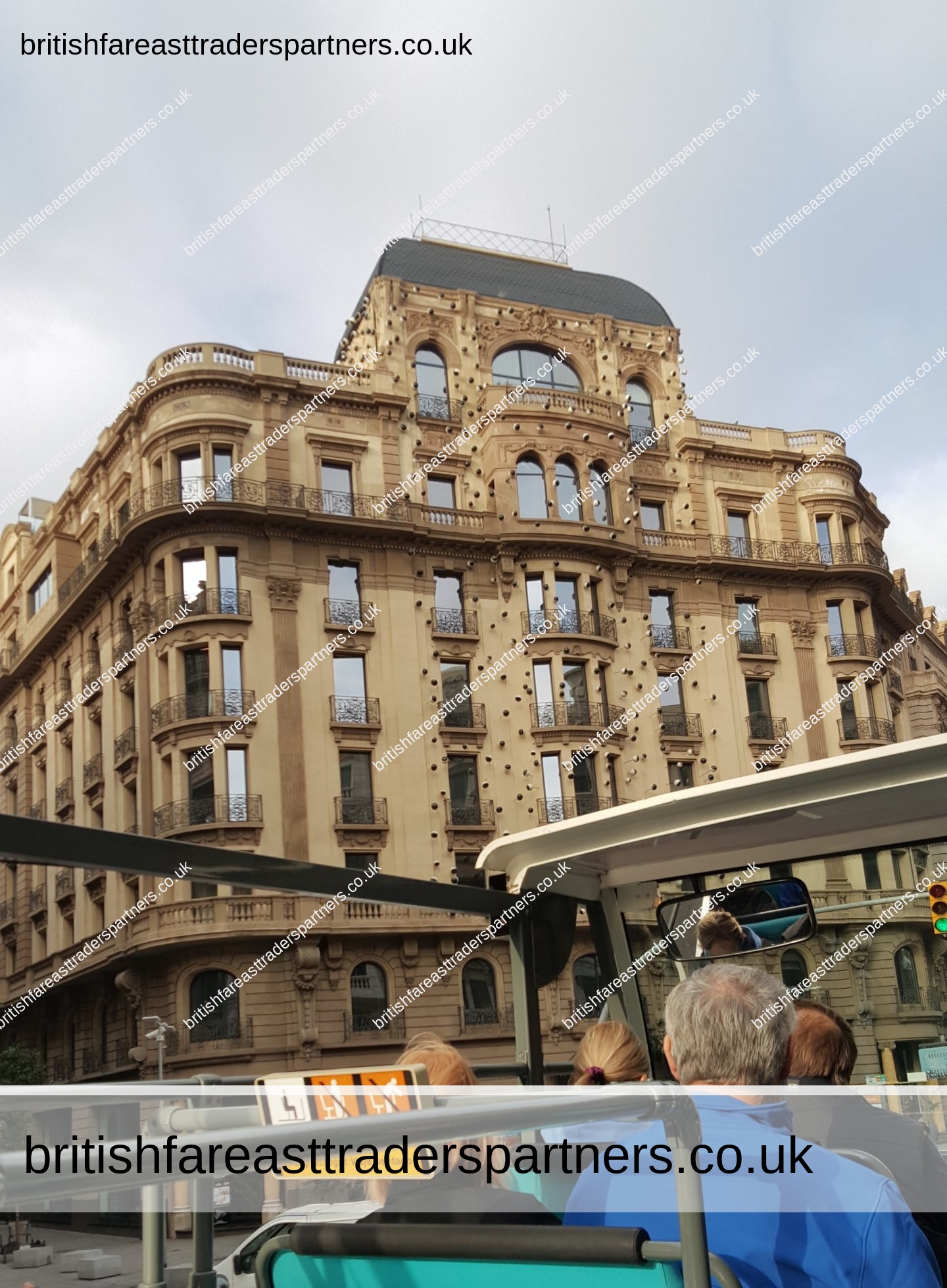
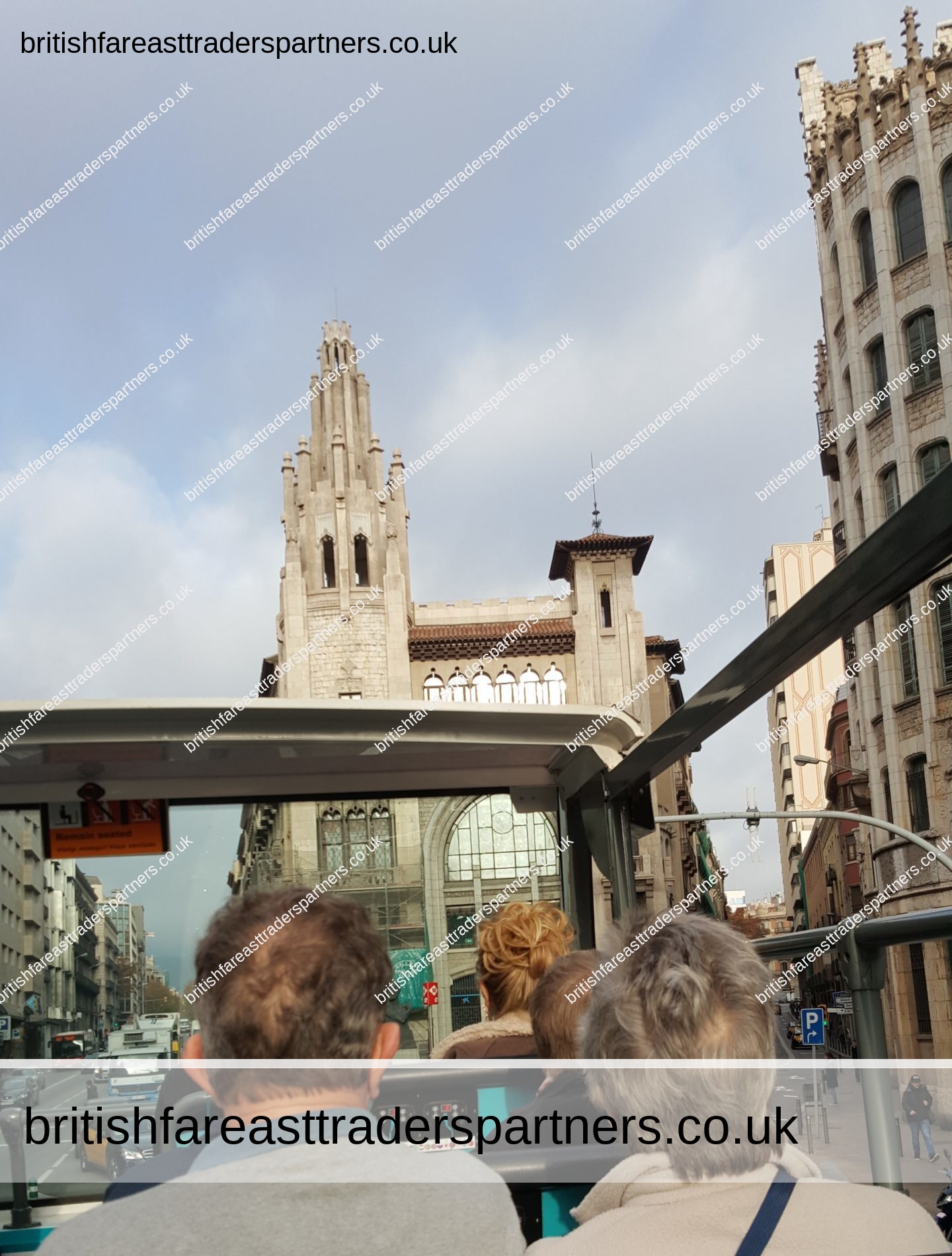

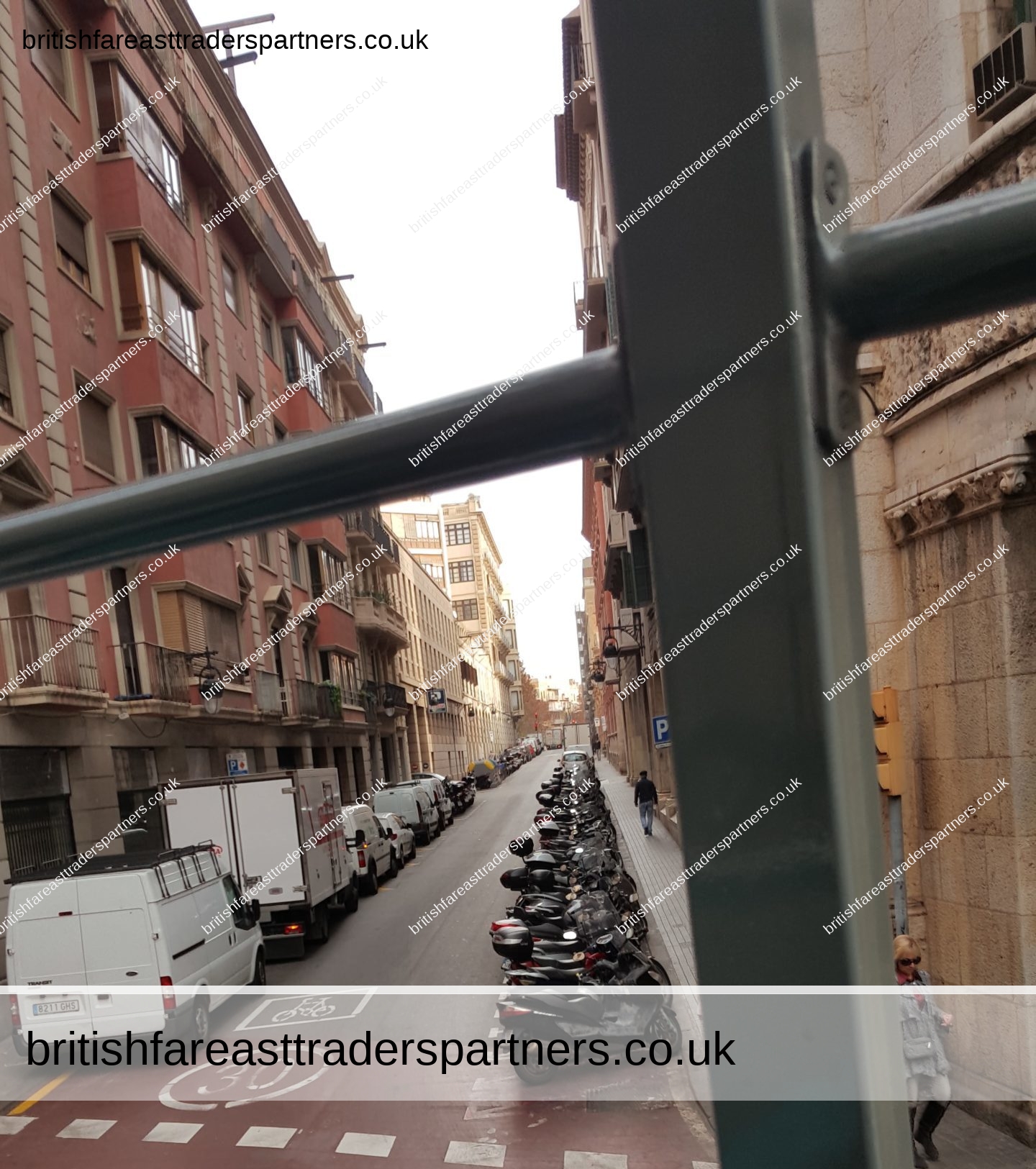
PLACA CATALUNYA
History
After the medieval city walls were demolished in the 19th century, ambitious designs for the city’s public spaces were conceived under the guidance of notable urban planners. Plaça Catalunya was conceived as part of pla Rovira in 1859, but no official permission from the government was given until the 1888 Universal Exposition. It was urbanised for the first time in 1902 and was further modified in 1929, on the occasion of the 1929 Barcelona International Exposition, which also included the construction of a metro station. Architect Francisco Nebot designed the changes made in 1929.
In May 2011 Plaça Catalunya was the main location where anti-government protests and sit ins were held in Barcelona, mirroring the events in other Spanish cities.
Text is available under the Creative Commons Attribution-ShareAlike License; additional terms may apply.
Source: https://en.wikipedia.org/wiki/Pla%C3%A7a_de_Catalunya
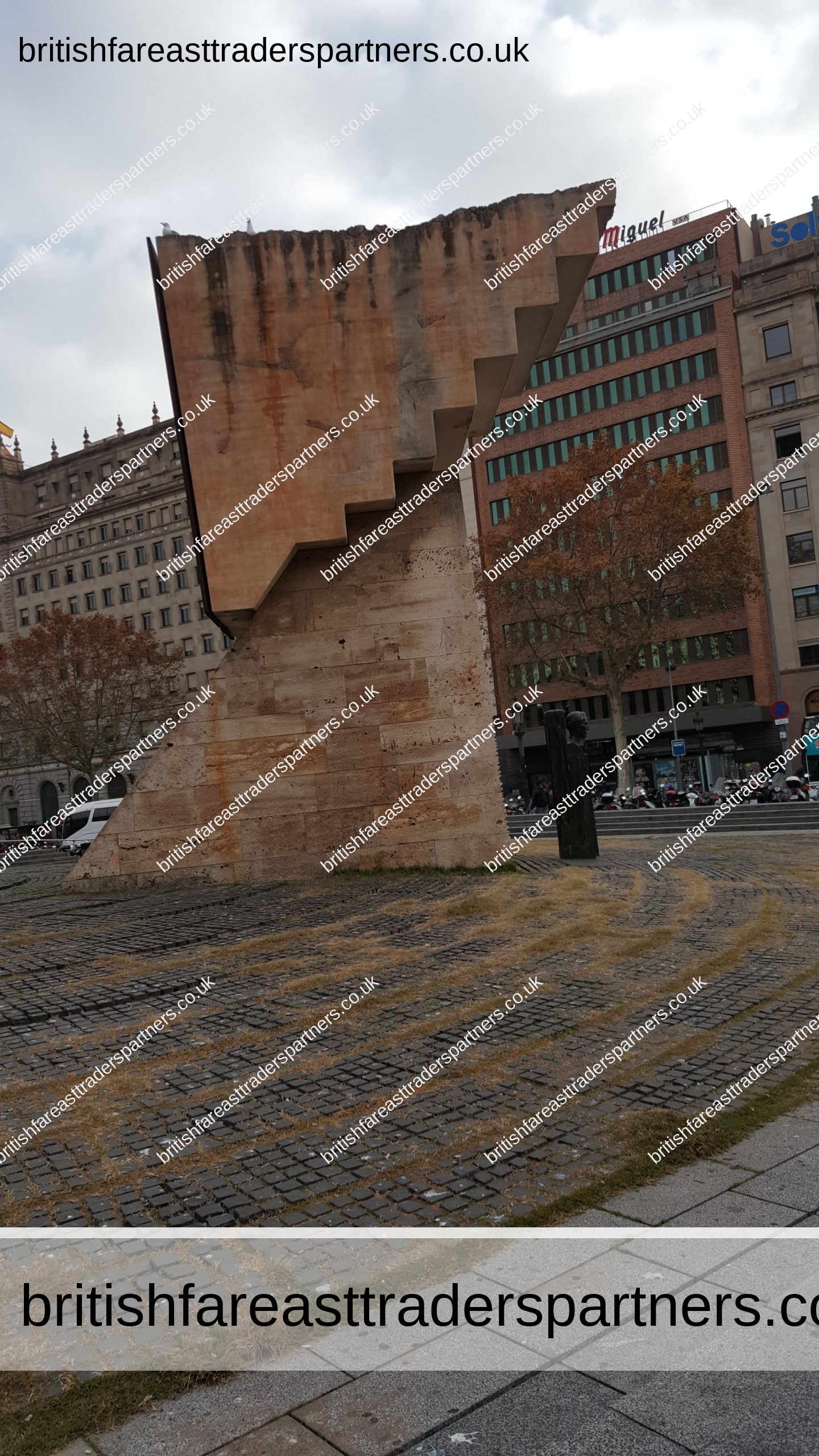
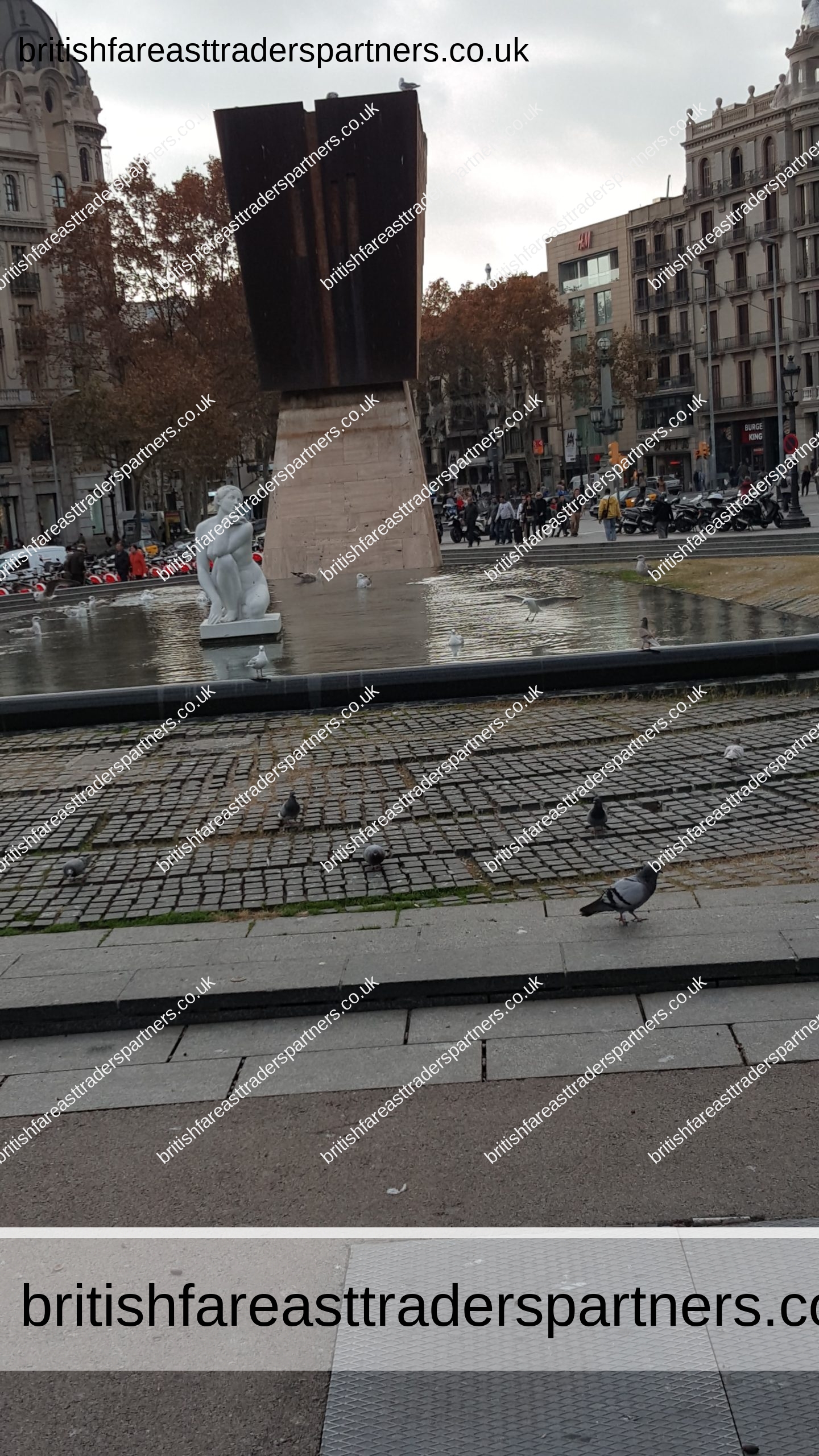
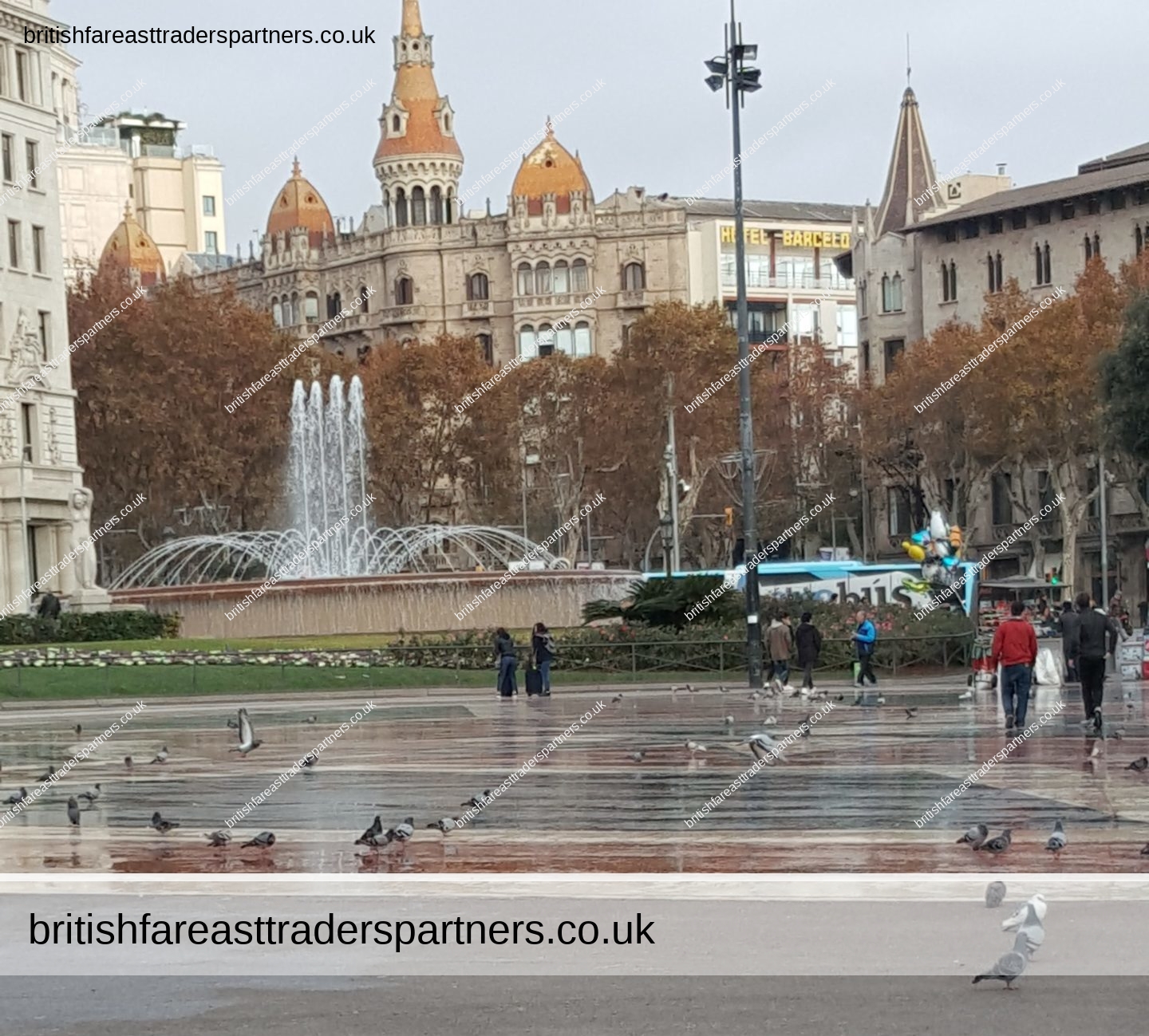
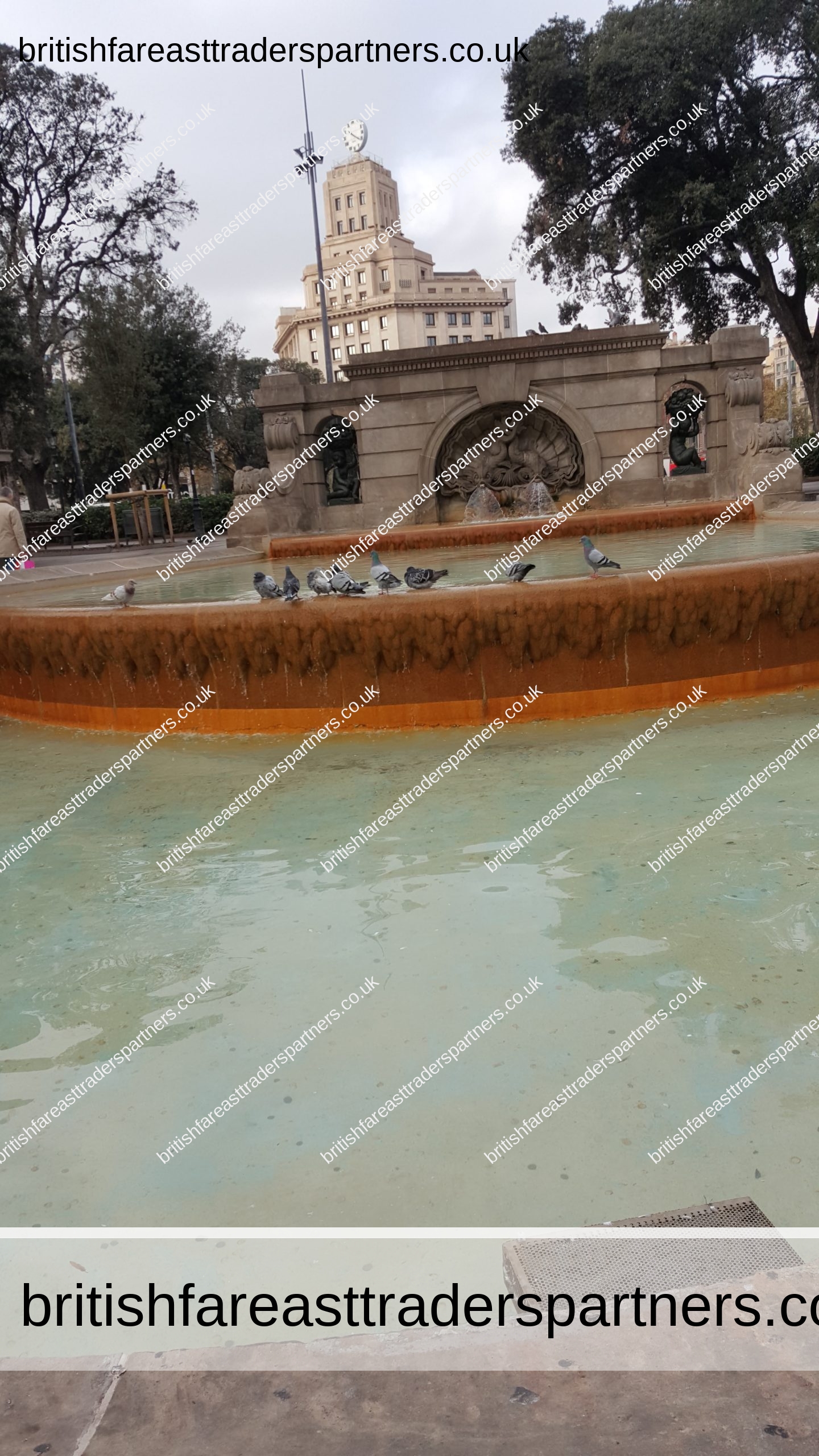
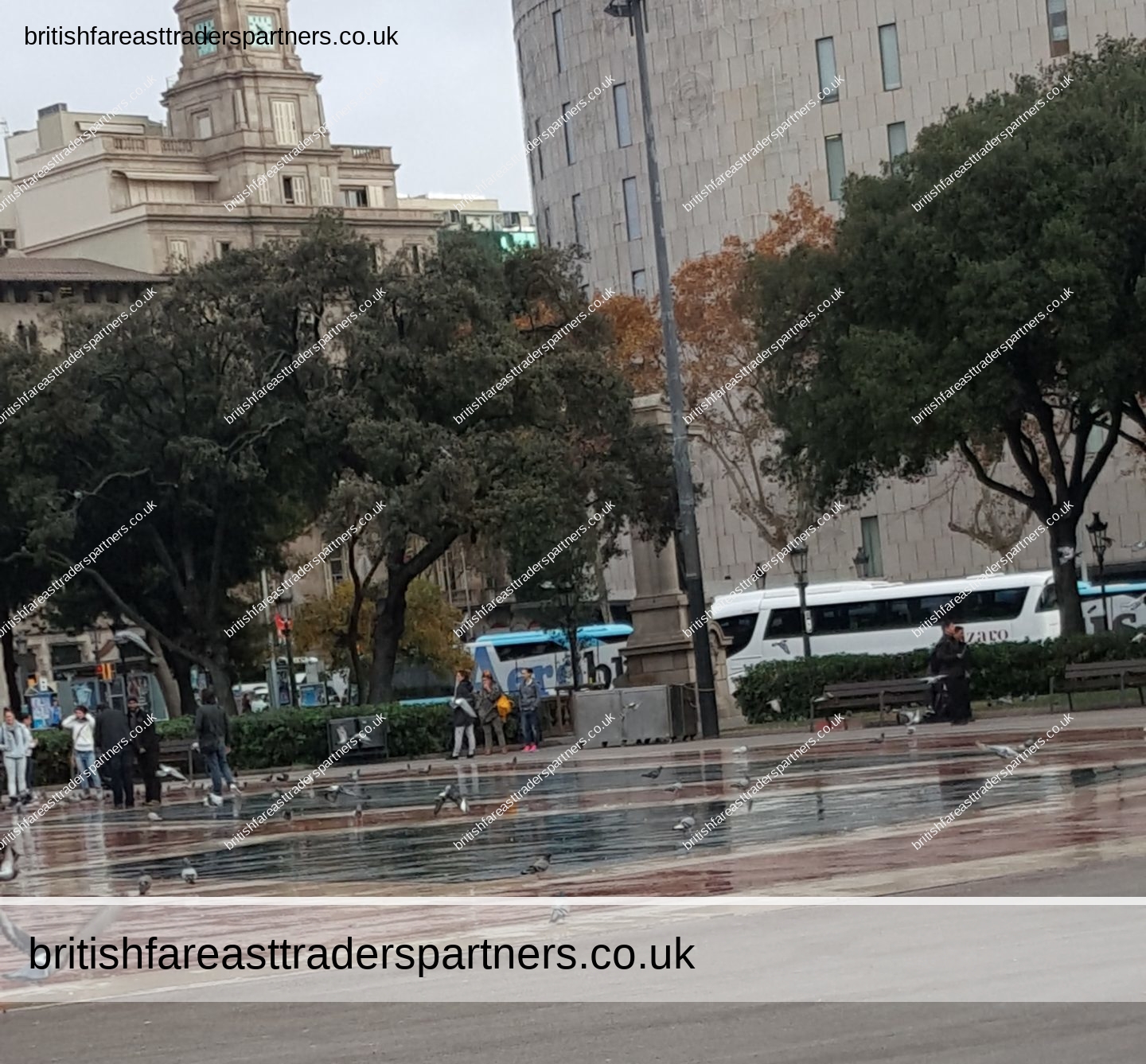
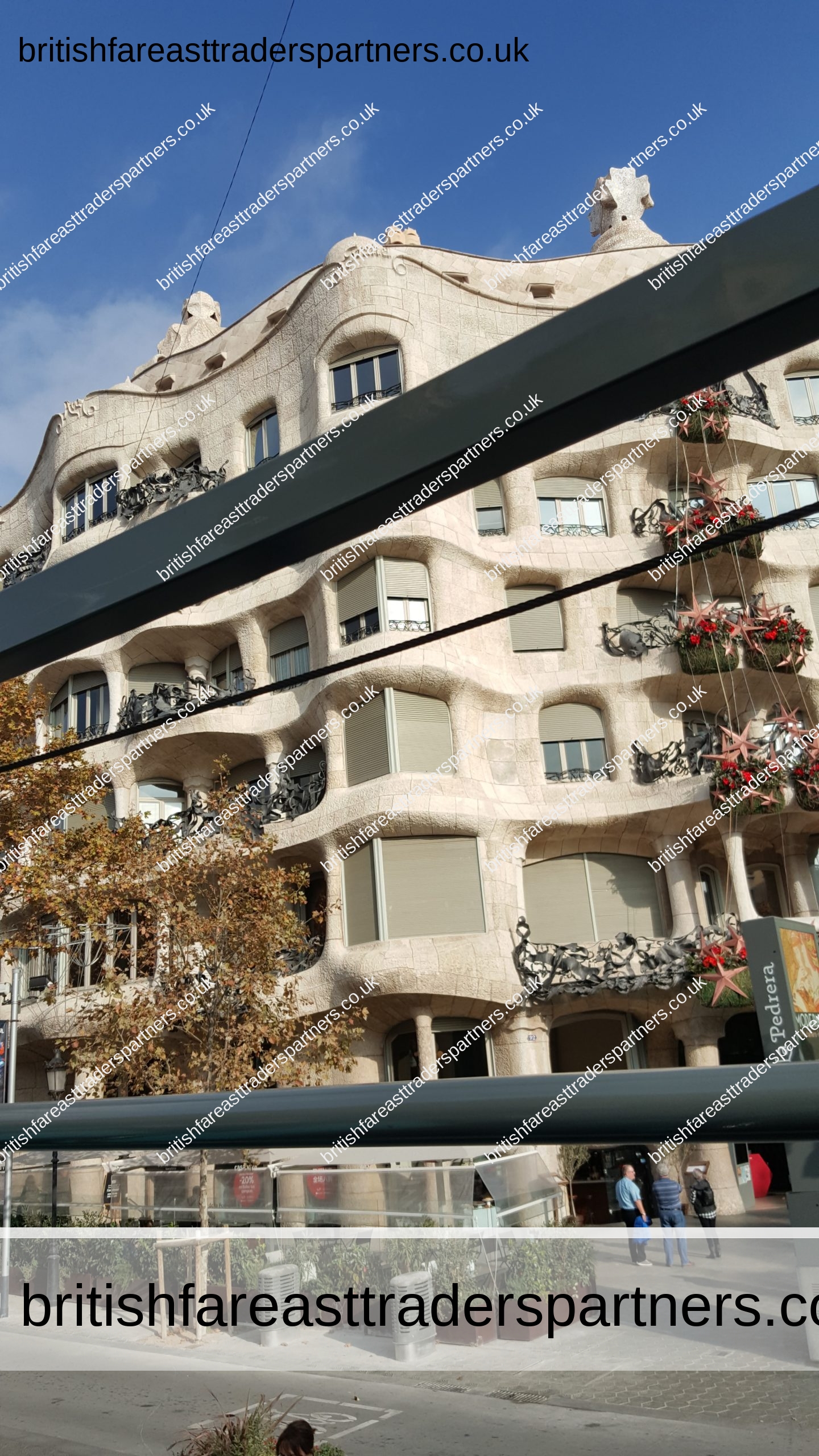
SAGRADA FAMILIA
The Basílica de la Sagrada Família [3] also known as the Sagrada Família, is a large unfinished Roman Catholic minor basilica in Barcelona, Catalonia, Spain. Designed by Spanish/Catalan architect Antoni Gaudí (1852–1926), his work on the building is part of a UNESCO World Heritage Site.[4] On 7 November 2010, Pope Benedict XVI consecrated the church and proclaimed it a minor basilica.[5][6][7]
On 19 March 1882, construction of the Sagrada Família began under architect Francisco de Paula del Villar. In 1883, when Villar resigned,[4] Gaudí took over as chief architect, transforming the project with his architectural and engineering style, combining Gothic and curvilinear Art Nouveau forms. Gaudí devoted the remainder of his life to the project, and he is buried in the crypt. At the time of his death in 1926, less than a quarter of the project was complete.[8]
Relying solely on private donations, the Sagrada Família’s construction progressed slowly and was interrupted by the Spanish Civil War. In July 1936, revolutionaries set fire to the crypt and broke their way into the workshop, partially destroying Gaudí’s original plans, drawings and plaster models, which led to 16 years work to piece together the fragments of the master model.[9] Construction resumed to intermittent progress in the 1950s. Advancements in technologies such as computer aided design and computerised numerical control (CNC) have since enabled faster progress and construction passed the midpoint in 2010. However, some of the project’s greatest challenges remain, including the construction of ten more spires, each symbolising an important Biblical figure in the New Testament.[8] It is anticipated that the building can be completed by 2026, the centenary of Gaudí’s death.[10]
The basilica has a long history of splitting opinion among the residents of Barcelona: over the initial possibility it might compete with Barcelona’s cathedral, over Gaudí’s design itself, over the possibility that work after Gaudí’s death disregarded his design,[11] and the 2007 proposal to build a tunnel of Spain’s high-speed rail link to France which could disturb its stability.[12] Describing the Sagrada Família, art critic Rainer Zerbst said “it is probably impossible to find a church building anything like it in the entire history of art”,[13] and Paul Goldberger describes it as “the most extraordinary personal interpretation of Gothic architecture since the Middle Ages”.[14] The basilica is not the cathedral church of the Archdiocese of Barcelona, as that title belongs to the Cathedral of the Holy Cross and Saint Eulalia.
Text is available under the Creative Commons Attribution-ShareAlike License; additional terms may apply.
Source: https://en.wikipedia.org/wiki/Sagrada_Fam%C3%ADlia
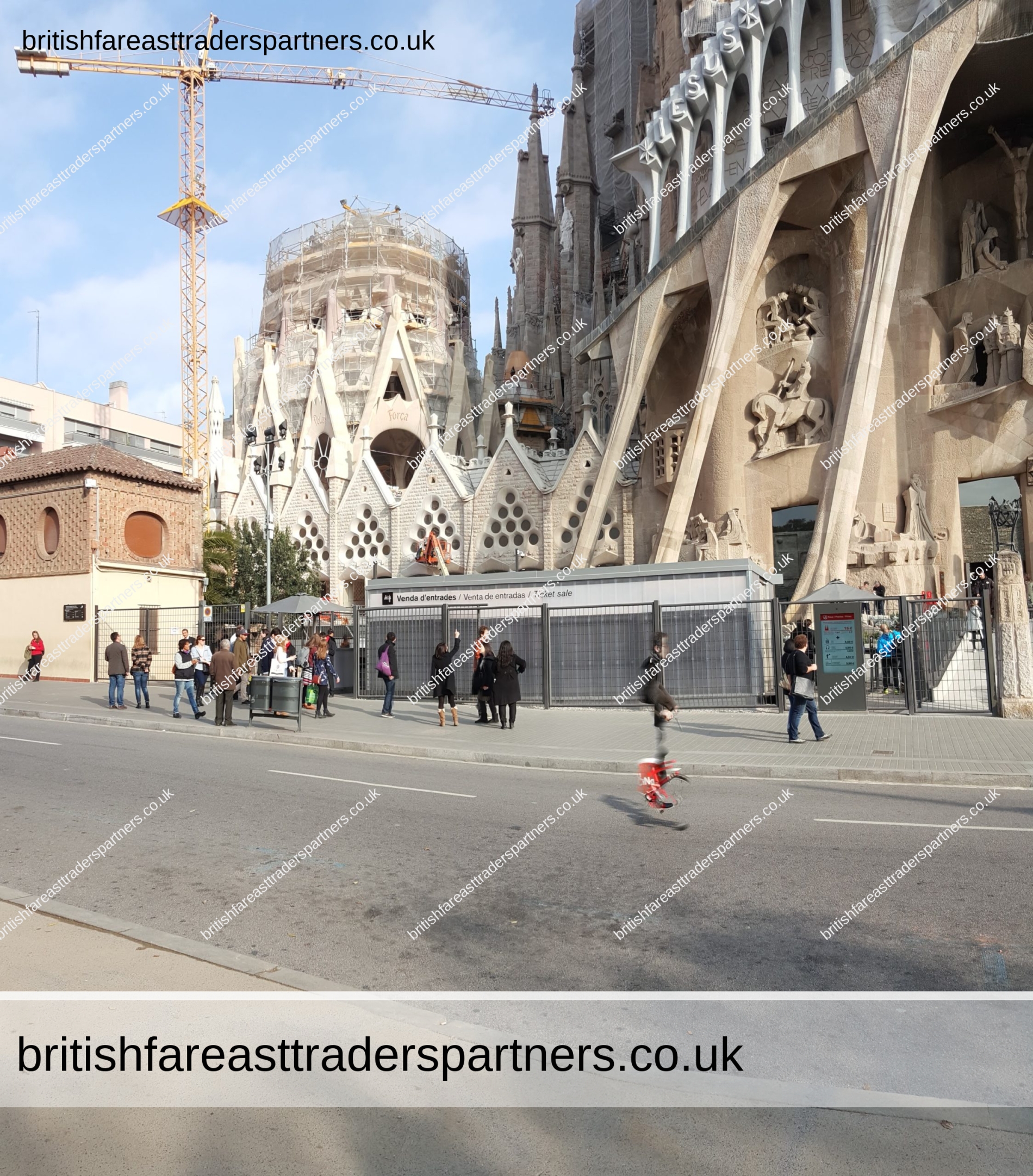
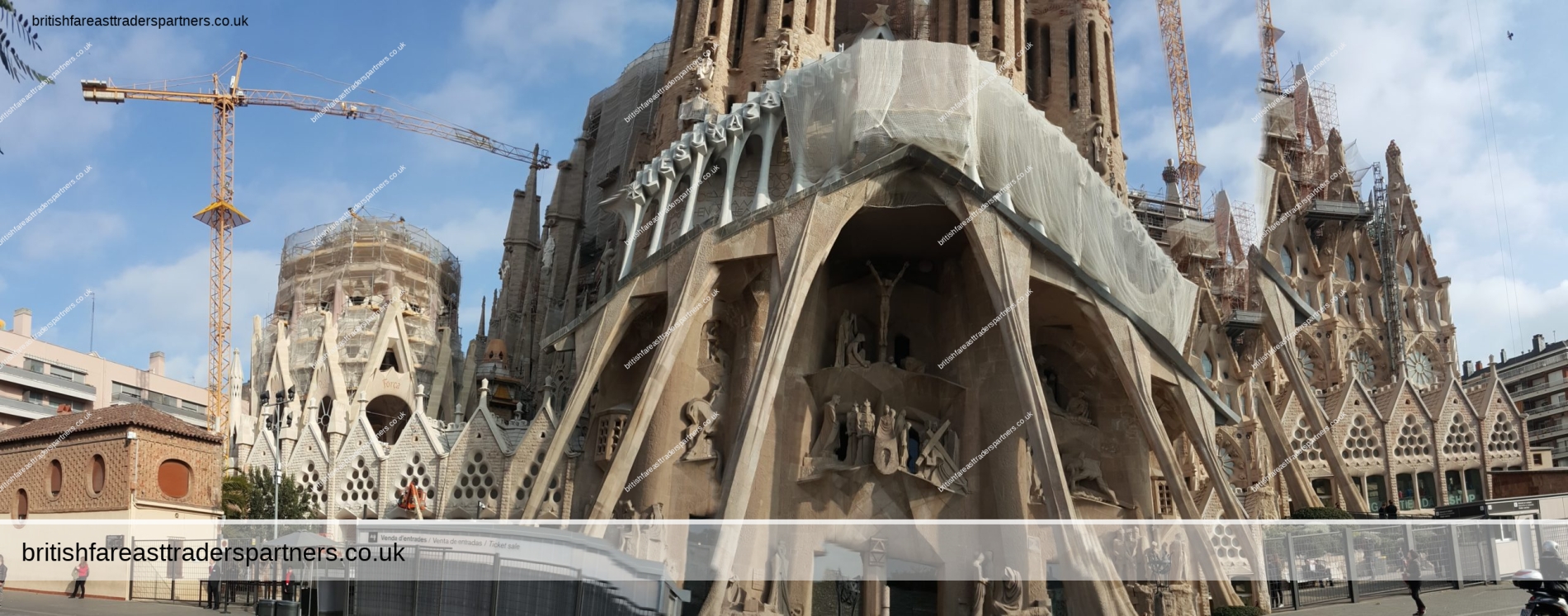
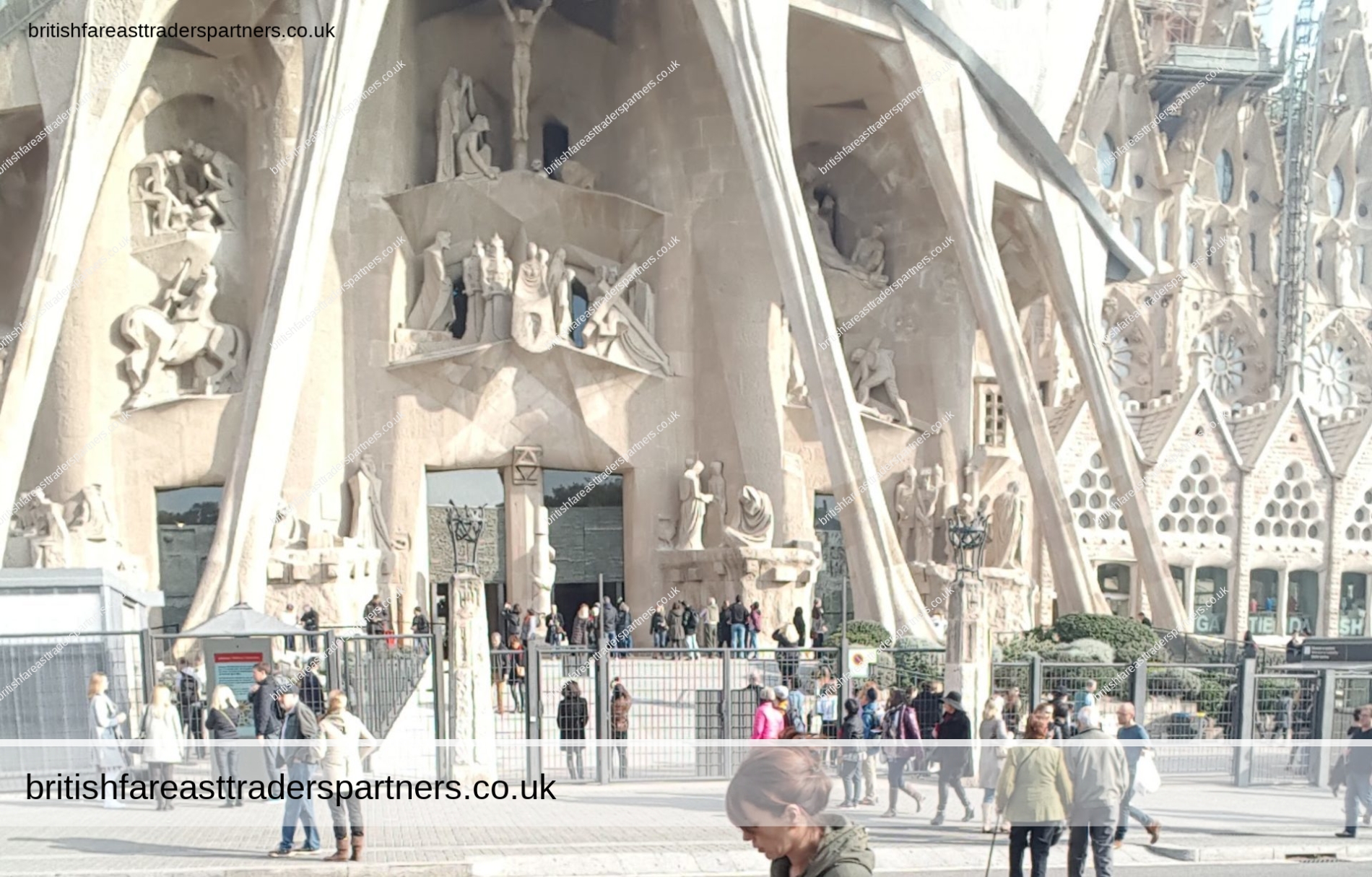
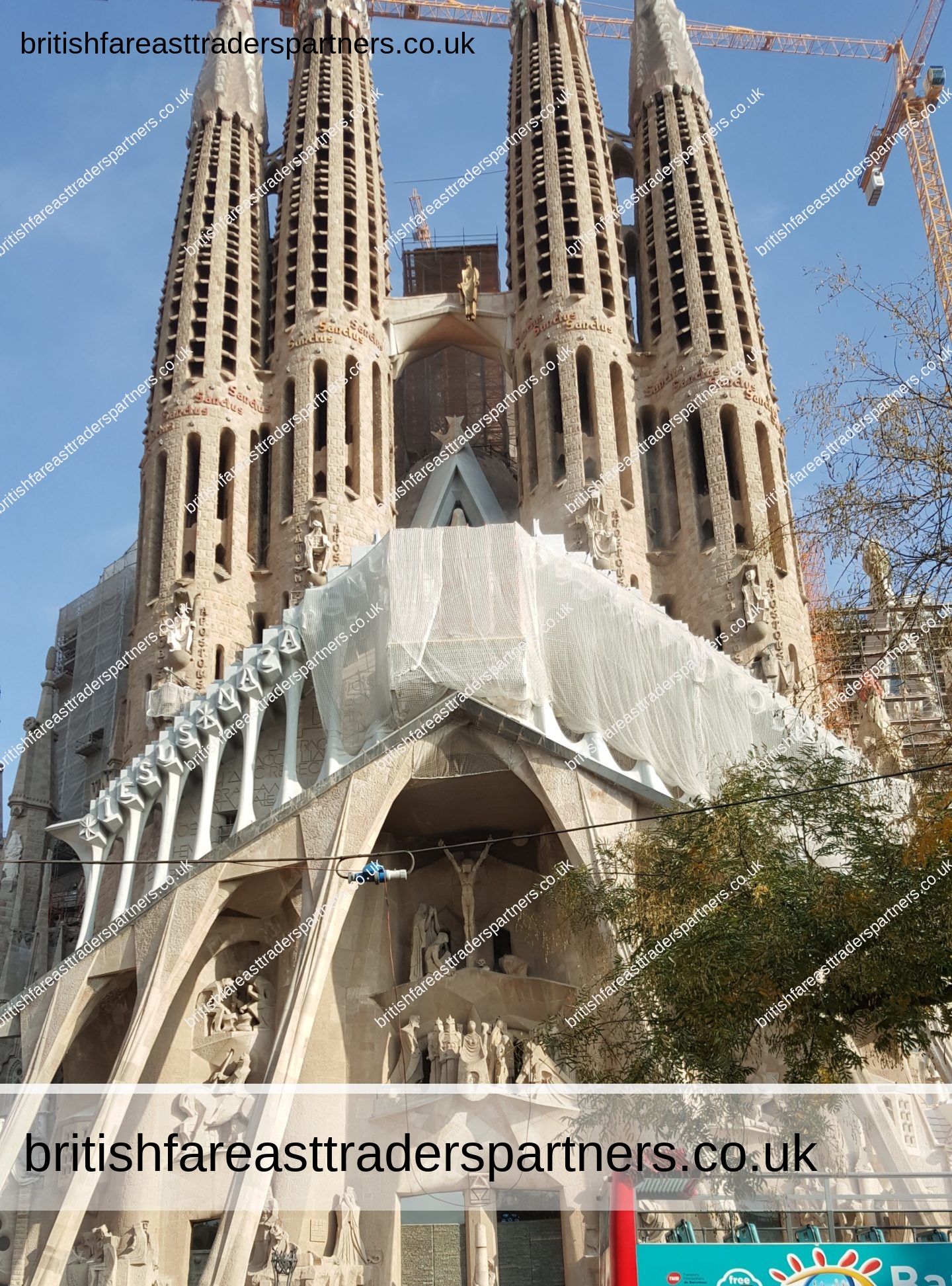
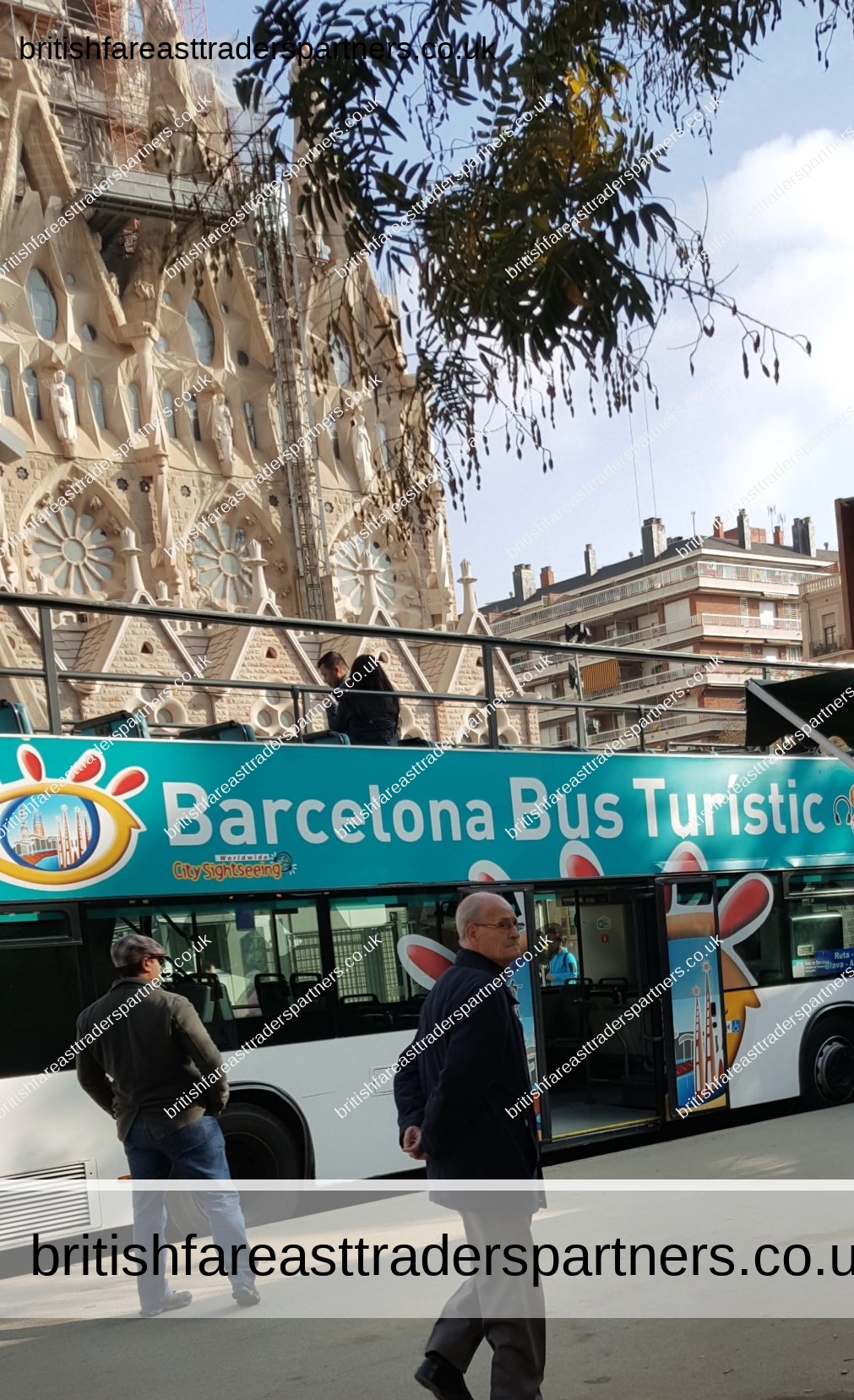
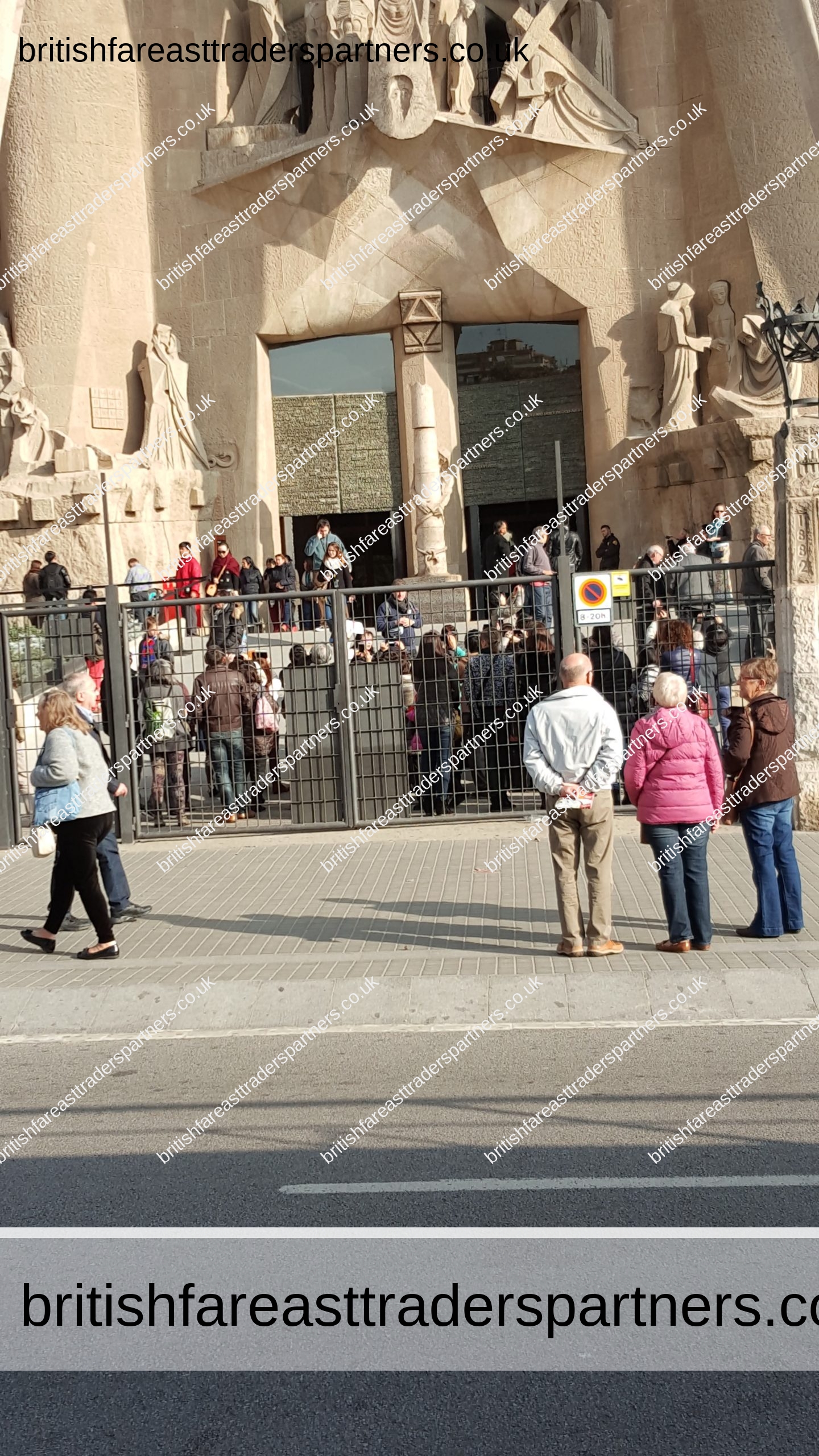
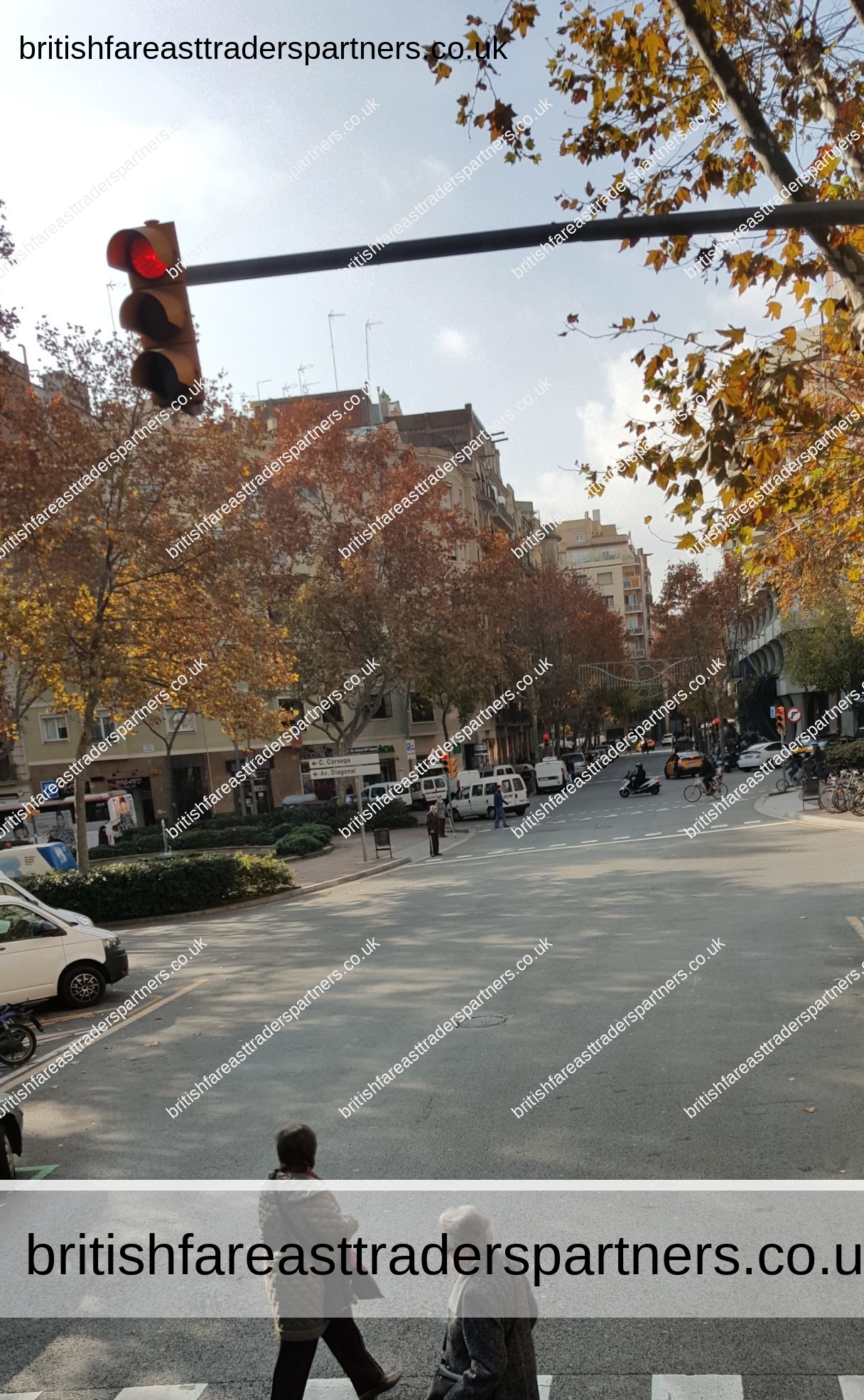
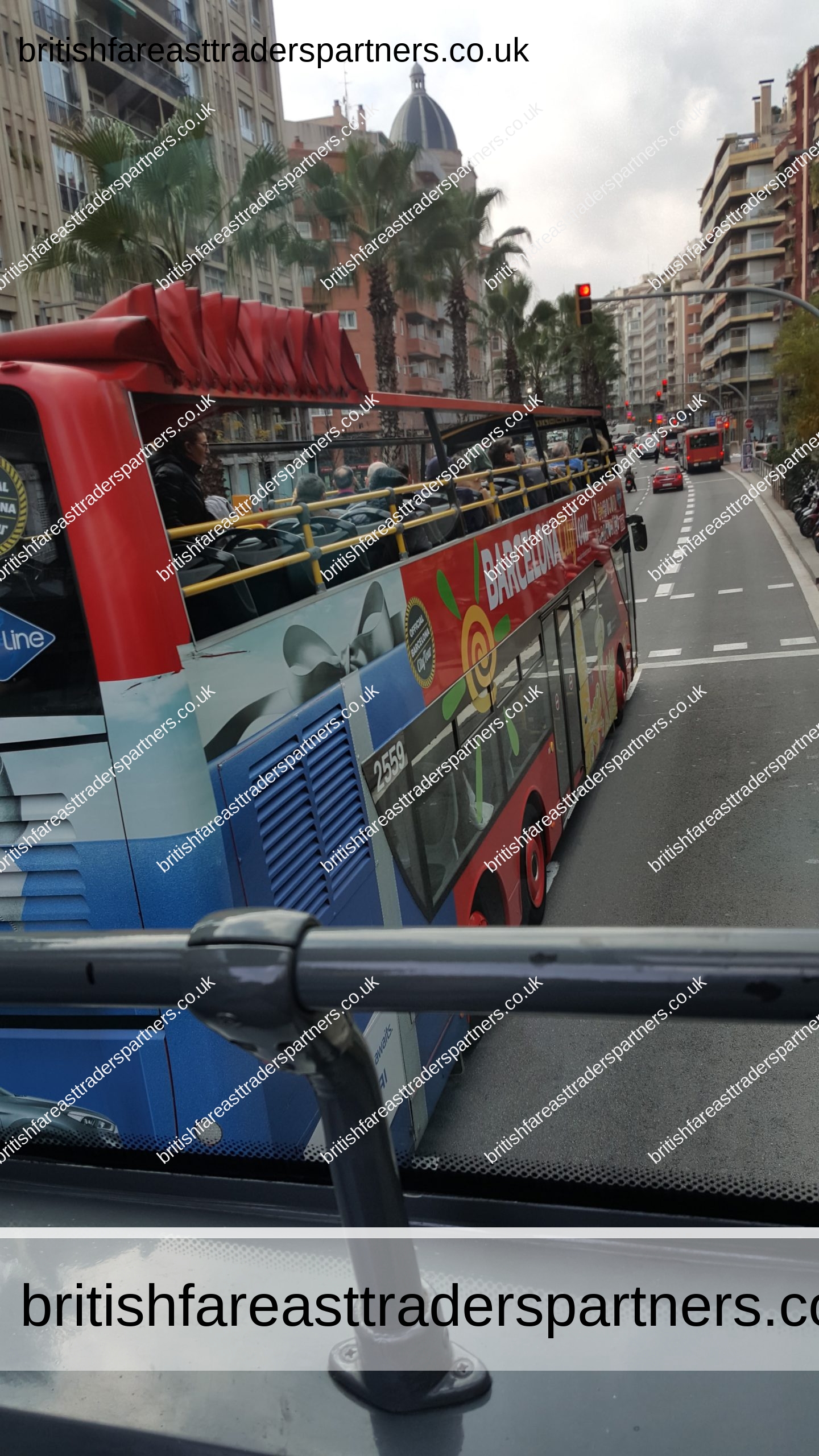
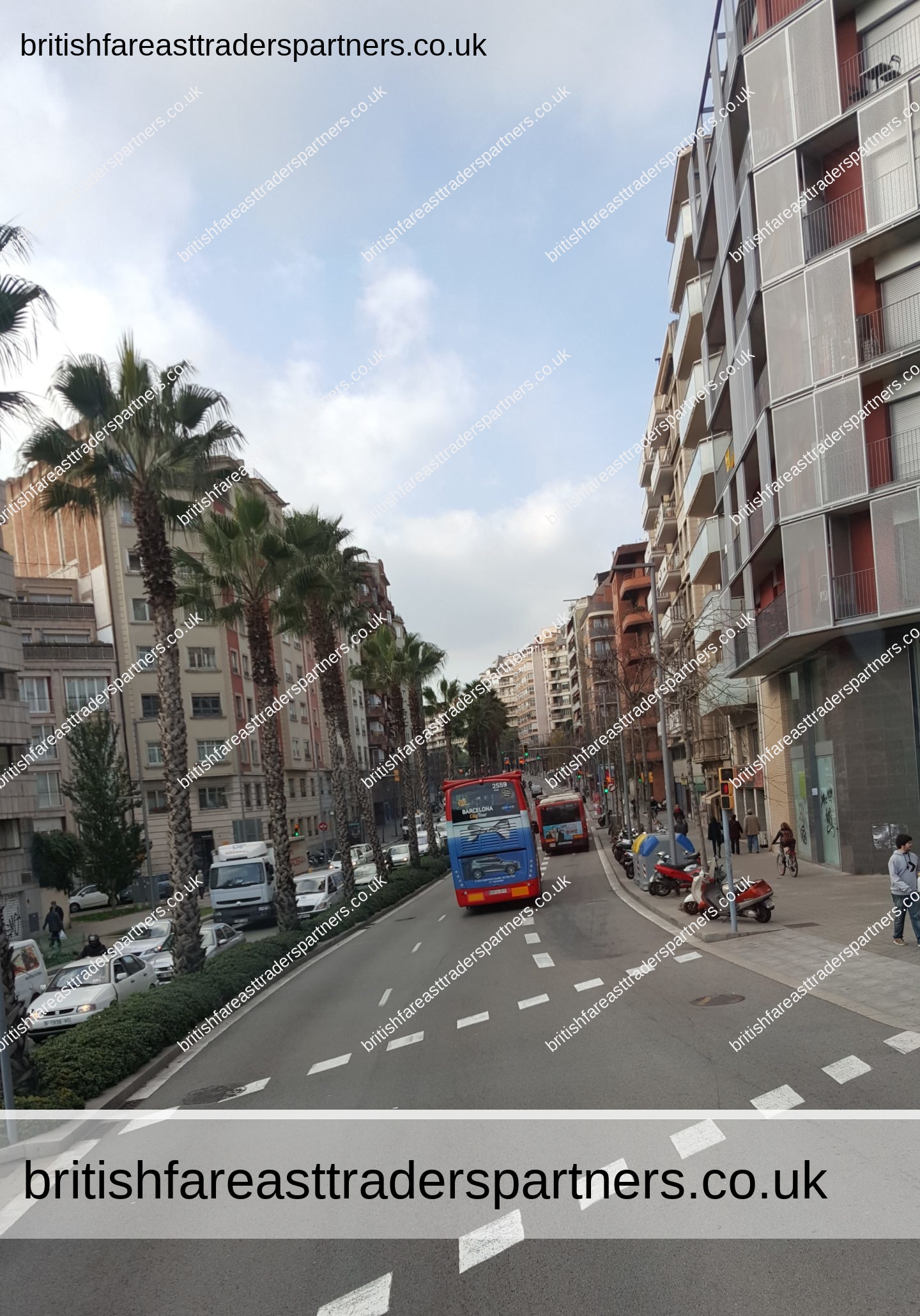
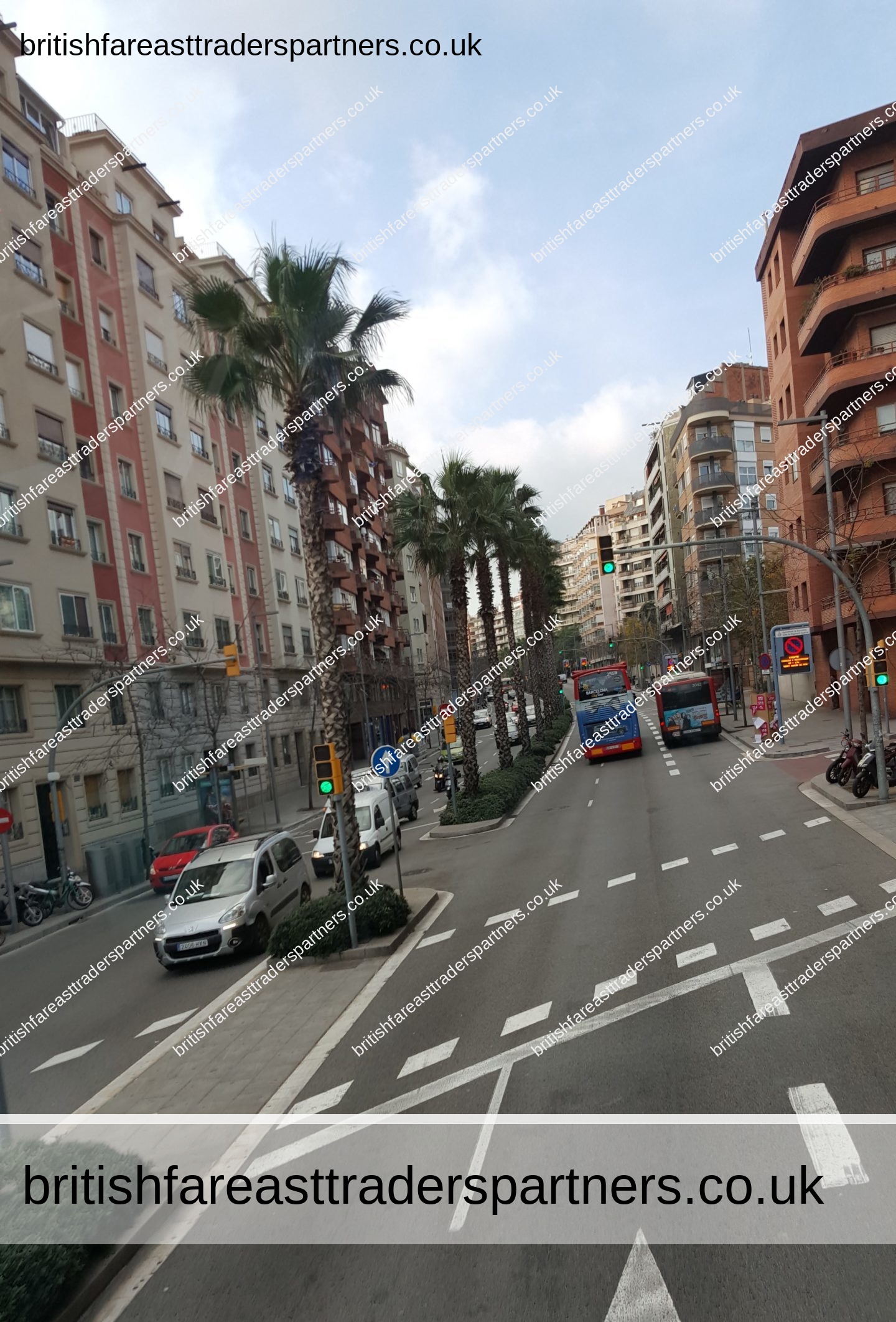
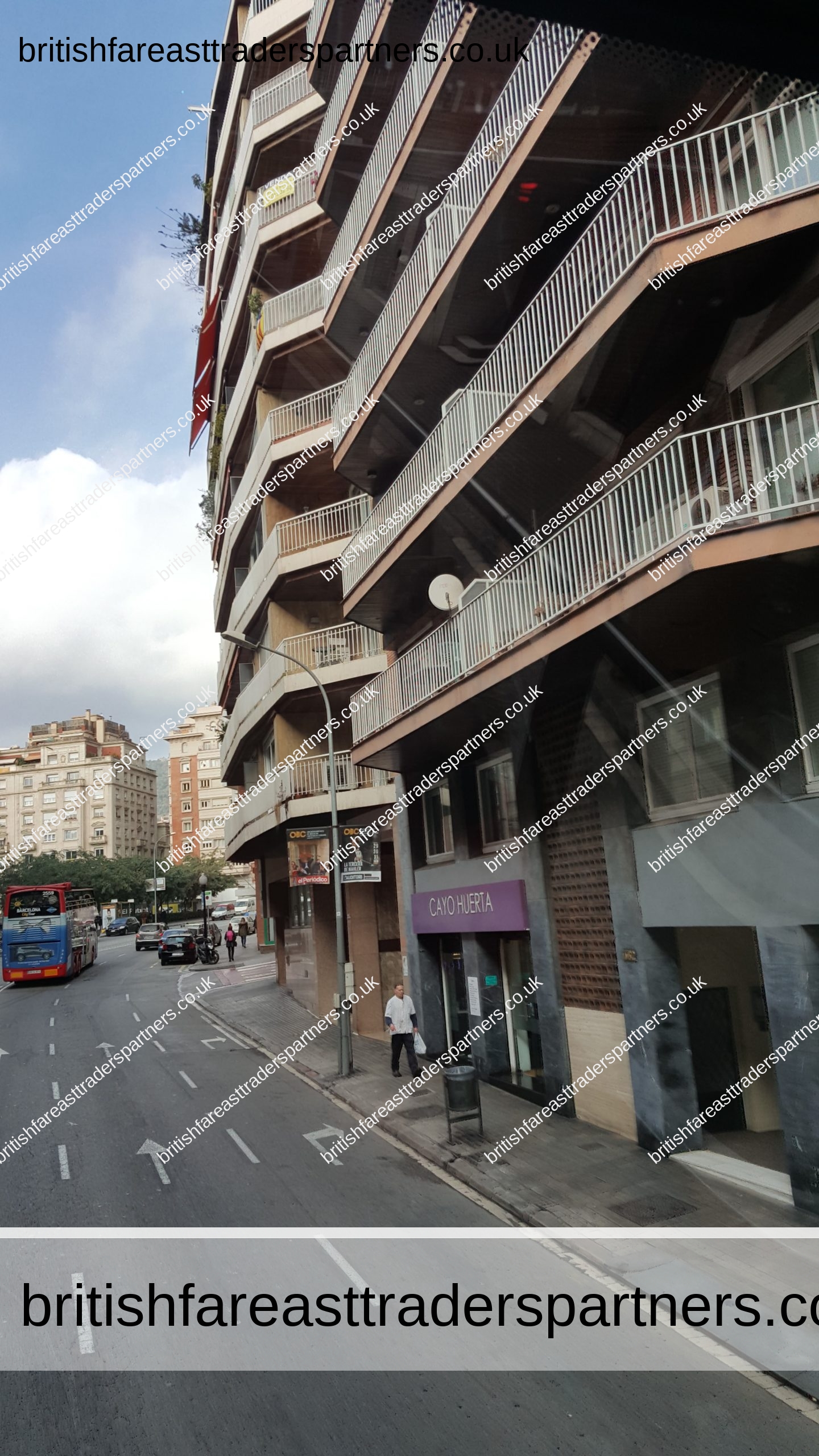
TIBIDABO AMUSEMENT PARK BARCELONA
Enjoy panoramic views of Barcelona!
To learn more and plan your visit, check out their website: https://www.tibidabo.cat/en/home
Tibidabo is a hill overlooking Barcelona, Catalonia, Spain. At 512 metres (1,680 ft), it is the tallest hill in the Serra de Collserola. Rising sharply to the north-west, it has views over the city and the surrounding coastline.[1]
The summit of the hill is occupied by the Sagrat Cor church and adjacent Tibidabo Amusement Park. The Torre de Collserola telecommunications tower is a short walk away. All three are prominently visible from most of the city of Barcelona. Designed by Enric Sagnier, the church took 60 years to construct and is topped by a sculpture of the Sacred Heart of Jesus by Josep Miret Llopart.
Tibidabo can be reached by road or via the Tibidabo Funicular, which was the first of its kind in Spain, and by the Tramvia blau, but both are currently out of service[2]. Replacement bus TC2 connects Tibidabo with Avinguda de Tibidabo Metro station. The Transports Metropolitans de Barcelona minibus service 111 connects it to Vallvidrera village and the upper station of the Vallvidrera funicular.[3]
Origin of the name
The name derives from the Latin Vulgate Bible verses:
- “…et dixit illi haec tibi omnia dabo si cadens adoraveris me”[4] – “And saith unto him, All these things will I give thee, if thou wilt fall down and worship me” (Matthew 4:9);
- “…et ait ei tibi dabo potestatem hanc universam et gloriam illorum quia mihi tradita sunt et cui volo do illa”[5] – “All this power will I give thee, and the glory of them: for that is delivered unto me; and to whomsoever I will I give it” (Luke 4:6).
This phrase, meaning I will give to you, was said to Jesus by the devil as they looked down from an exceedingly high mountain upon all the kingdoms of the world, and the glory of them. The name of Barcelona’s hill thus refers to the popular tradition that it was in fact the exceedingly high mountain itself. The phrase Tibi dabo forms part of the inscription in the central dome of St. Peter’s Basilica in Vatican City, although in that case it was drawn from Jesus’ words to St. Peter in Matthew 16:19.
Text is available under the Creative Commons Attribution-ShareAlike License; additional terms may apply.
Source: https://en.wikipedia.org/wiki/Tibidabo
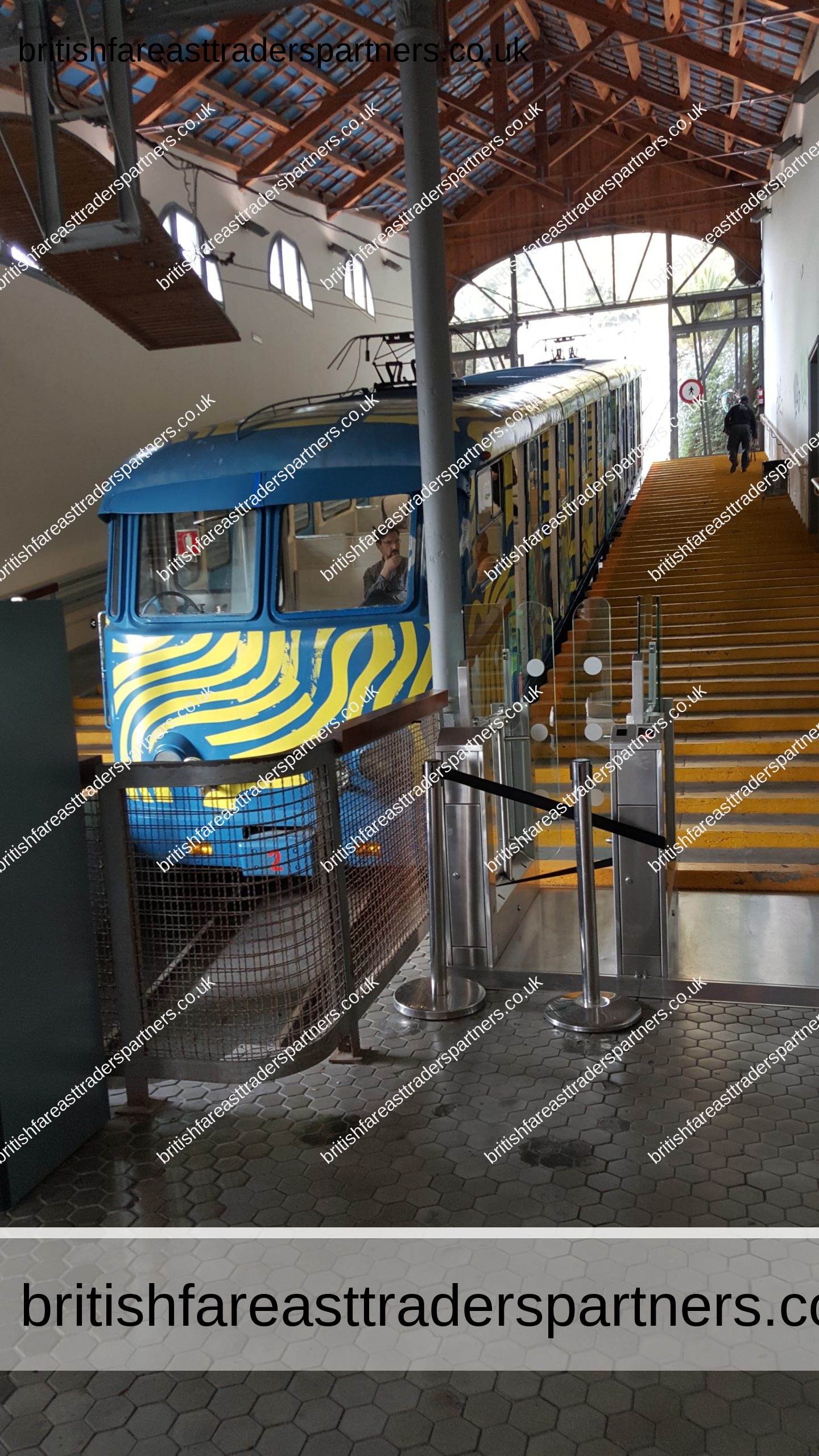
Boarding the funicular that takes us to the top of the mountain where Tibidabo Amusement Park is beautifully set.


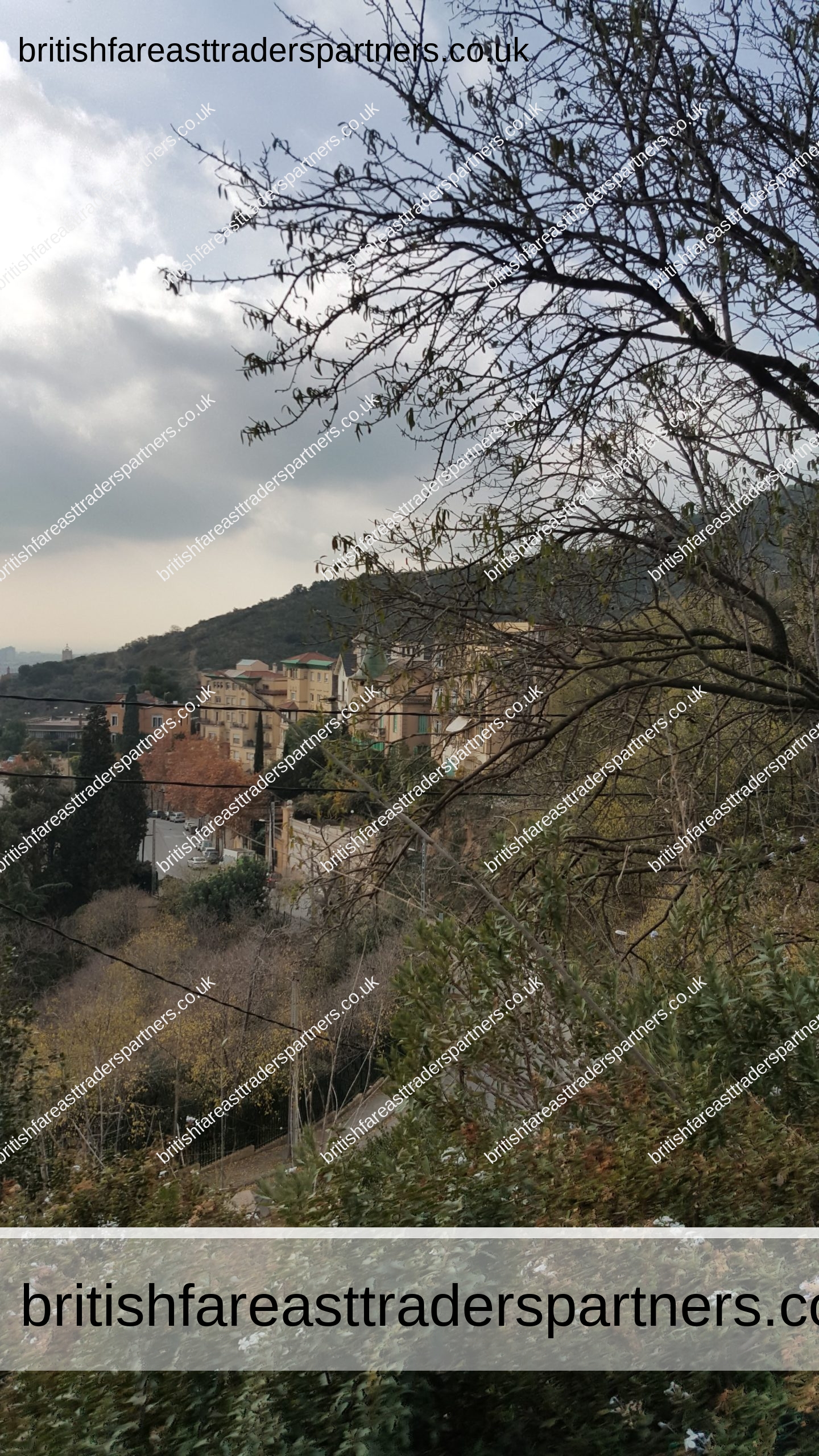
This is a romantic view from the funicular. This dreamy landscape just awakens a deep wave of nostalgia. I wish this trip never ends.

The funicular gaining momentum on its ascent to the mountain top.


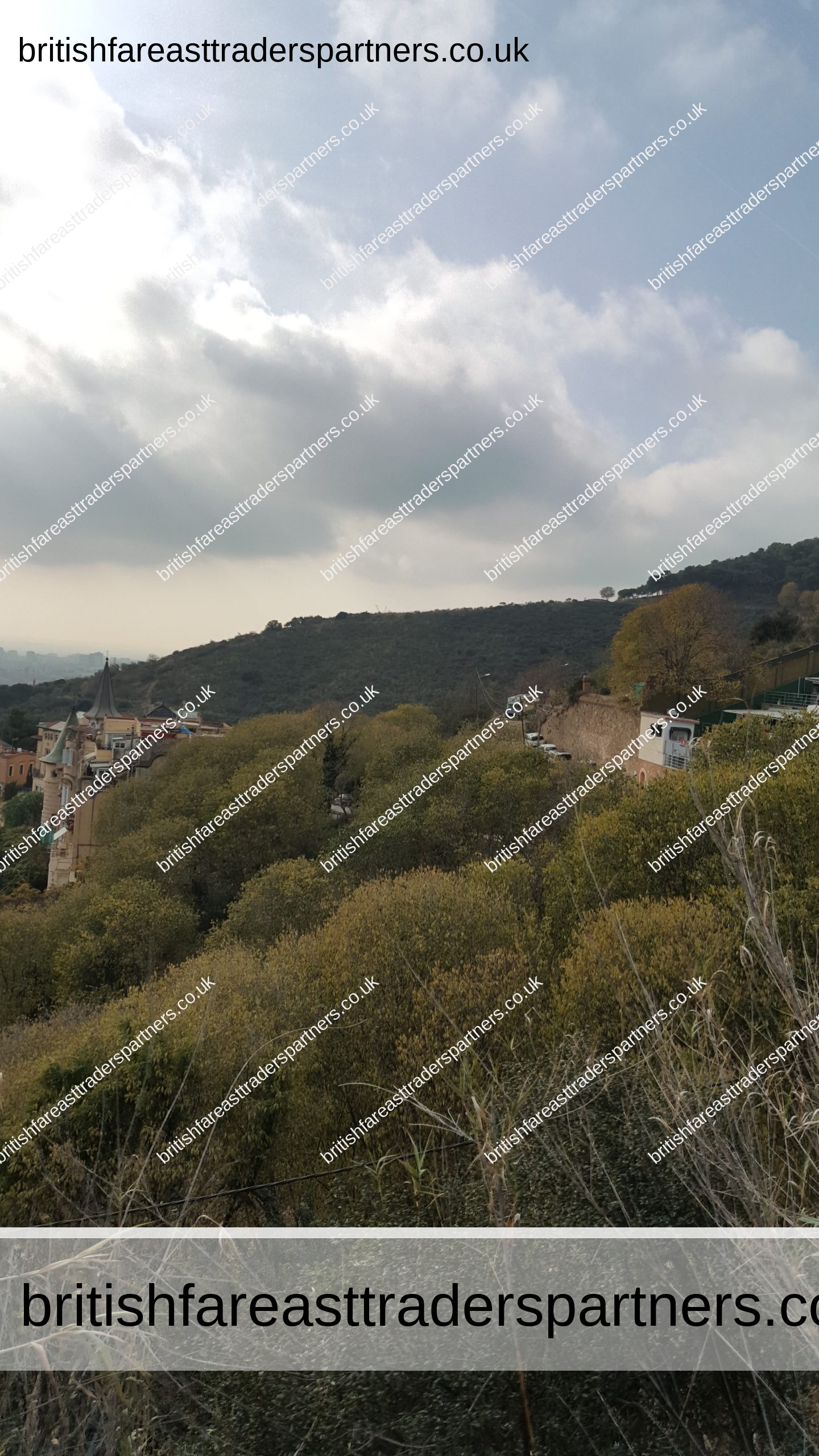
TIBIDABO AMUSEMENT PARK
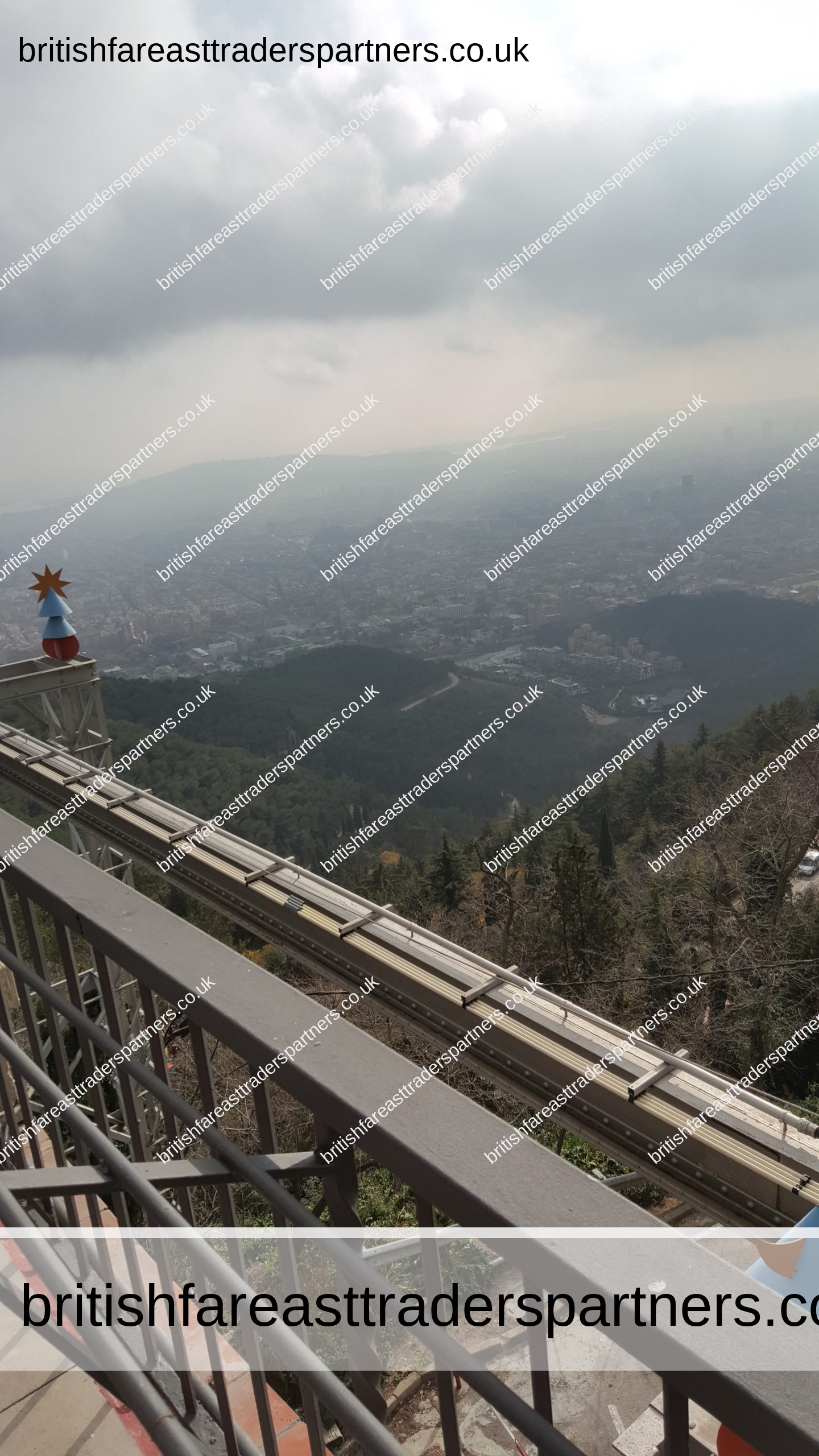
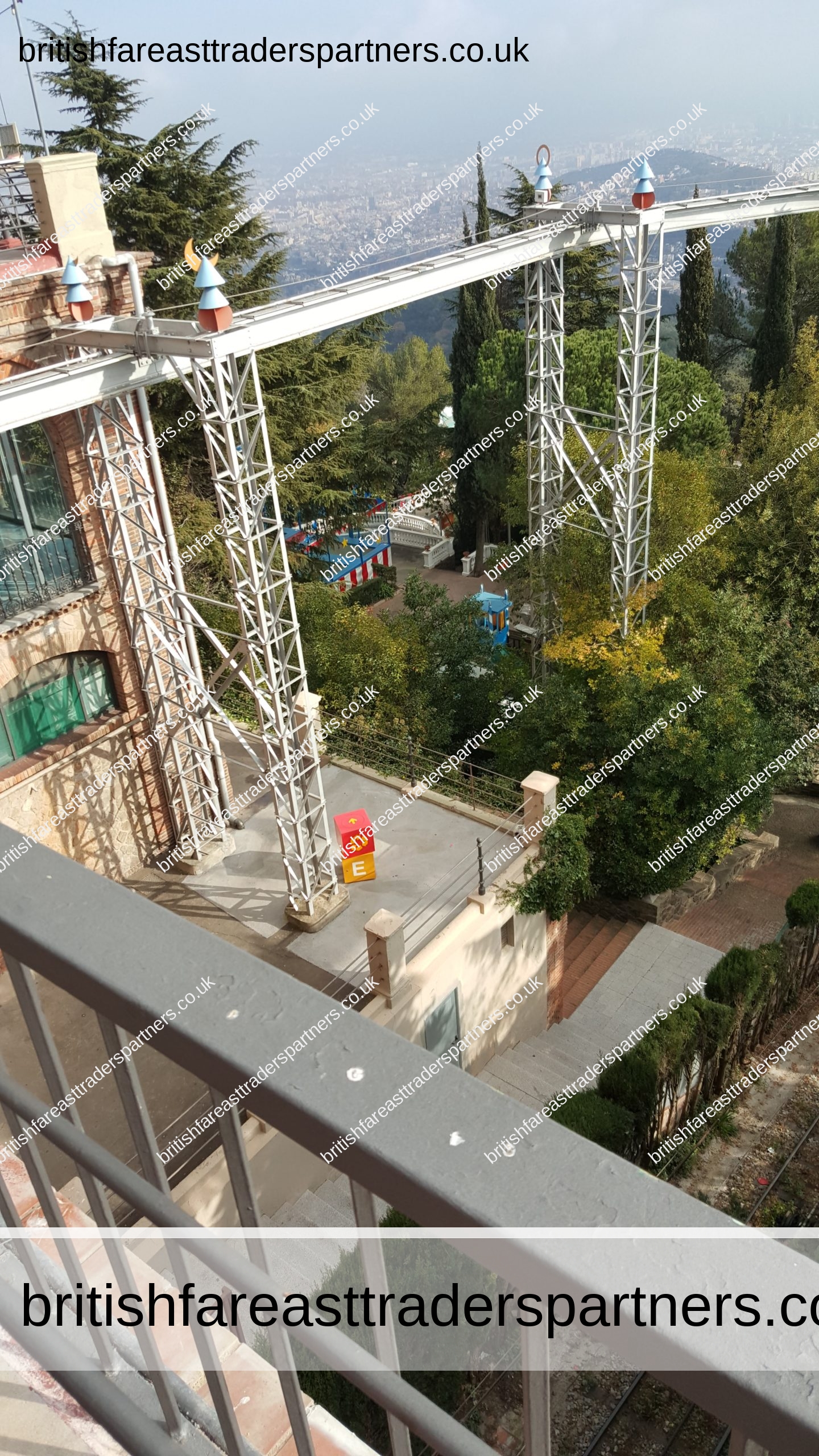
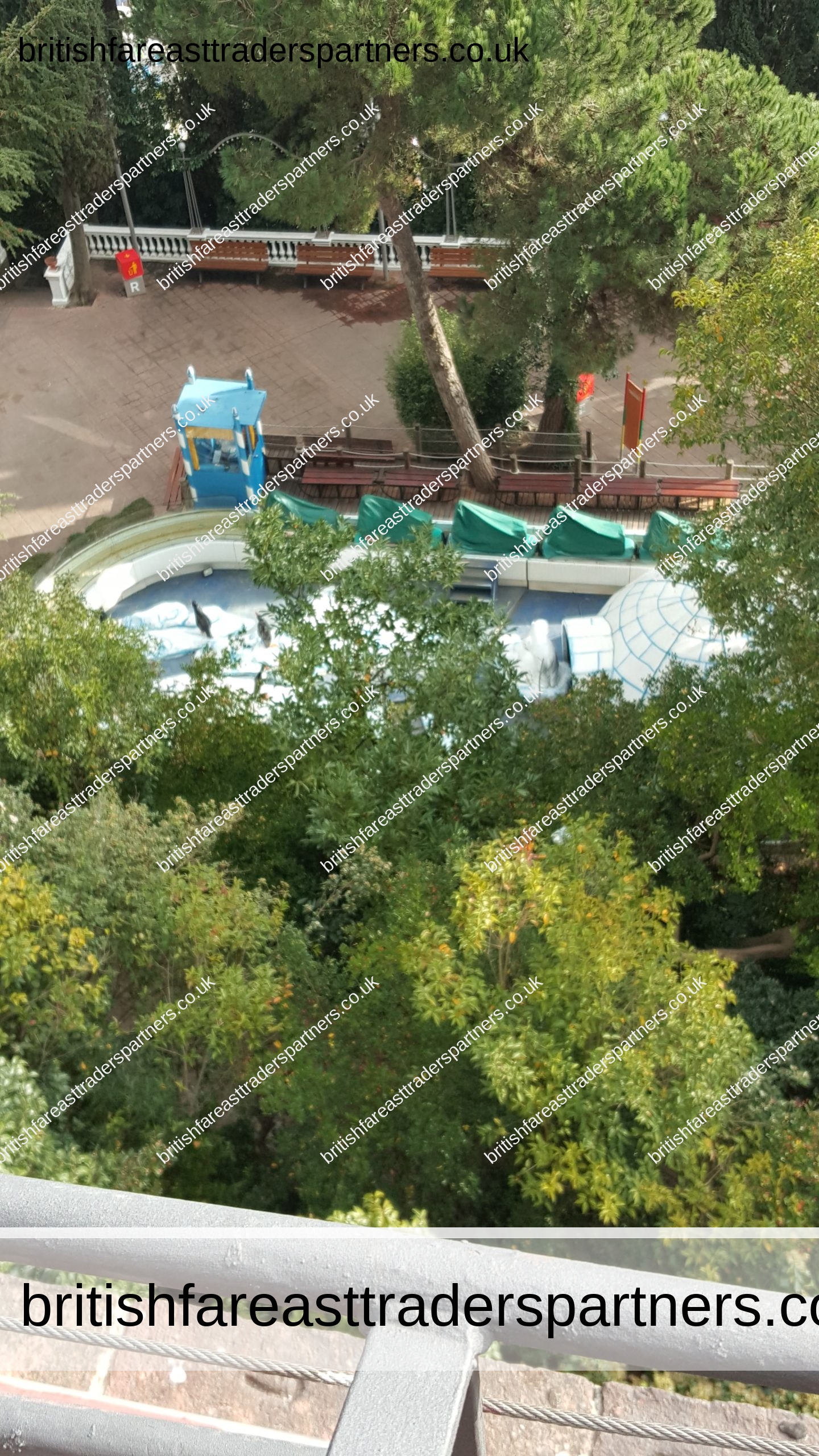
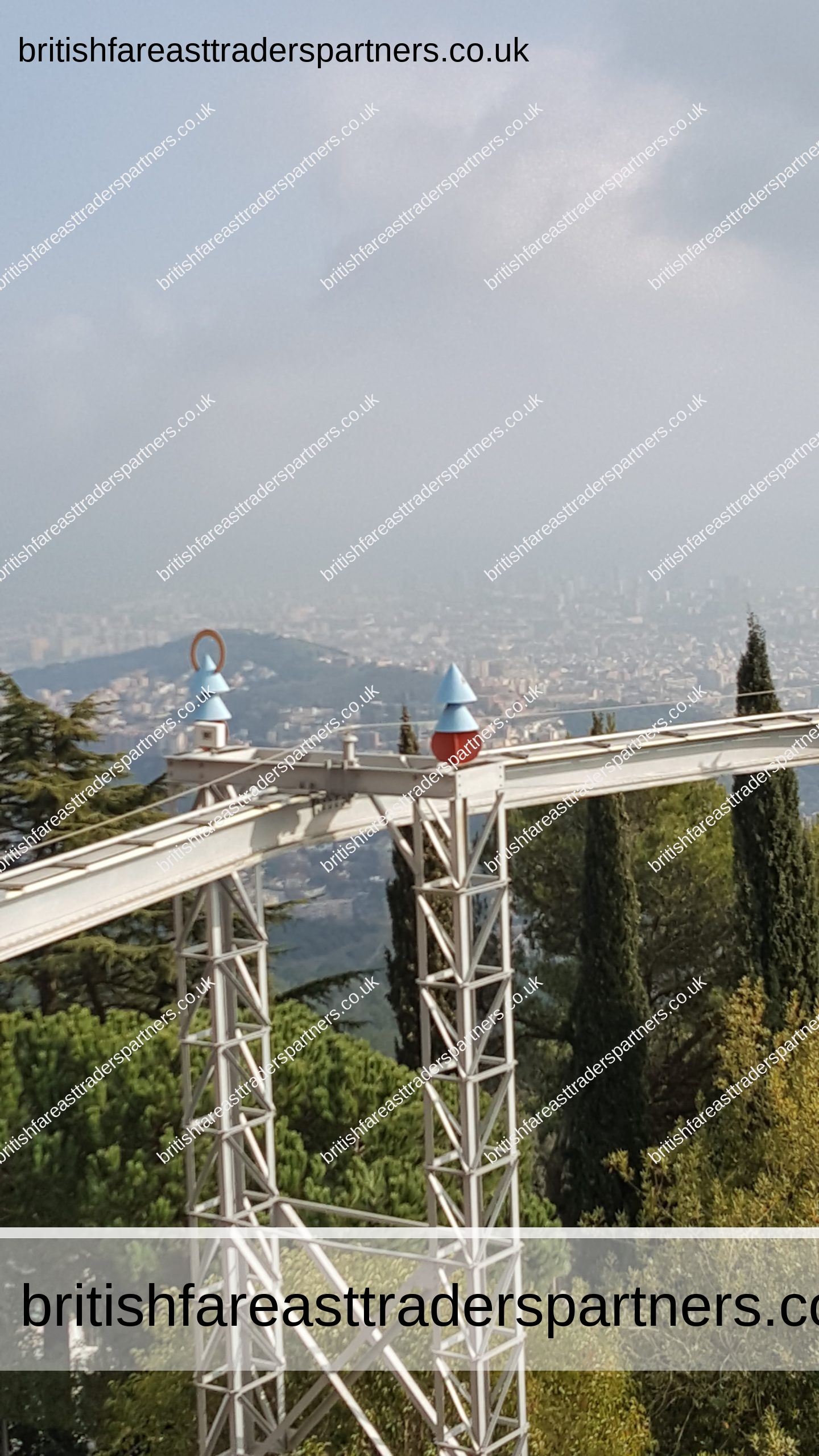
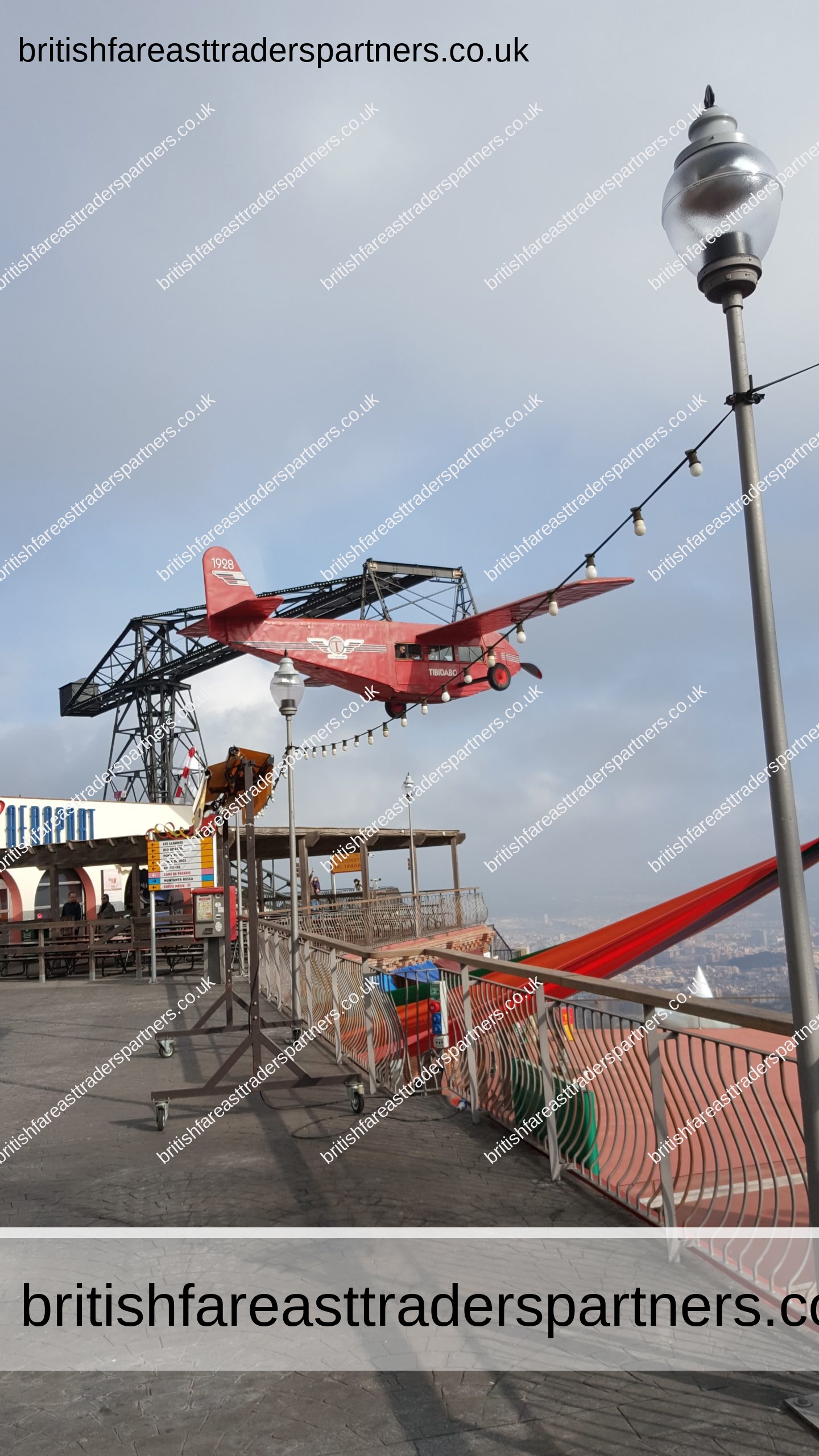

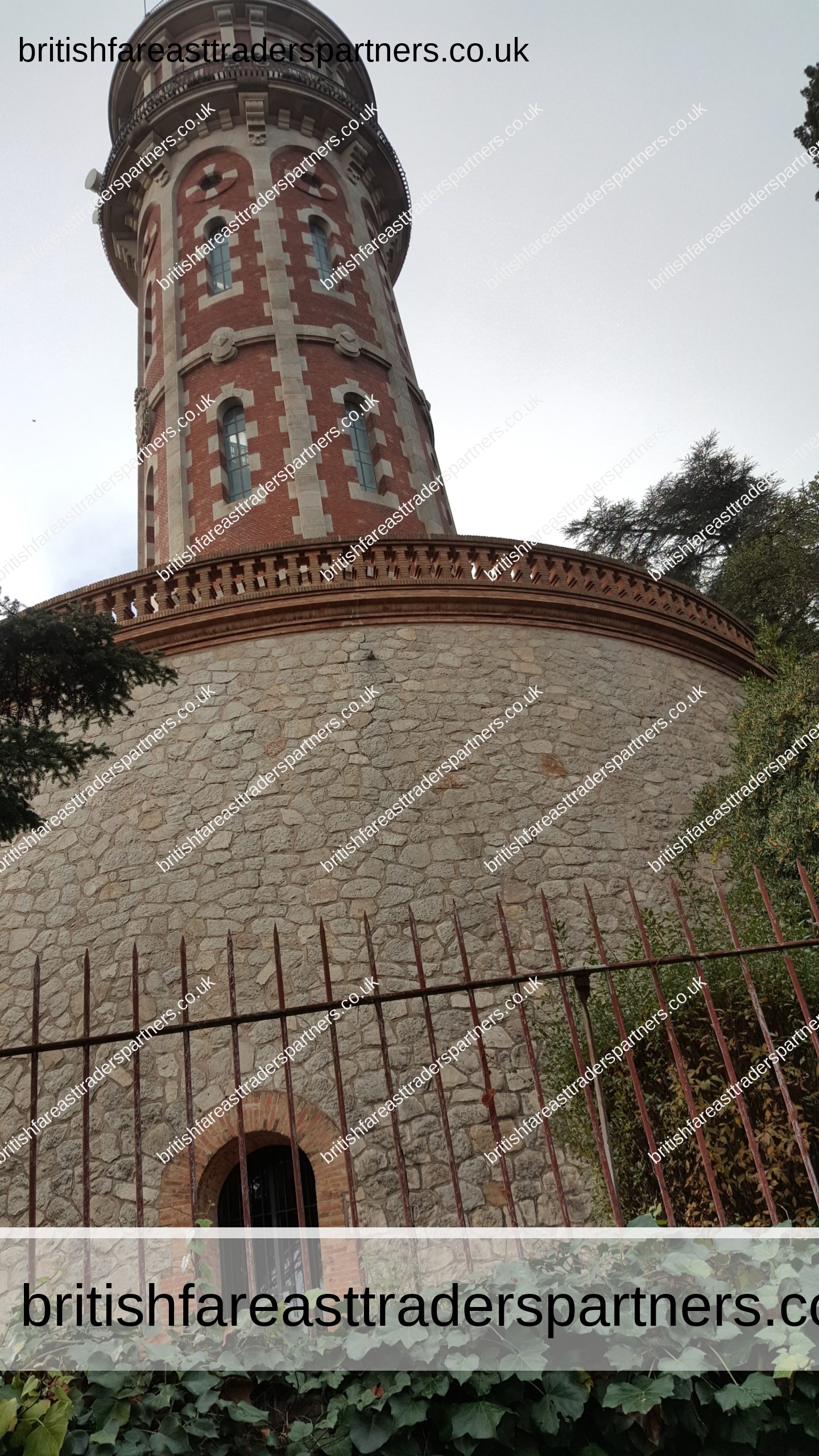
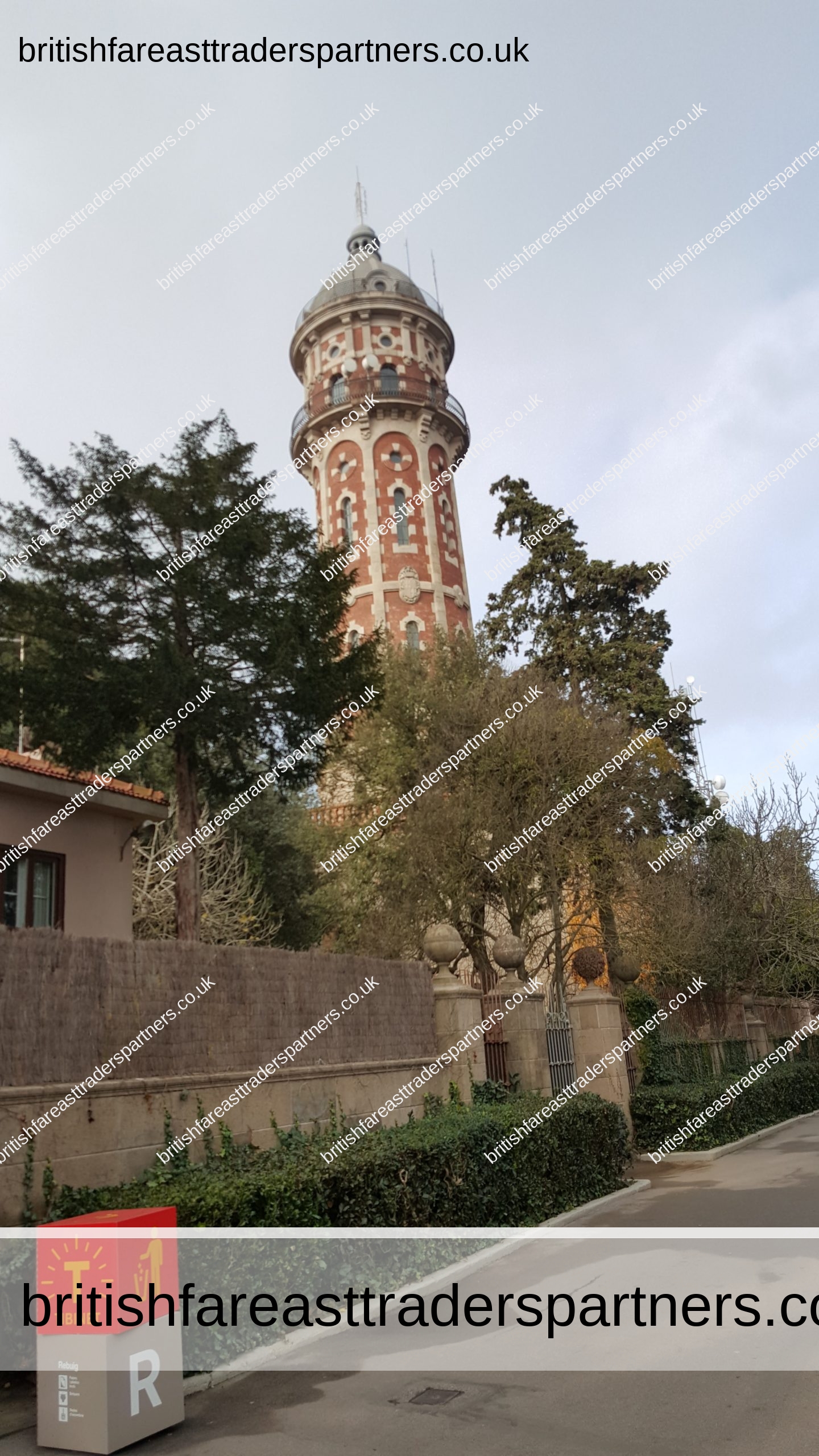
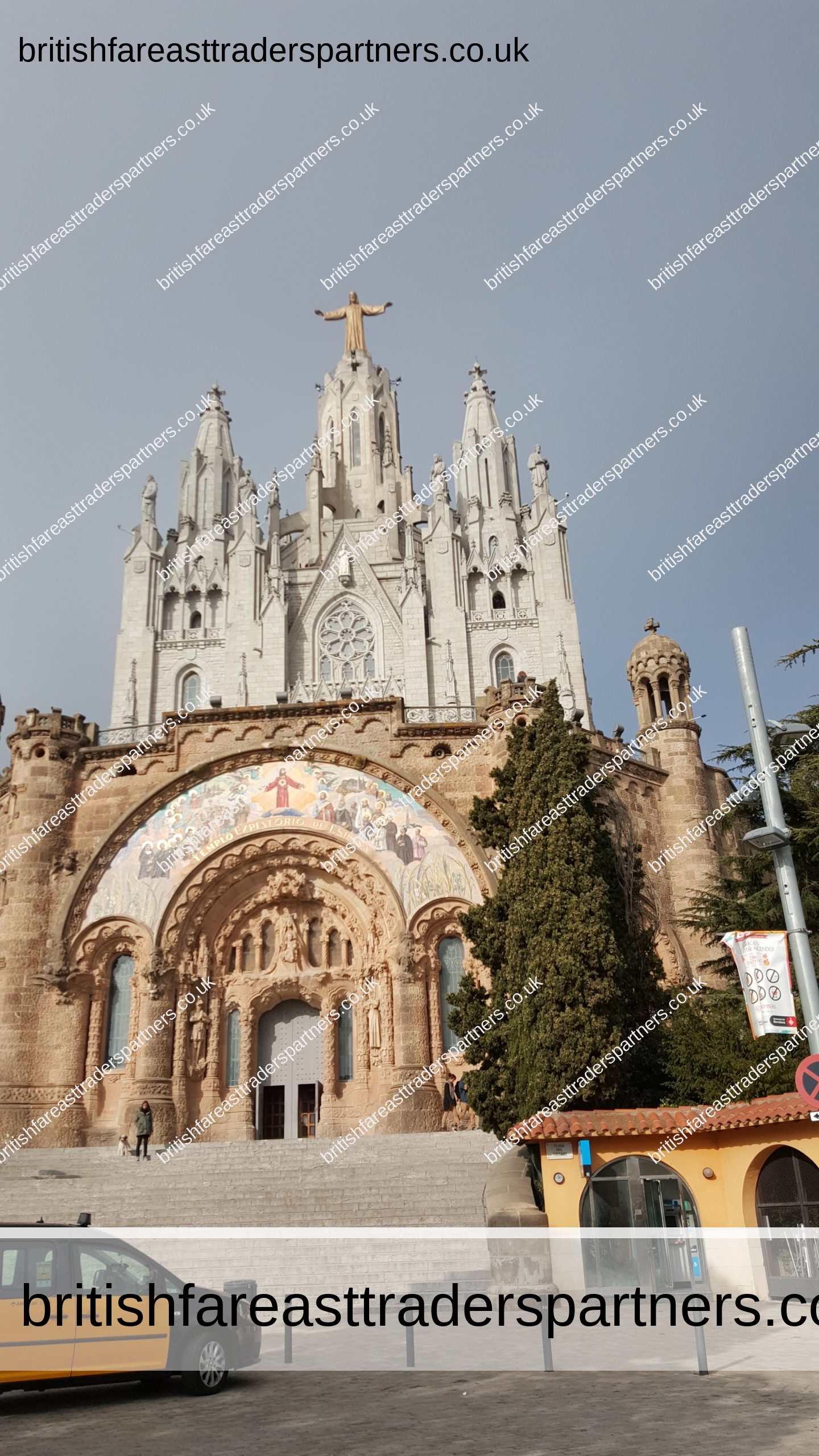
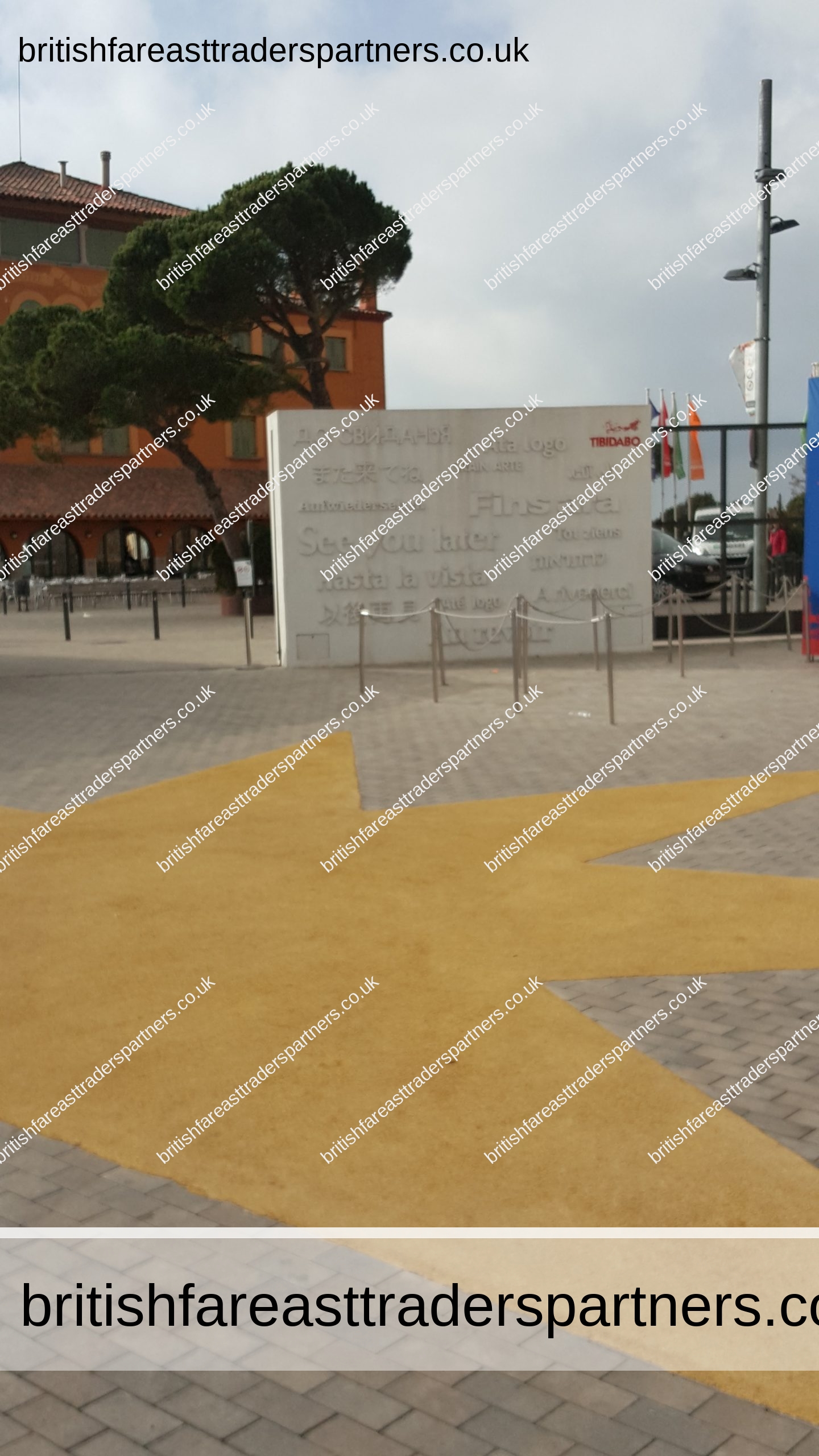
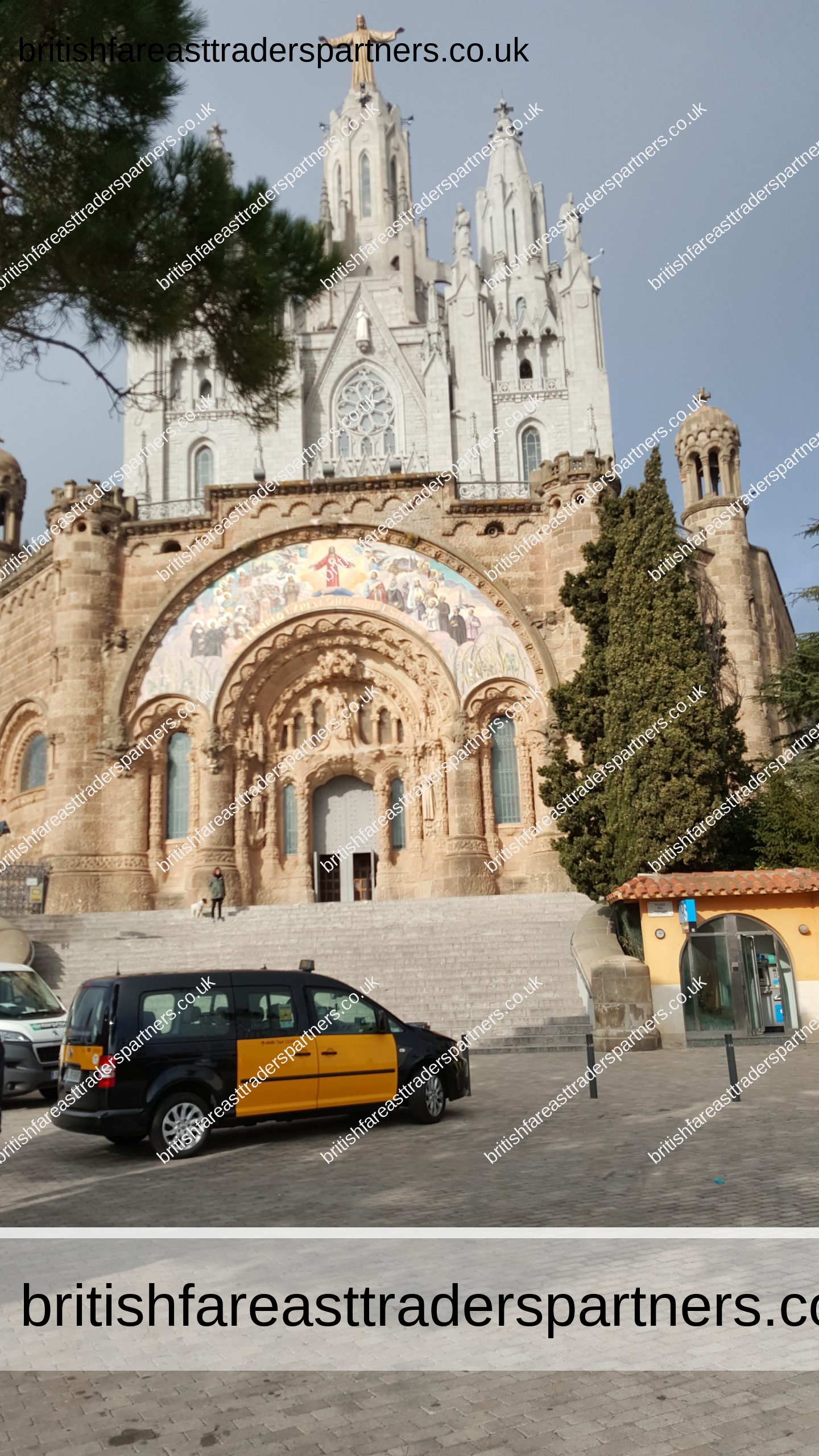
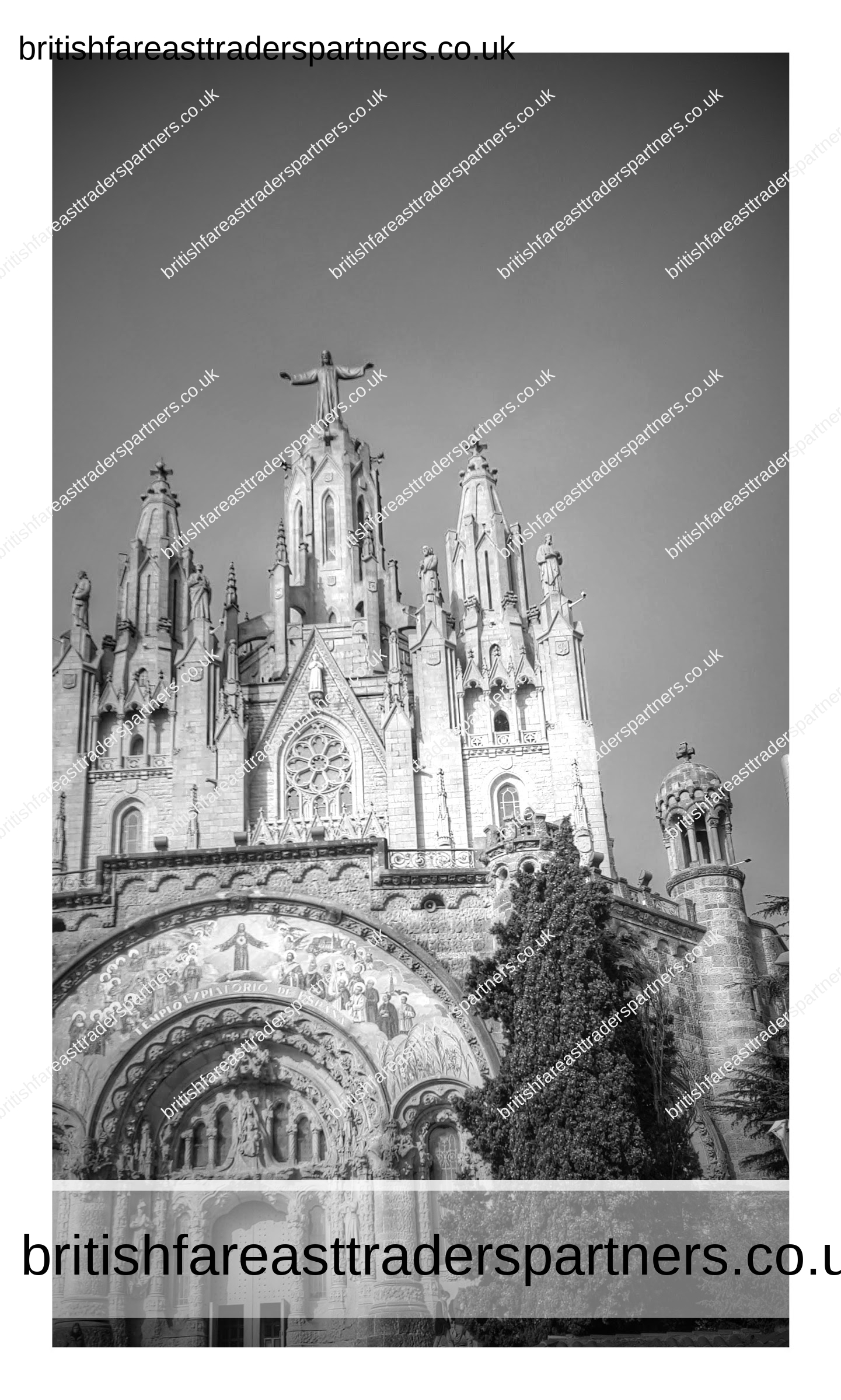
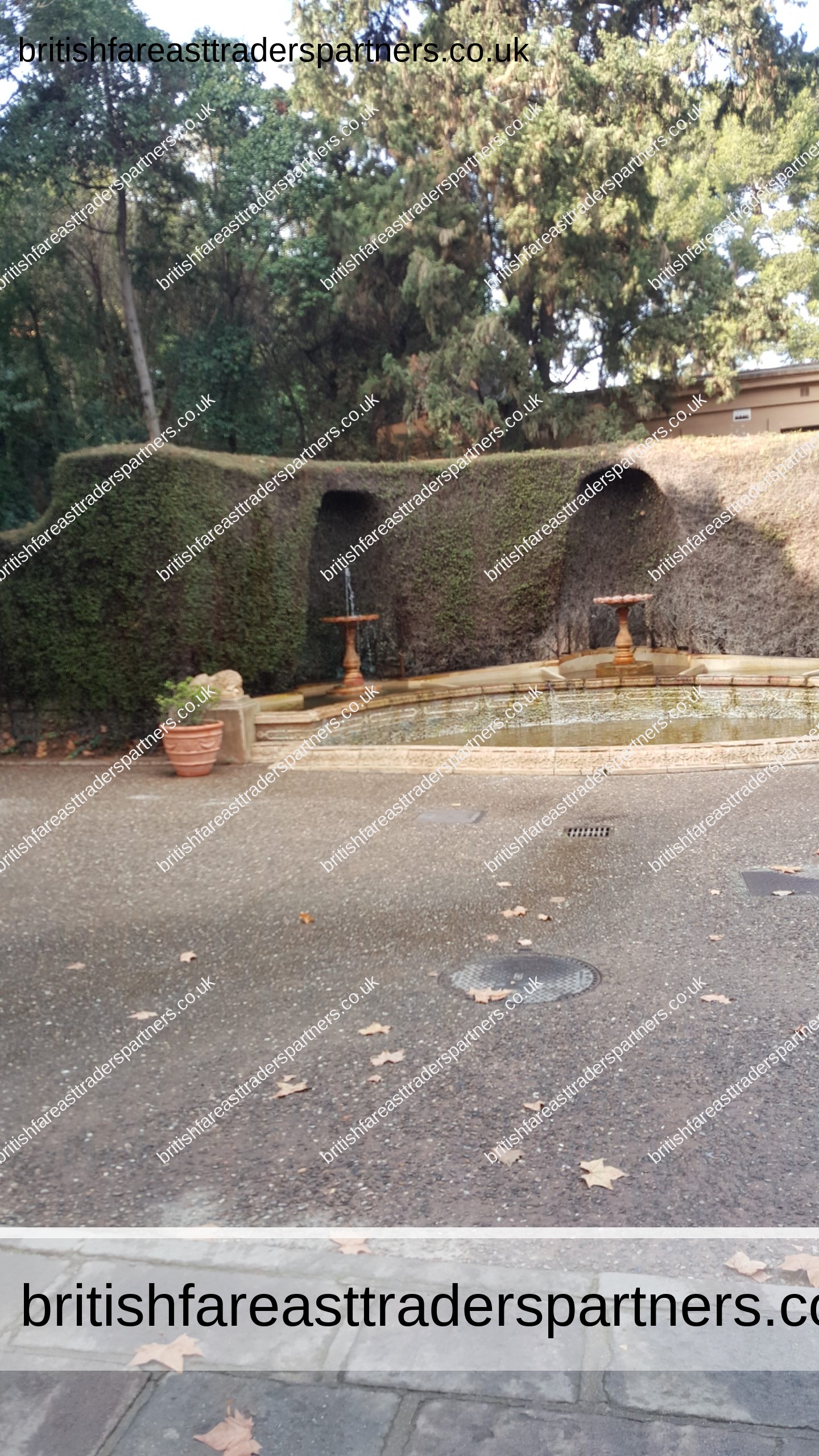
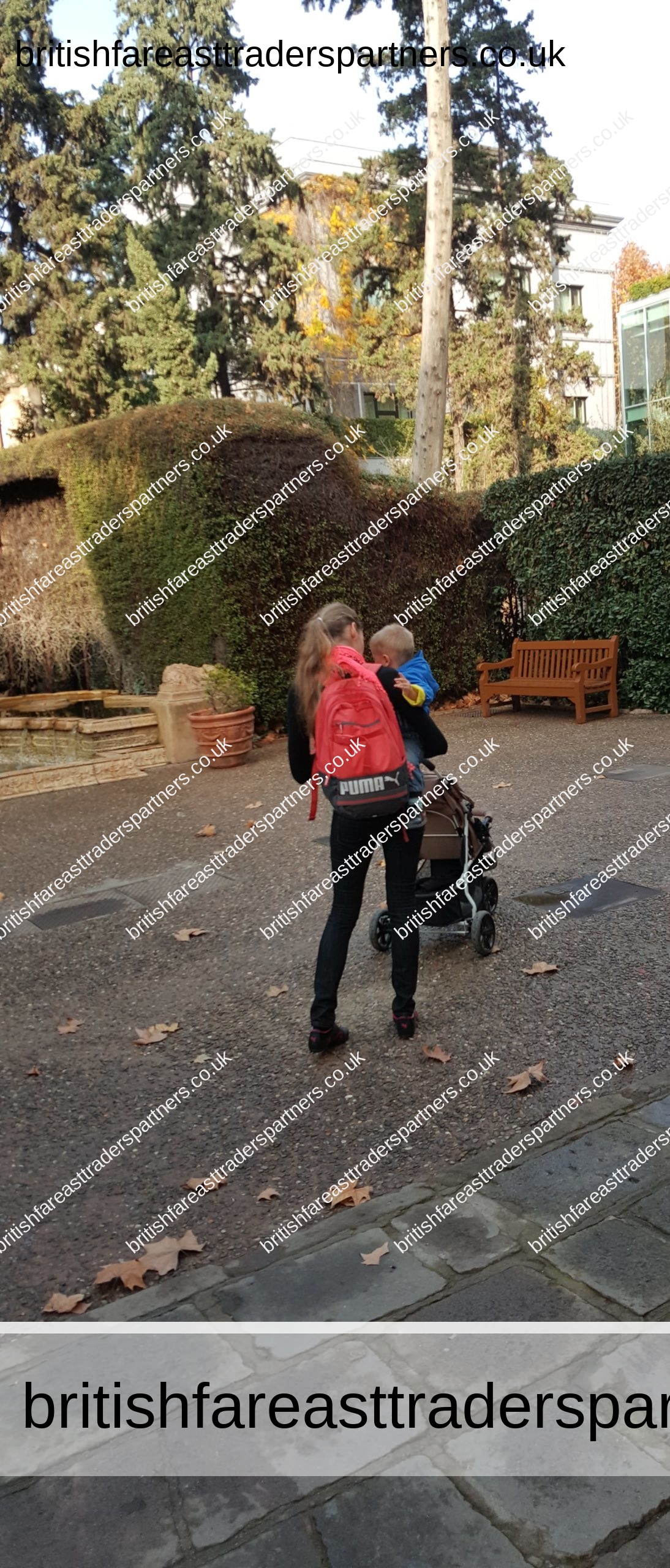
BARCELONA METRO


LA RAMBLA
La Rambla is a street in central Barcelona. A tree-lined pedestrian street, it stretches for 1.2 kilometres (0.75 mi) connecting Plaça de Catalunya in the centre with the Christopher Columbus Monument at Port Vell. La Rambla forms the boundary between the quarters of Barri Gòtic, to the east, and El Raval, to the west.[1][2]
La Rambla can be crowded, especially during the height of the tourist season. Its popularity with tourists has affected the character of the street, with a move to pavement cafes and souvenir kiosks. It has also suffered from the attention of pickpockets.[2]
The Spanish poet Federico García Lorca once said that La Rambla was “the only street in the world which I wish would never end.”[3]
Text is available under the Creative Commons Attribution-ShareAlike License; additional terms may apply.
Source: https://en.wikipedia.org/wiki/La_Rambla,_Barcelona
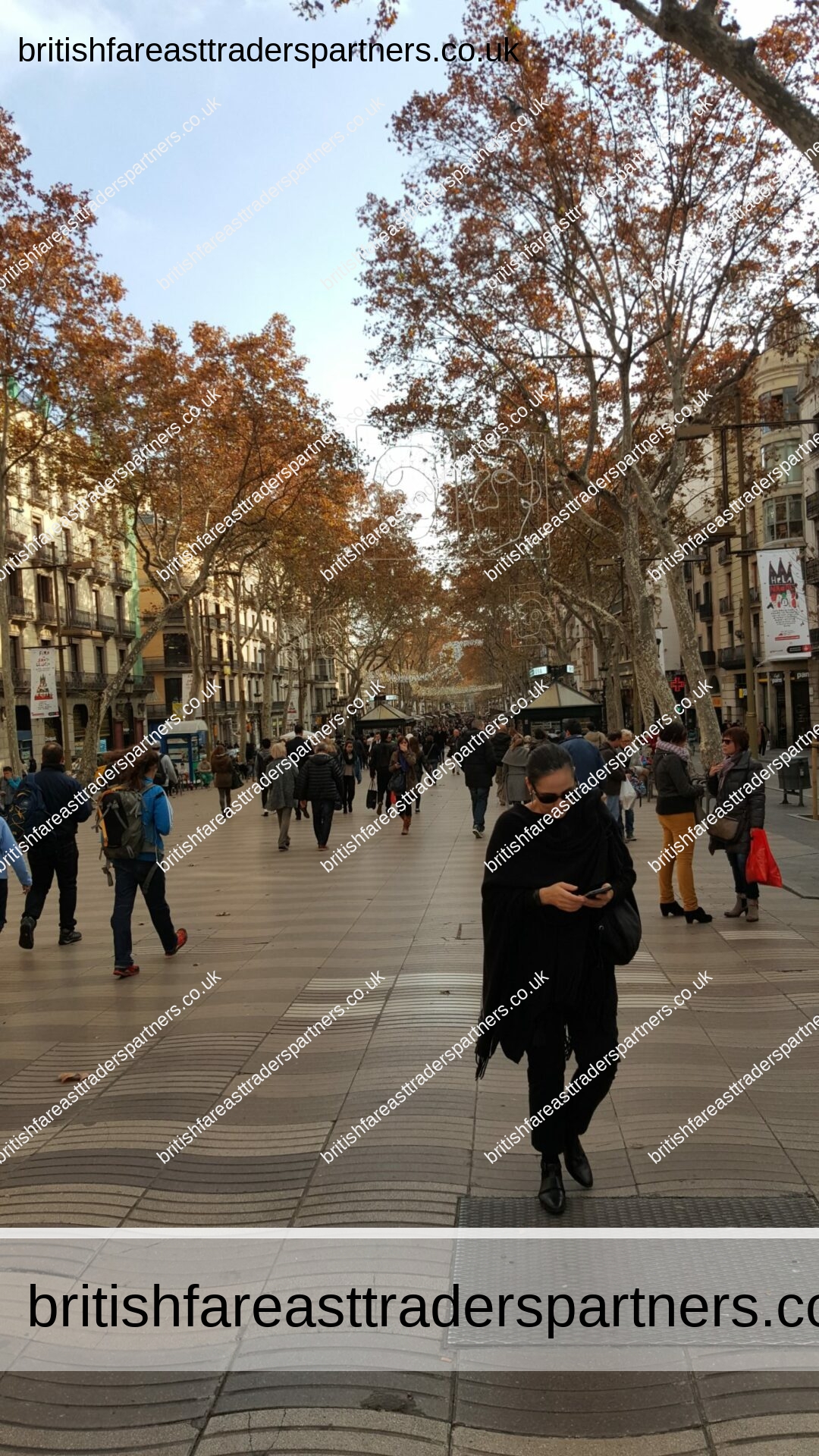
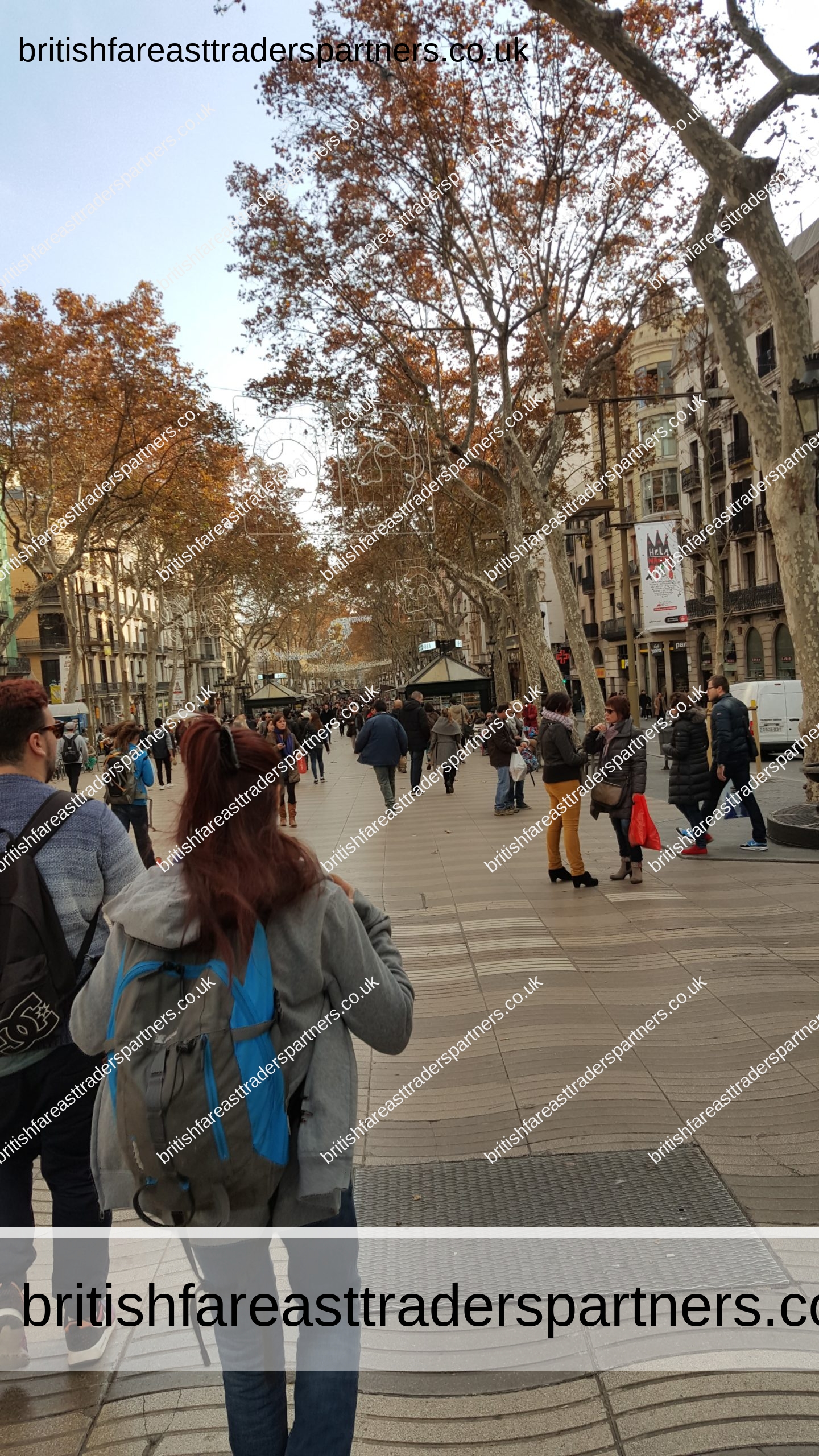
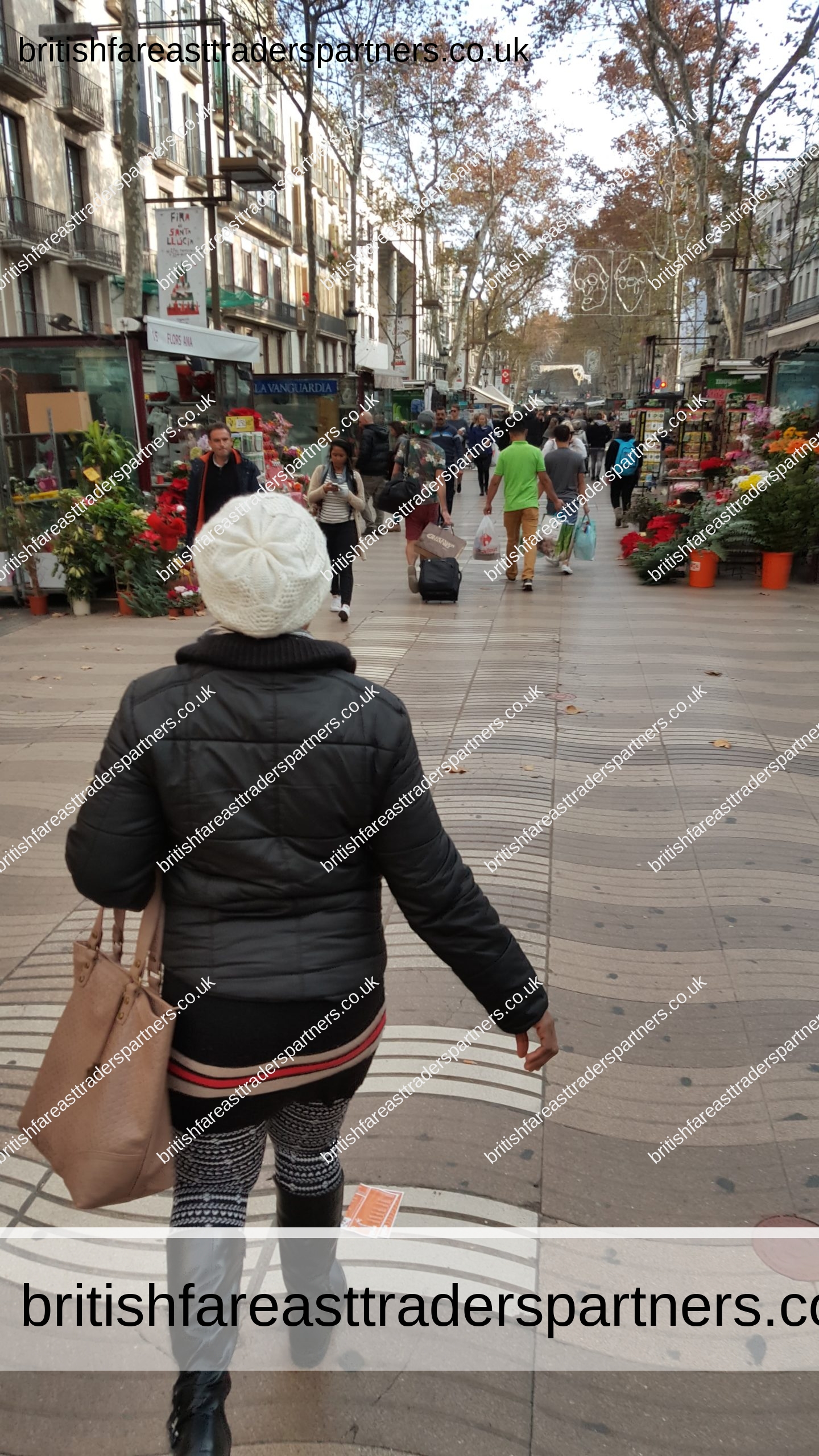
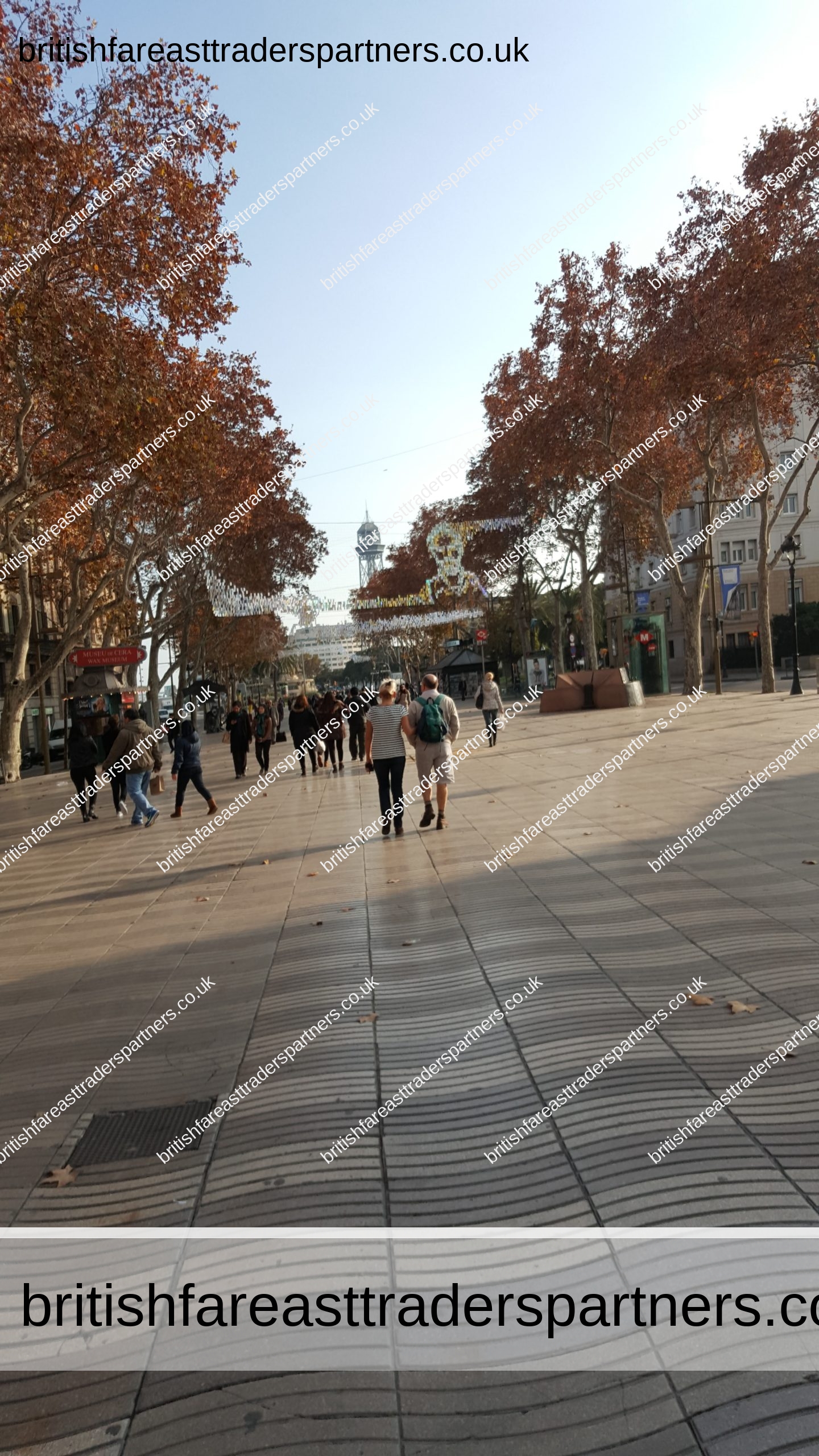
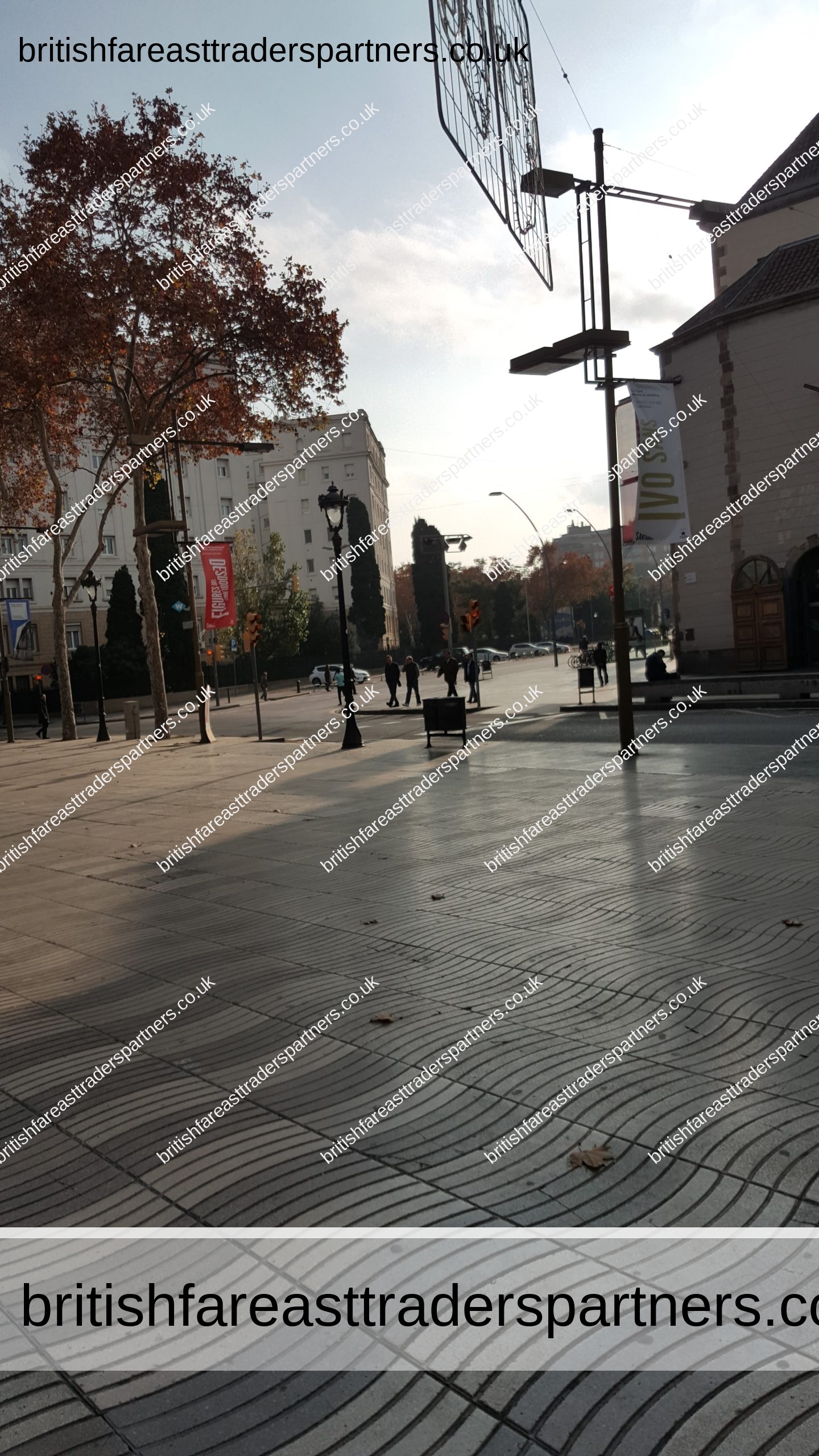
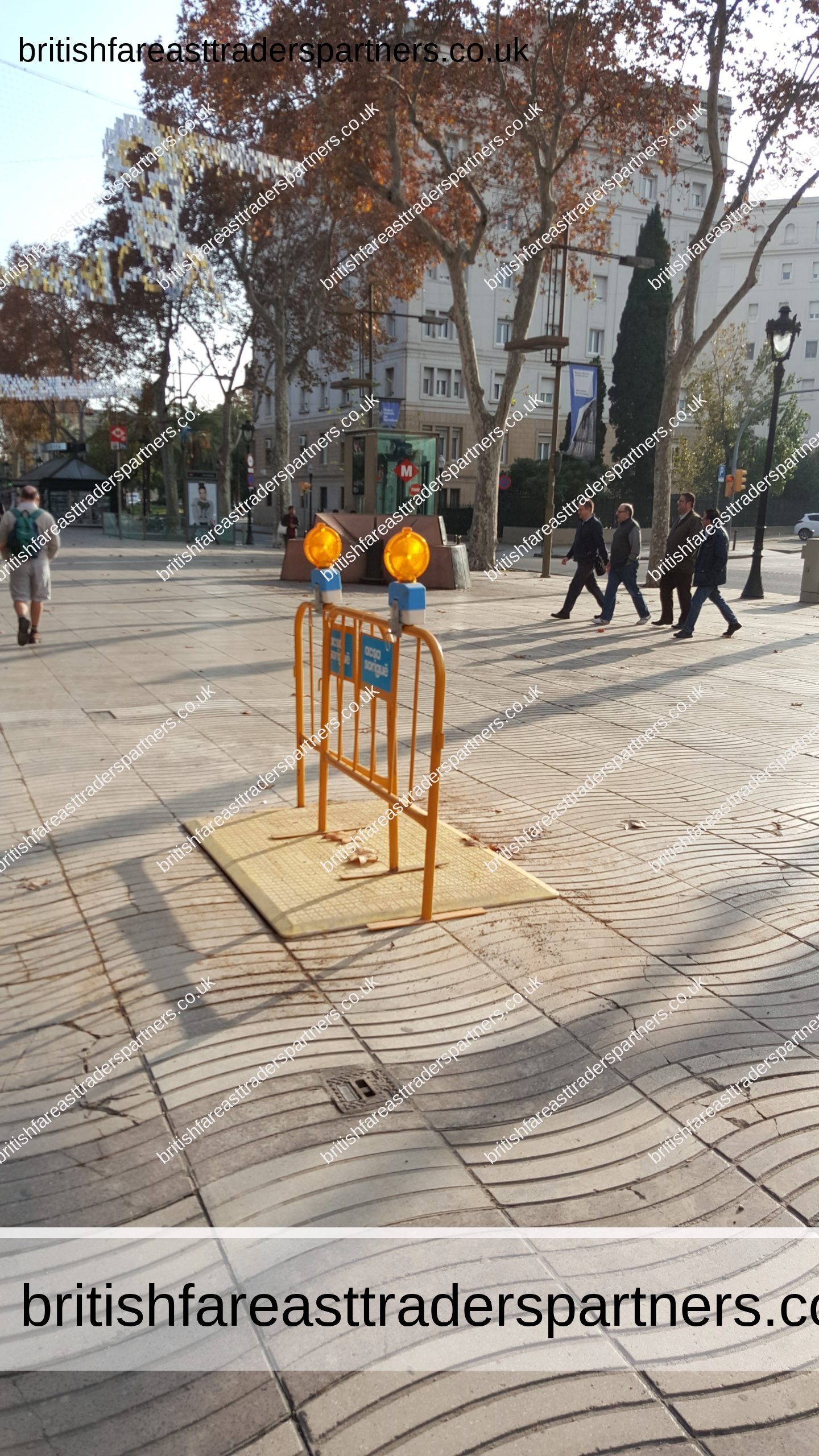
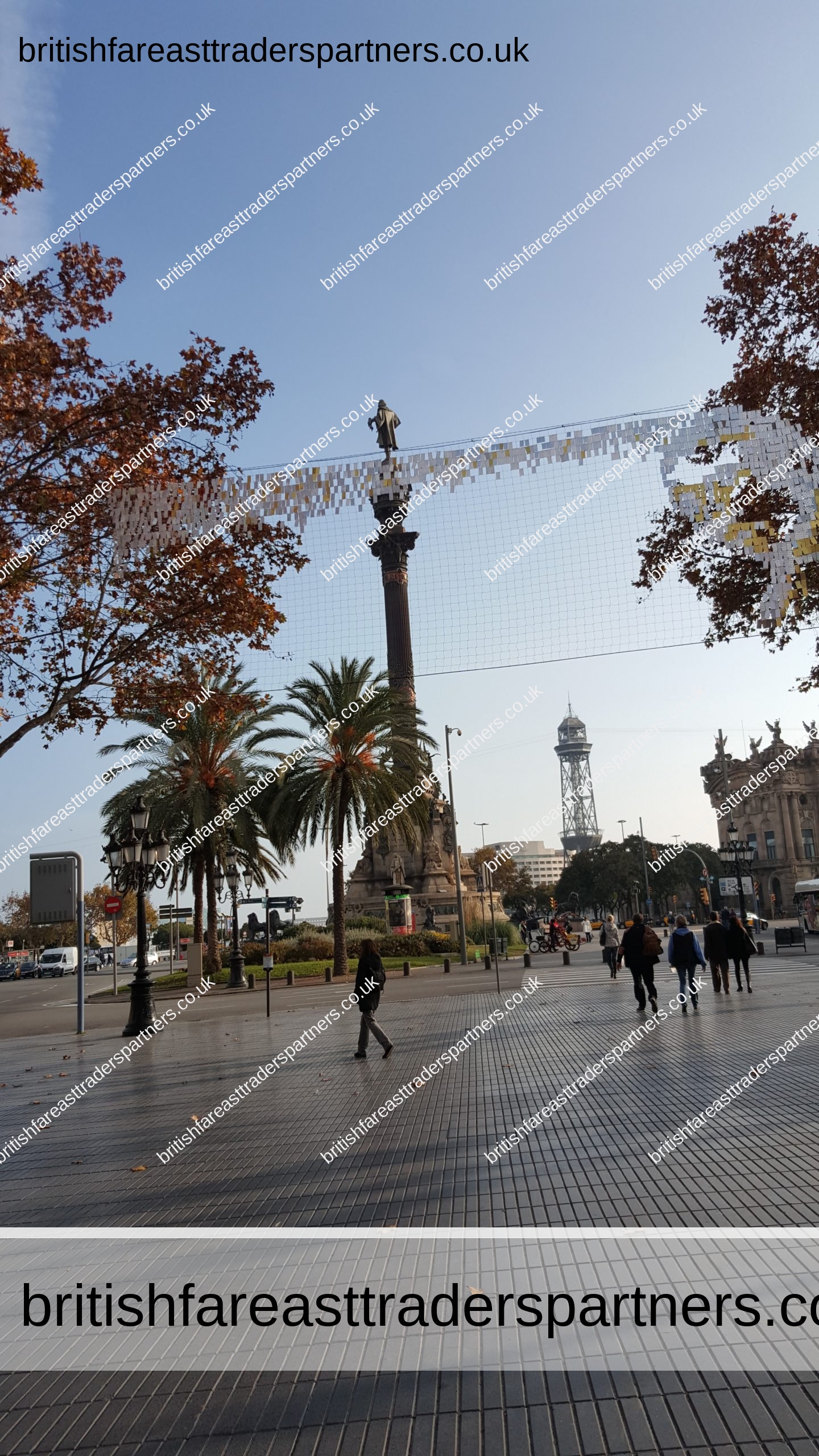
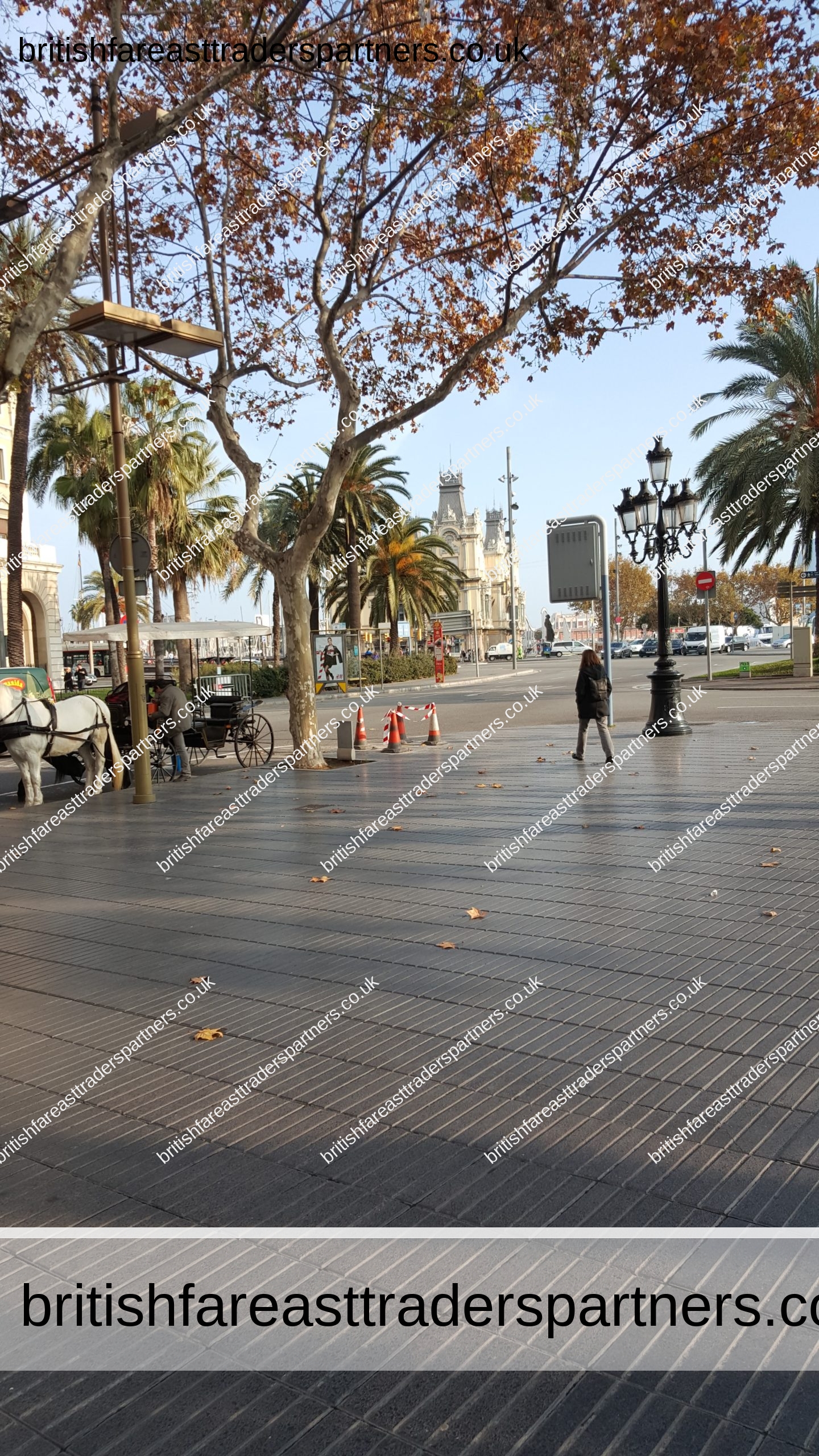
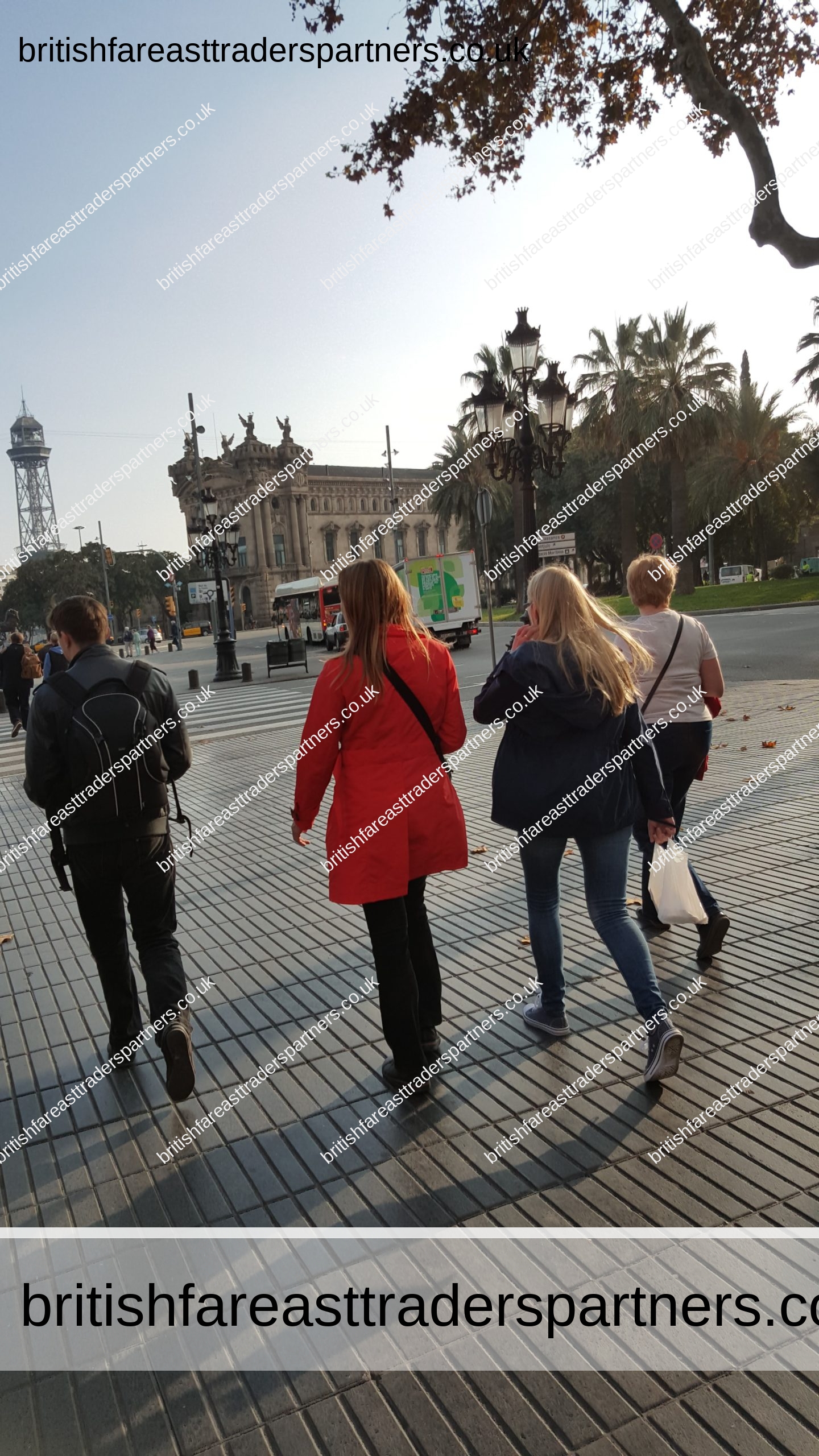
BARCELONA CRUISE PORT TERMINAL
Barcelona Cruise Port Terminals: Tourist Transport and Facilities At The Docks
Link: https://www.barcelona-tourist-guide.com/en/transport/barcelona-cruise-port.html
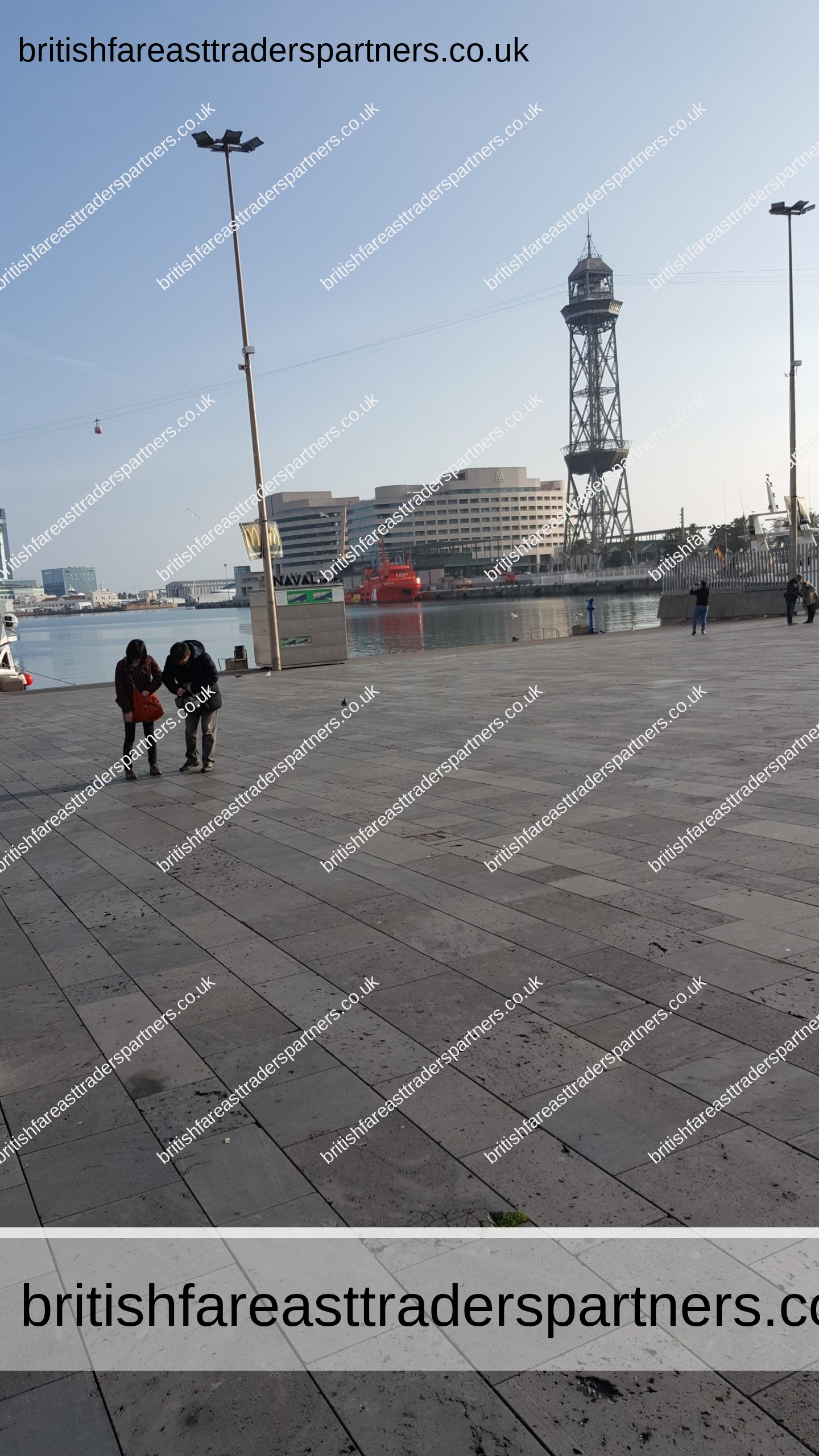
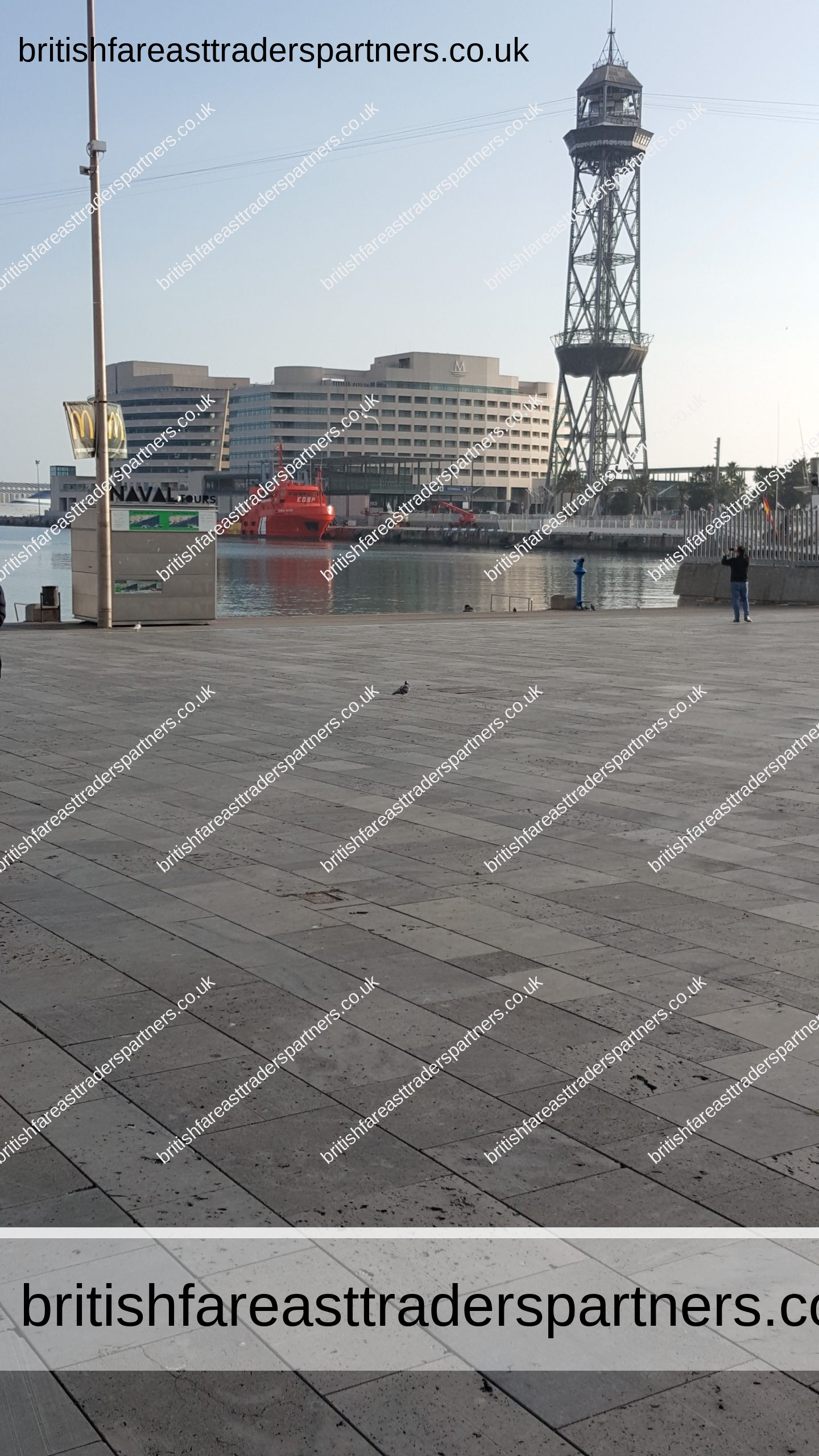
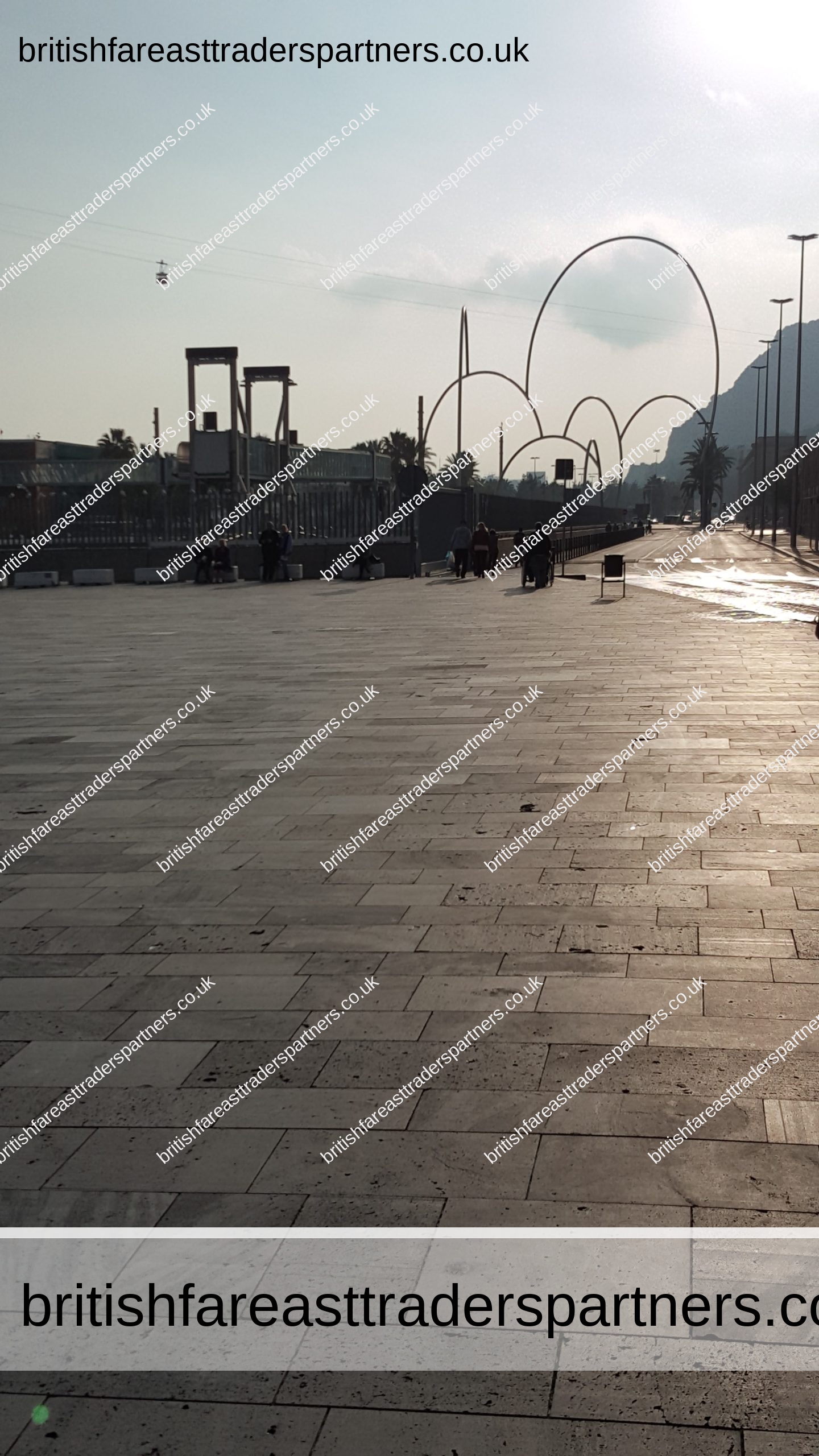
BACK ON BOARD
Some kind of a sail-away party. Why should we even party, don’t you feel sad we’re leaving a very vibrant city behind? This is the problem in visiting beautiful places, you form some kind of attachment only to be heartbroken in the end. We just wish there is a pill that cures these kind of holiday blues. Well, worry not. Ease into the night sailing on a gentle Mediterranean Sea lulled into sleep with a bit of Red Wine. Cheers!

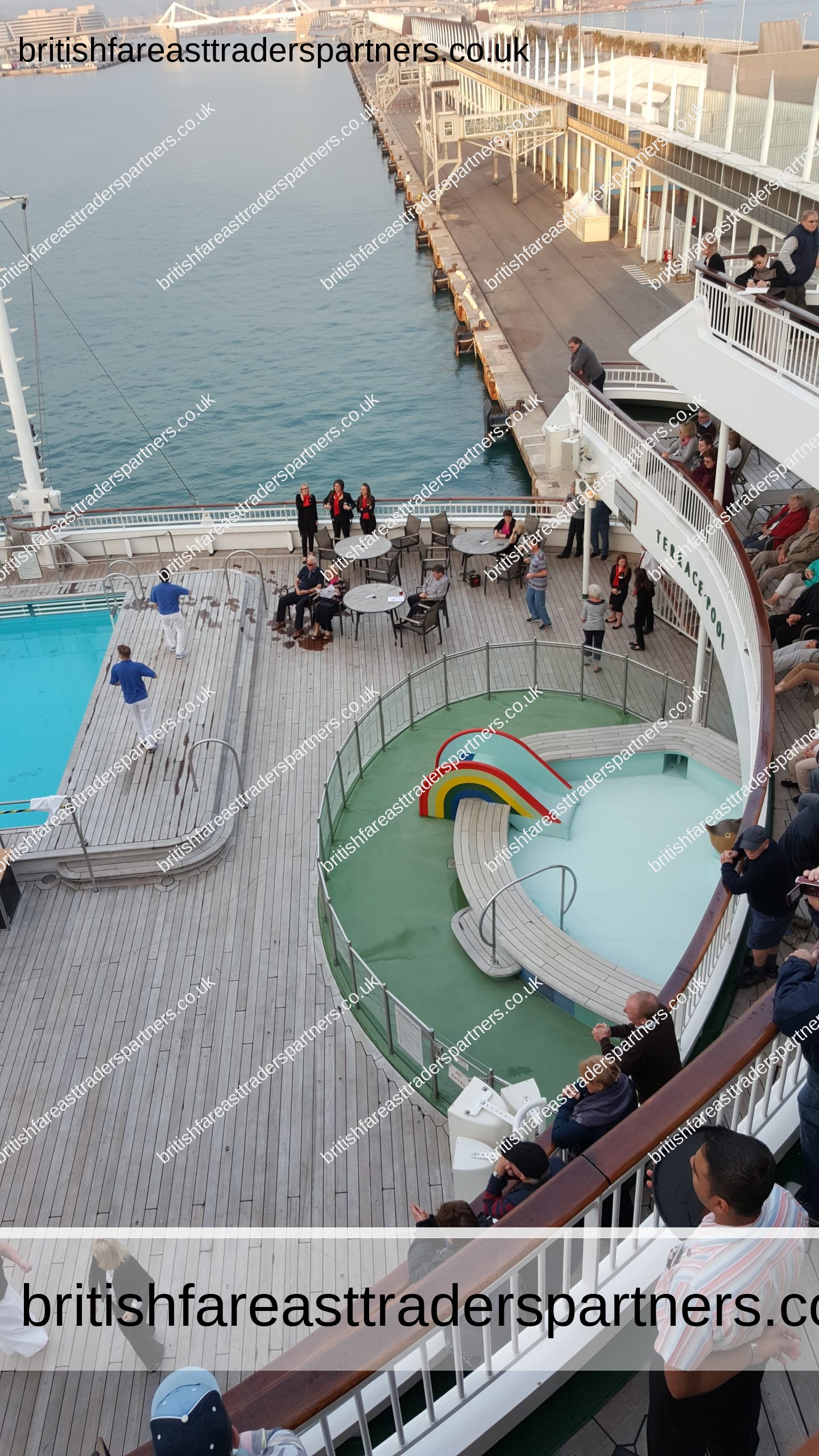
Thank You...
BRITISH & FAR EAST TRADERS LIFESTYLE & SHOPPING BLOG RELATED POSTS:
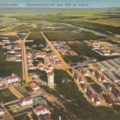 ANTIQUE “Truppenlager Grafenwoehr” GERMANY POSTCARD
ANTIQUE “Truppenlager Grafenwoehr” GERMANY POSTCARD
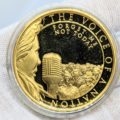 2020 ‘THE VOICE OF THE NATION’ ELIZABETH II GIBRALTAR ONE CROWN COLLECTABLE COIN
2020 ‘THE VOICE OF THE NATION’ ELIZABETH II GIBRALTAR ONE CROWN COLLECTABLE COIN
 VINTAGE ADMIRAL USHAKOV 20k GOLD PLATED COLLECTABLE ENAMEL PIN BADGE
VINTAGE ADMIRAL USHAKOV 20k GOLD PLATED COLLECTABLE ENAMEL PIN BADGE
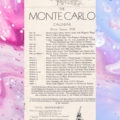 VINTAGE 1936 MONTE CARLO CALENDAR Winter Season 1936 The Sphere LONDON Ephemera
VINTAGE 1936 MONTE CARLO CALENDAR Winter Season 1936 The Sphere LONDON Ephemera
 2020 VE-DAY VICTORY ELIZABETH II GIBRALTAR ONE CROWN COLLECTABLE COIN
2020 VE-DAY VICTORY ELIZABETH II GIBRALTAR ONE CROWN COLLECTABLE COIN
 VINTAGE TSAR PETER THE GREAT 20k GOLD PLATED COLLECTABLE ENAMEL PIN BADGE
VINTAGE TSAR PETER THE GREAT 20k GOLD PLATED COLLECTABLE ENAMEL PIN BADGE
 VINTAGE MIKHAIL KUTUZOV 20k GOLD PLATED COLLECTABLE ENAMEL PIN BADGE
VINTAGE MIKHAIL KUTUZOV 20k GOLD PLATED COLLECTABLE ENAMEL PIN BADGE
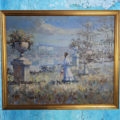 ANTIQUE French PIERRE DU BOIS Oil on Canvas IMPRESSIONIST Landscape PAINTING
ANTIQUE French PIERRE DU BOIS Oil on Canvas IMPRESSIONIST Landscape PAINTING
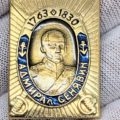 VINTAGE ADMIRAL DMITRY SENYAVIN 20k GOLD PLATED COLLECTABLE ENAMEL PIN BADGE
VINTAGE ADMIRAL DMITRY SENYAVIN 20k GOLD PLATED COLLECTABLE ENAMEL PIN BADGE
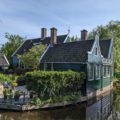 VISITING THE ICONIC WINDMILLS OF THE DUTCH COUNTRYSIDE AT ZAANSE SCHANS, THE NETHERLANDS
VISITING THE ICONIC WINDMILLS OF THE DUTCH COUNTRYSIDE AT ZAANSE SCHANS, THE NETHERLANDS
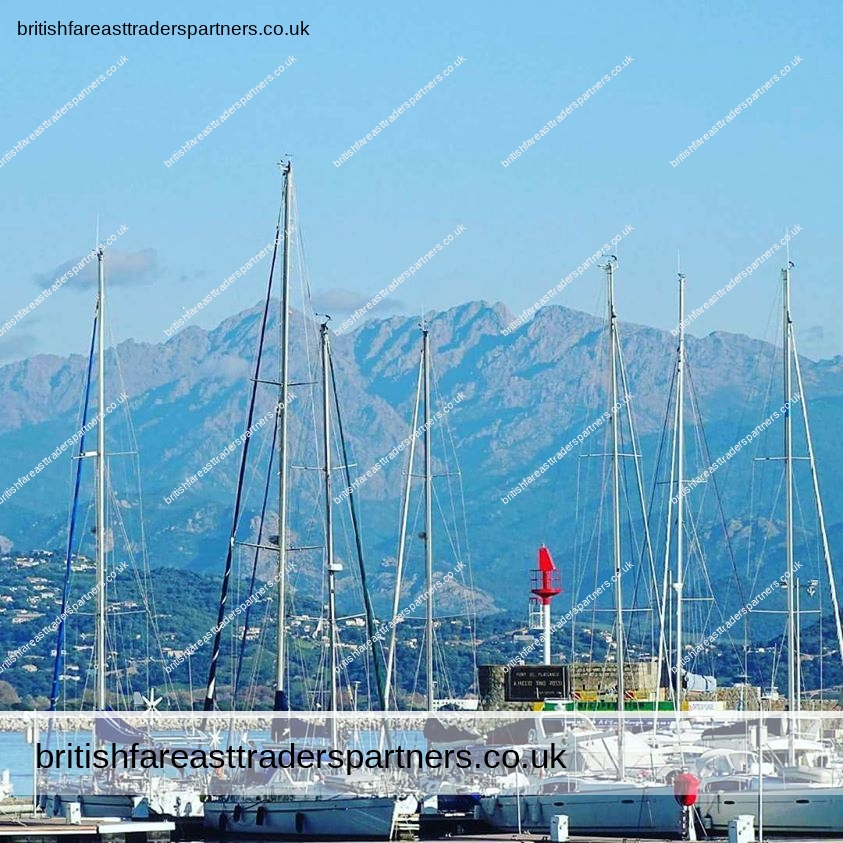 Discover Ajaccio, France: The Top Destinations to Explore on Your Mediterranean Cruise
Discover Ajaccio, France: The Top Destinations to Explore on Your Mediterranean Cruise
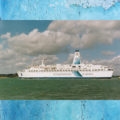 VINTAGE 1991 DANA ANGLIA SCANDINAVIAN SEAWAYS FERRY in HARWICH FUJICOLOR PHOTO
VINTAGE 1991 DANA ANGLIA SCANDINAVIAN SEAWAYS FERRY in HARWICH FUJICOLOR PHOTO
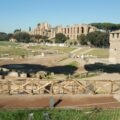 PLACES TO VISIT & EXPLORE FOR HISTORY & CULTURE: A DAY UNDER THE WINTER SUN IN THE ETERNAL CITY OF ROME, ITALY TOURS & TRAVELS | HERITAGE | HISTORY | CULTURE
PLACES TO VISIT & EXPLORE FOR HISTORY & CULTURE: A DAY UNDER THE WINTER SUN IN THE ETERNAL CITY OF ROME, ITALY TOURS & TRAVELS | HERITAGE | HISTORY | CULTURE
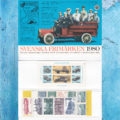 VINTAGE 1980 SVENSKA FRIMARKEN 1980 / SWEDISH STAMPS 1980 COLLECTABLE BOOKLET
VINTAGE 1980 SVENSKA FRIMARKEN 1980 / SWEDISH STAMPS 1980 COLLECTABLE BOOKLET
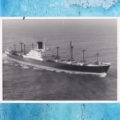 VINTAGE FLINTSHIRE GENERAL CARGO SHIP by VAN DER GIESSEN (NETHERLANDS) PHOTO
VINTAGE FLINTSHIRE GENERAL CARGO SHIP by VAN DER GIESSEN (NETHERLANDS) PHOTO
 VINTAGE May 1959 3 Fashionable WHITE Gentlemen in Ngutu, SOUTH AFRICA Print PHOTO
VINTAGE May 1959 3 Fashionable WHITE Gentlemen in Ngutu, SOUTH AFRICA Print PHOTO
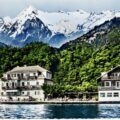 VINTAGE Summer 1962 Hotel-Cafe Seestrand, Thumersbach-Zell am See AUSTRIA POSTCARD
VINTAGE Summer 1962 Hotel-Cafe Seestrand, Thumersbach-Zell am See AUSTRIA POSTCARD
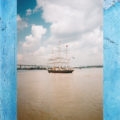 VINTAGE STAD AMSTERDAM NETHERLANDS PASSENGER SHIP TALL SHIP FUJICOLOR PHOTO
VINTAGE STAD AMSTERDAM NETHERLANDS PASSENGER SHIP TALL SHIP FUJICOLOR PHOTO
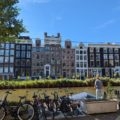 “Discover the Quaint Charm and Bohemian Lifestyle of Amsterdam’s Jordaan District”
“Discover the Quaint Charm and Bohemian Lifestyle of Amsterdam’s Jordaan District”
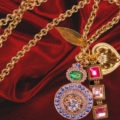 VINTAGE Handmade “ENCHANTED MEDITERRANEAN SUMMERS” CHARMED Pendant Necklace
VINTAGE Handmade “ENCHANTED MEDITERRANEAN SUMMERS” CHARMED Pendant Necklace

